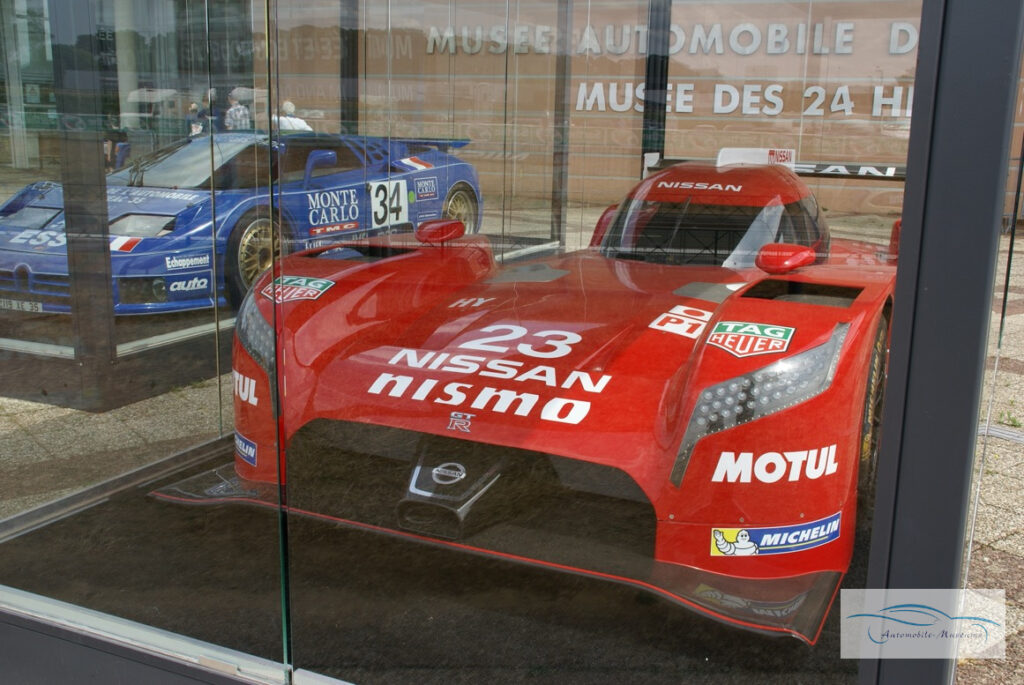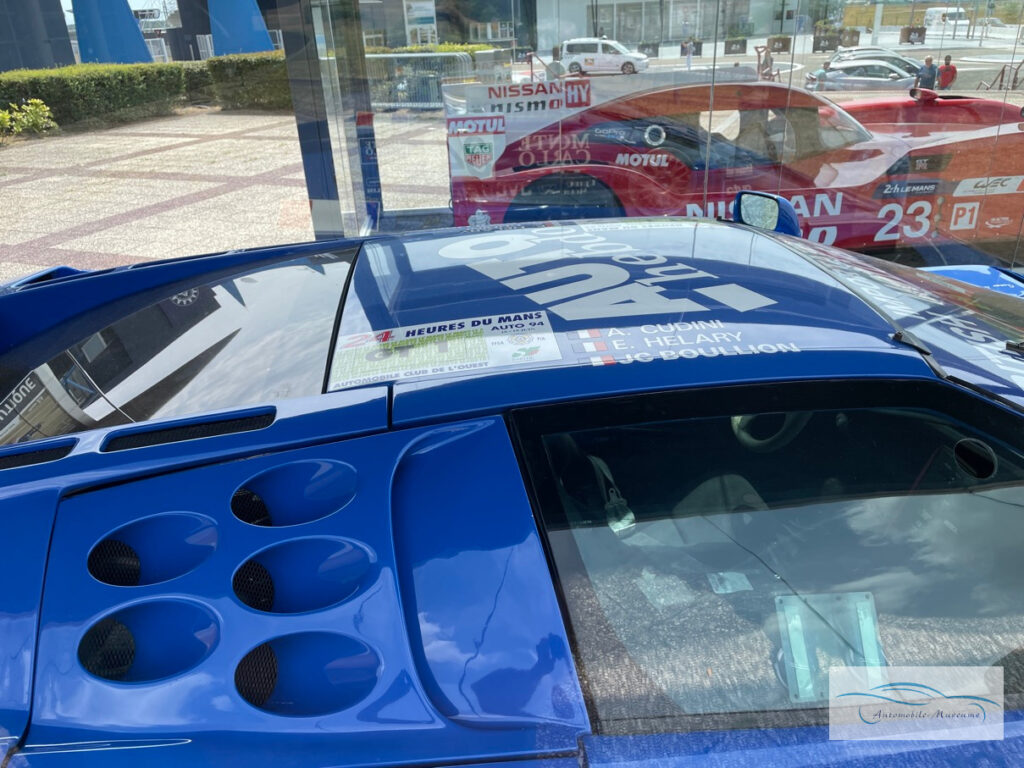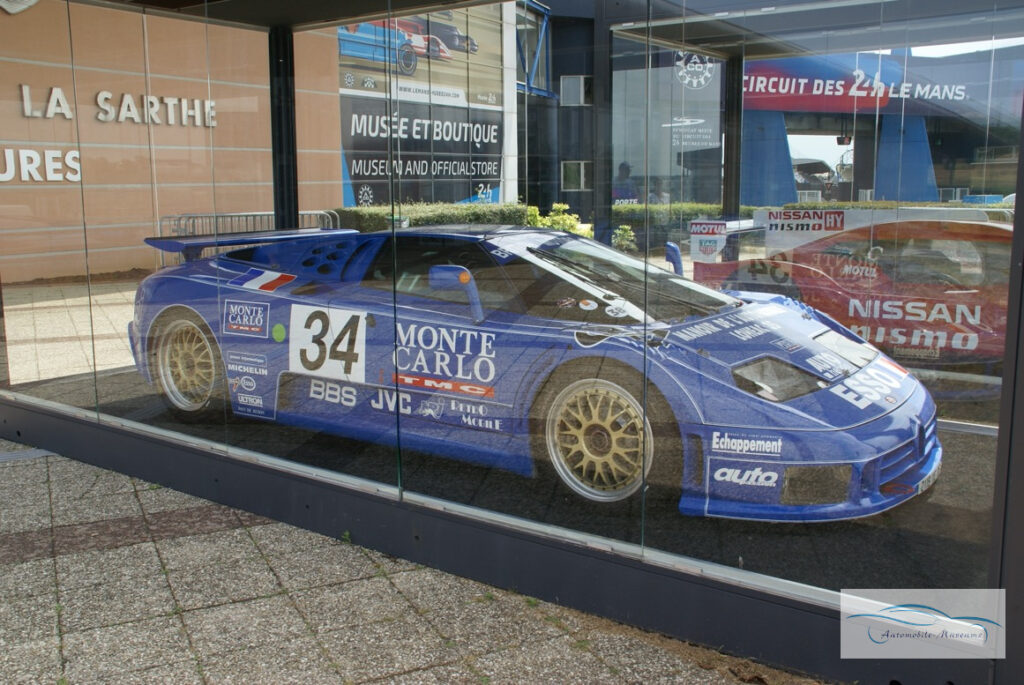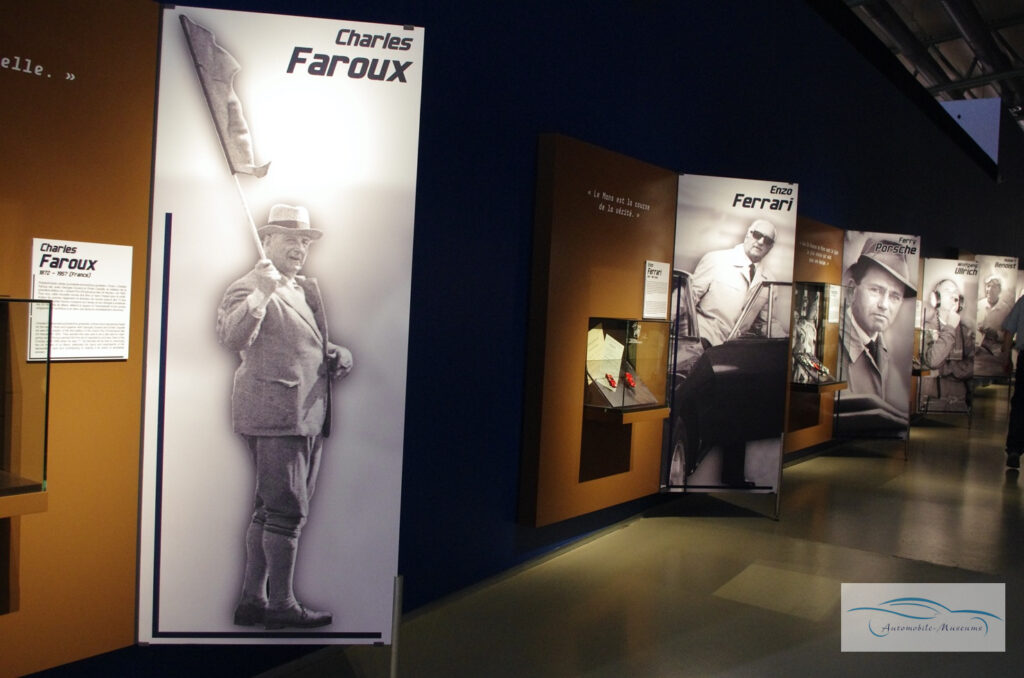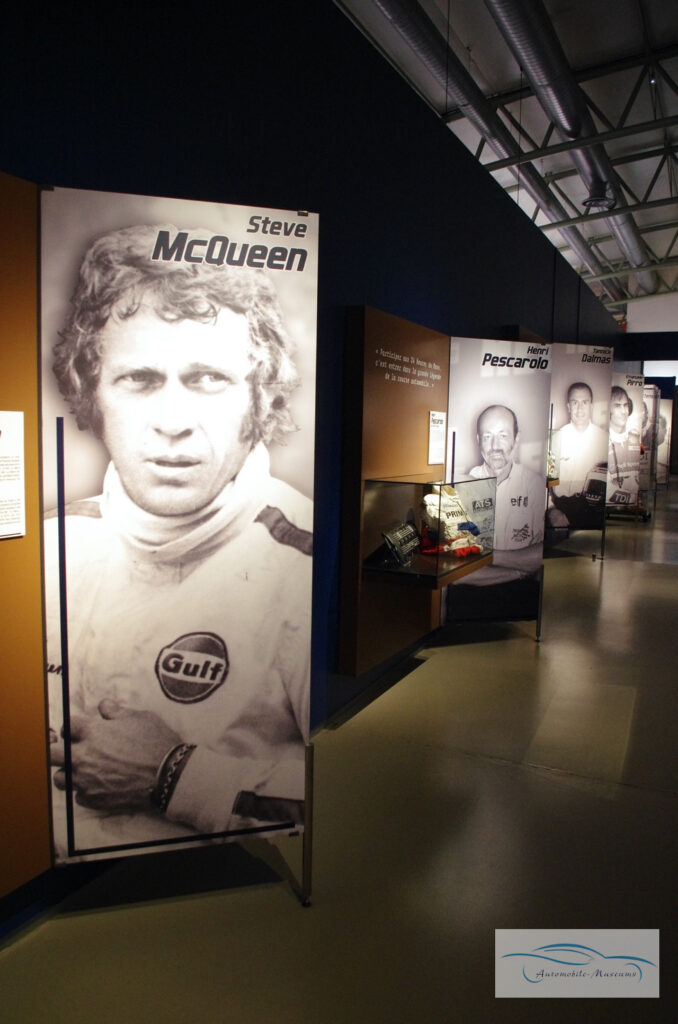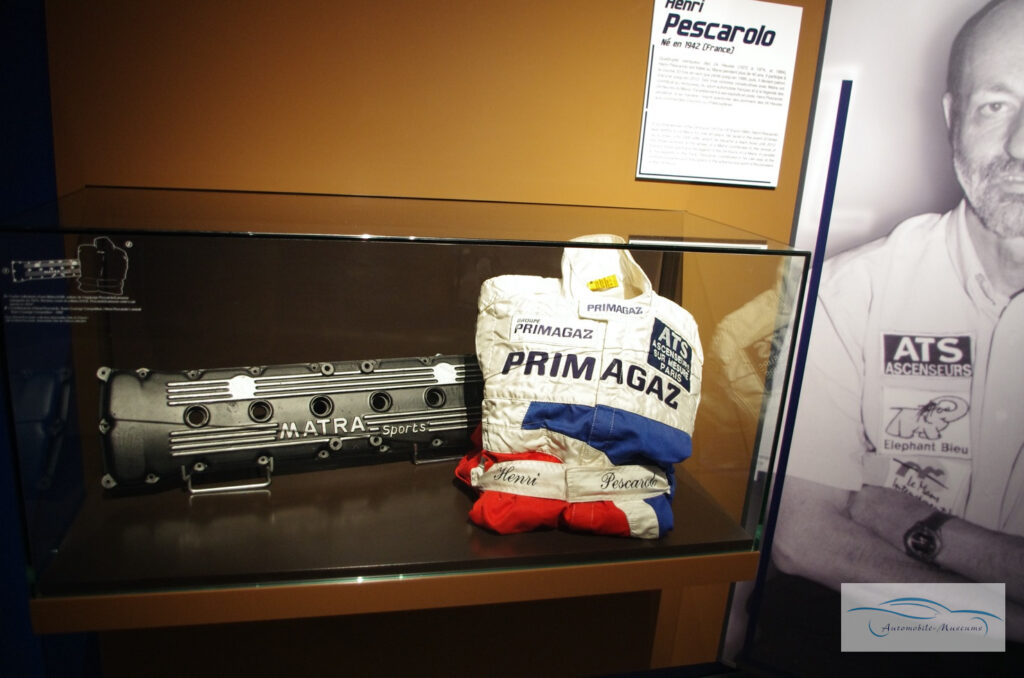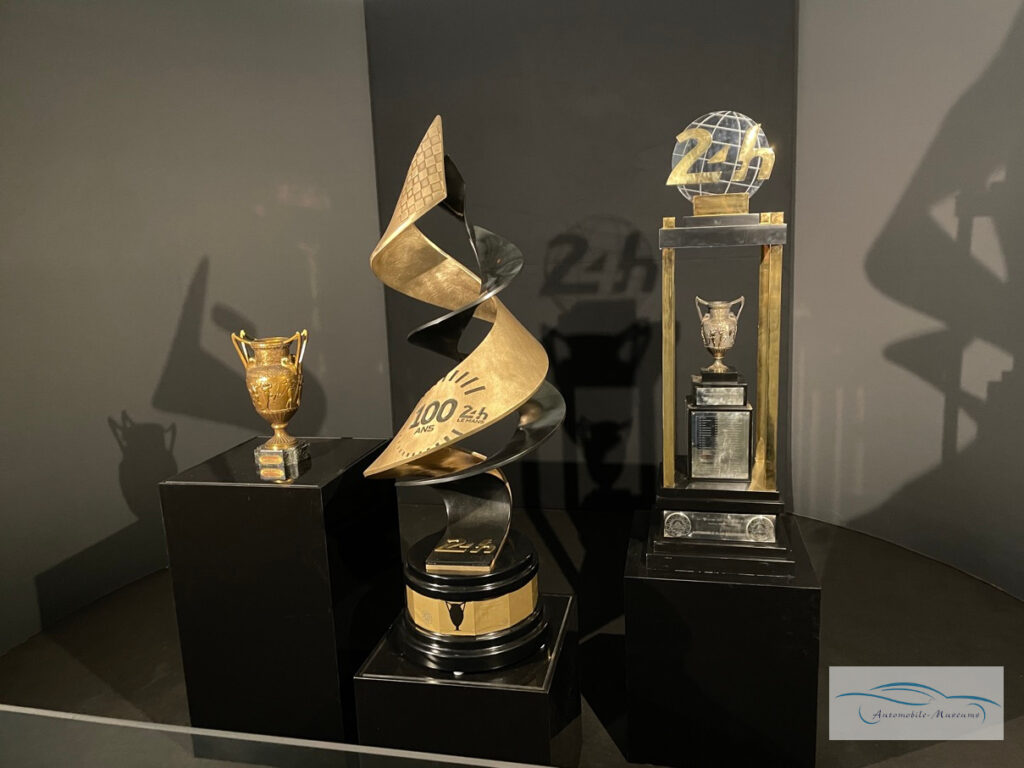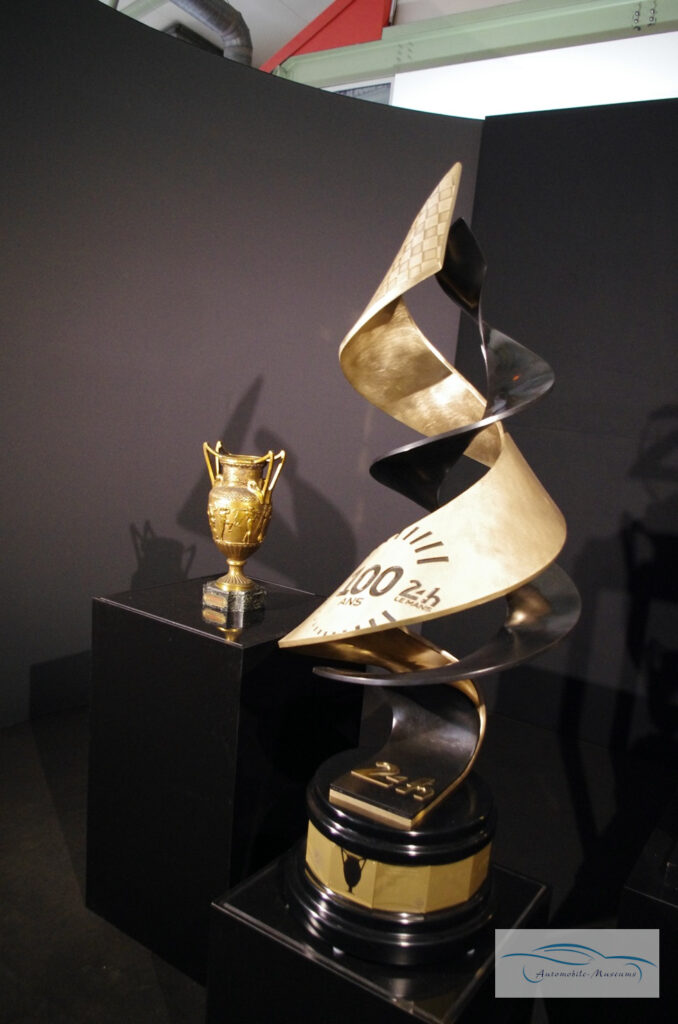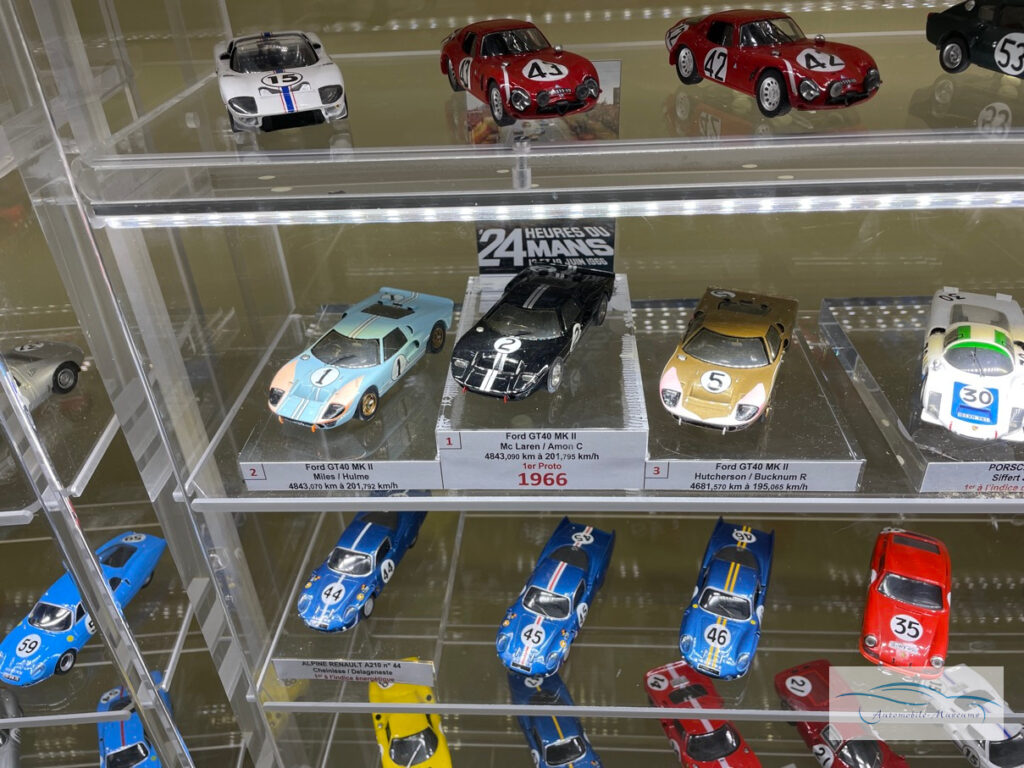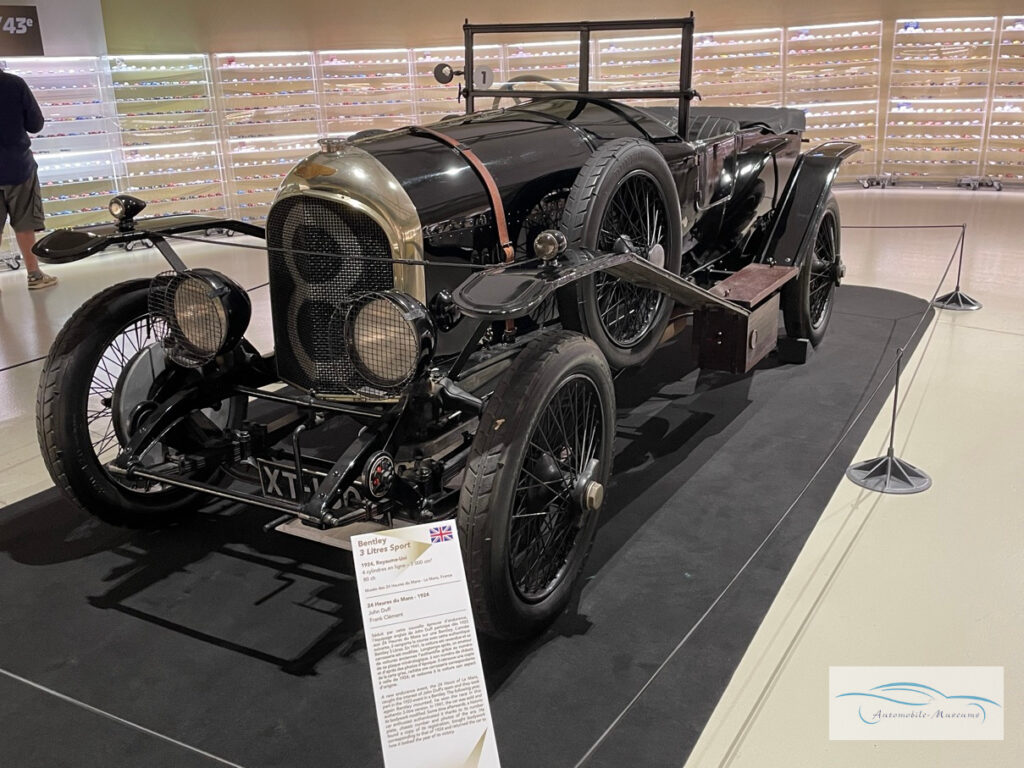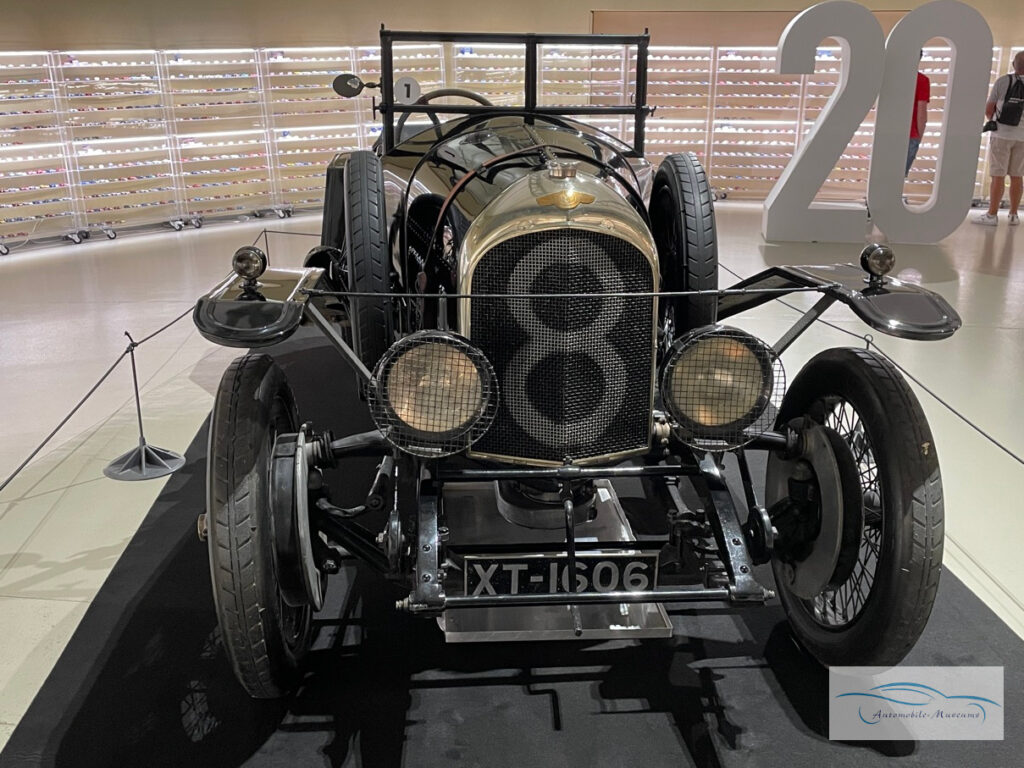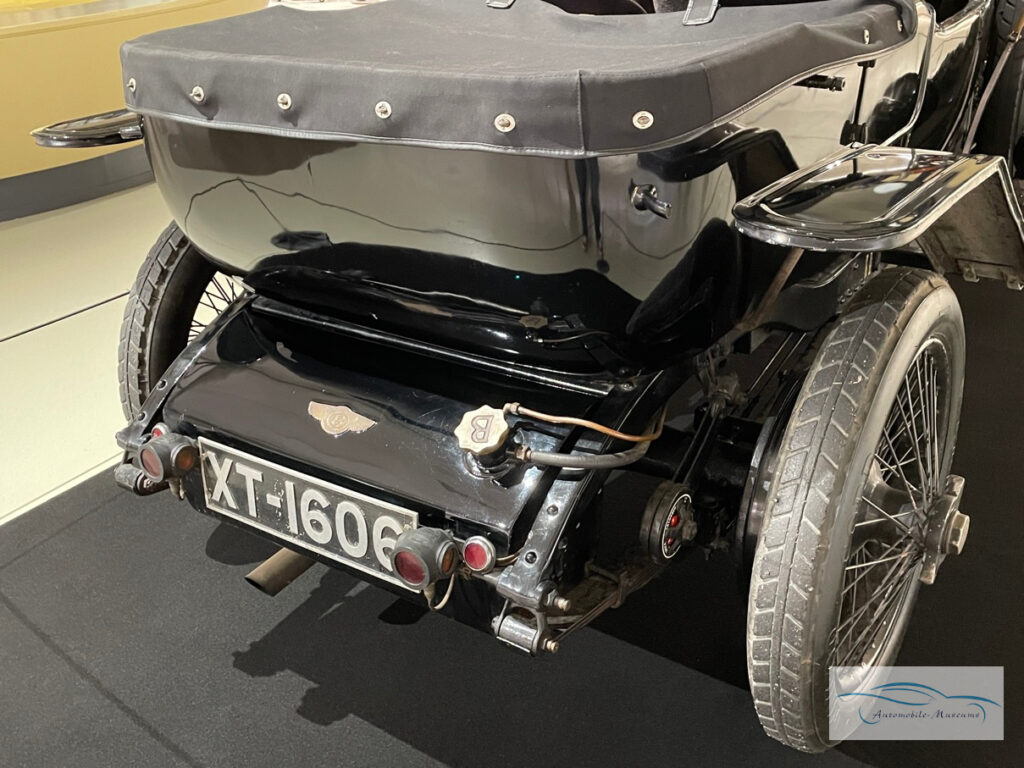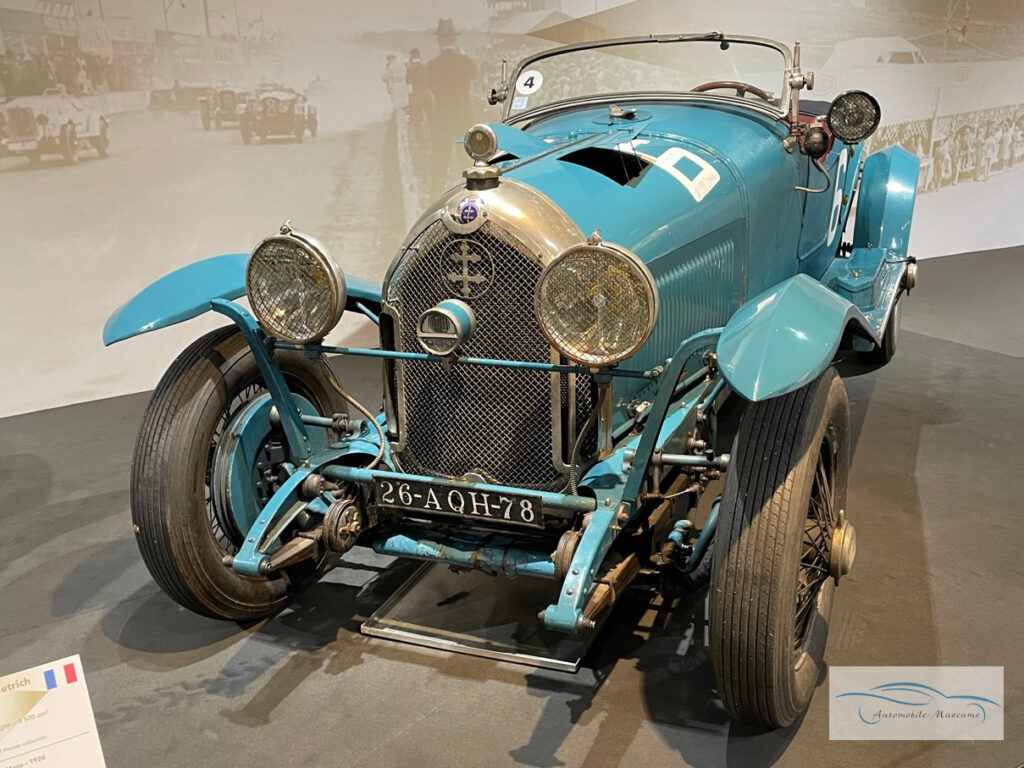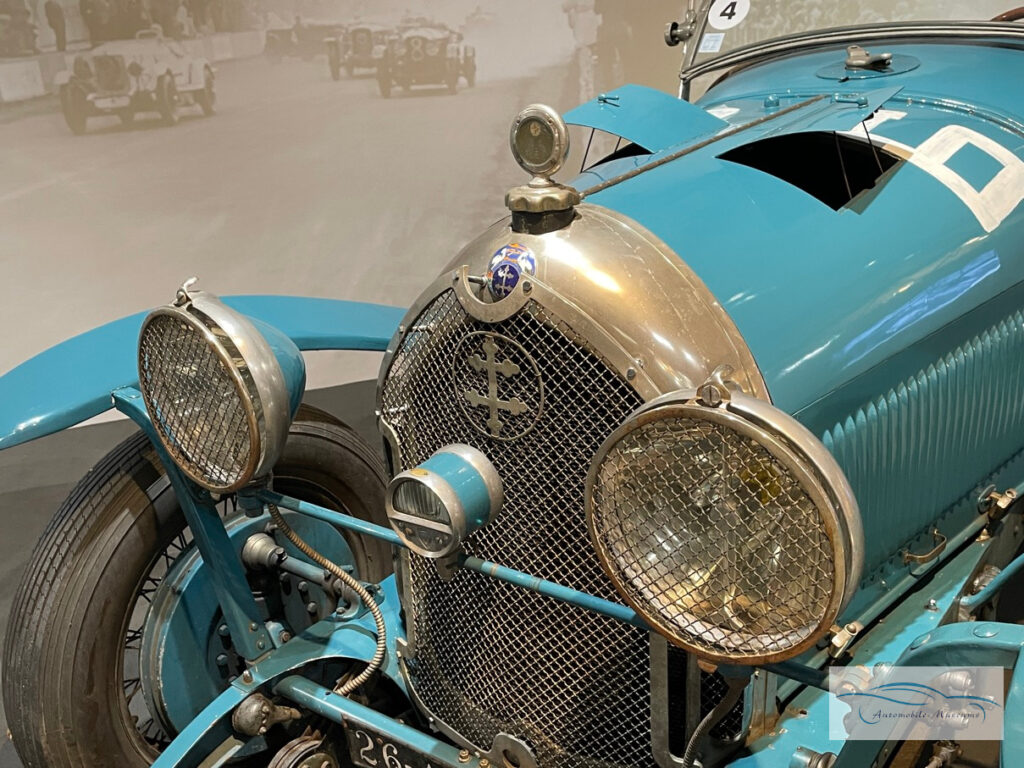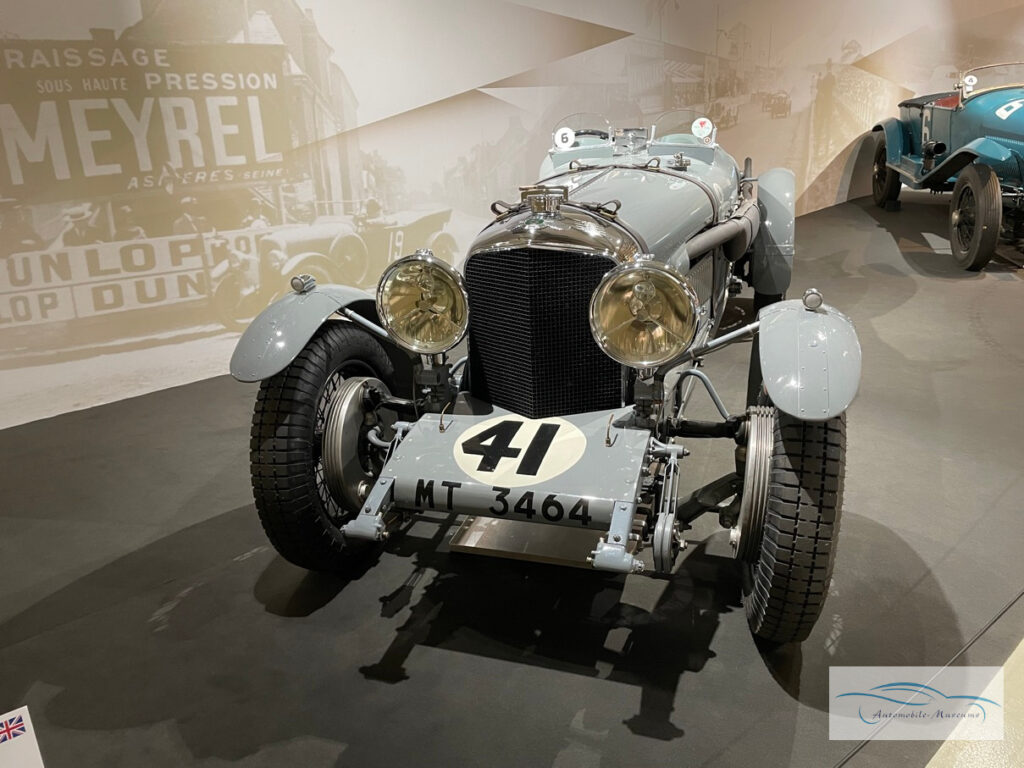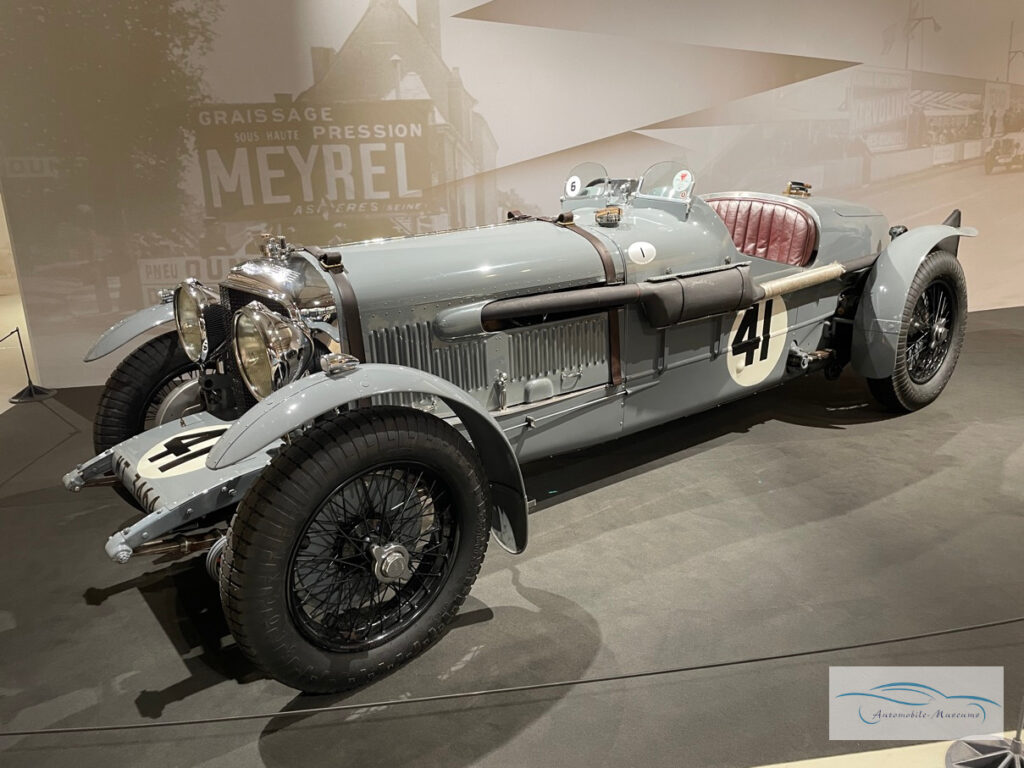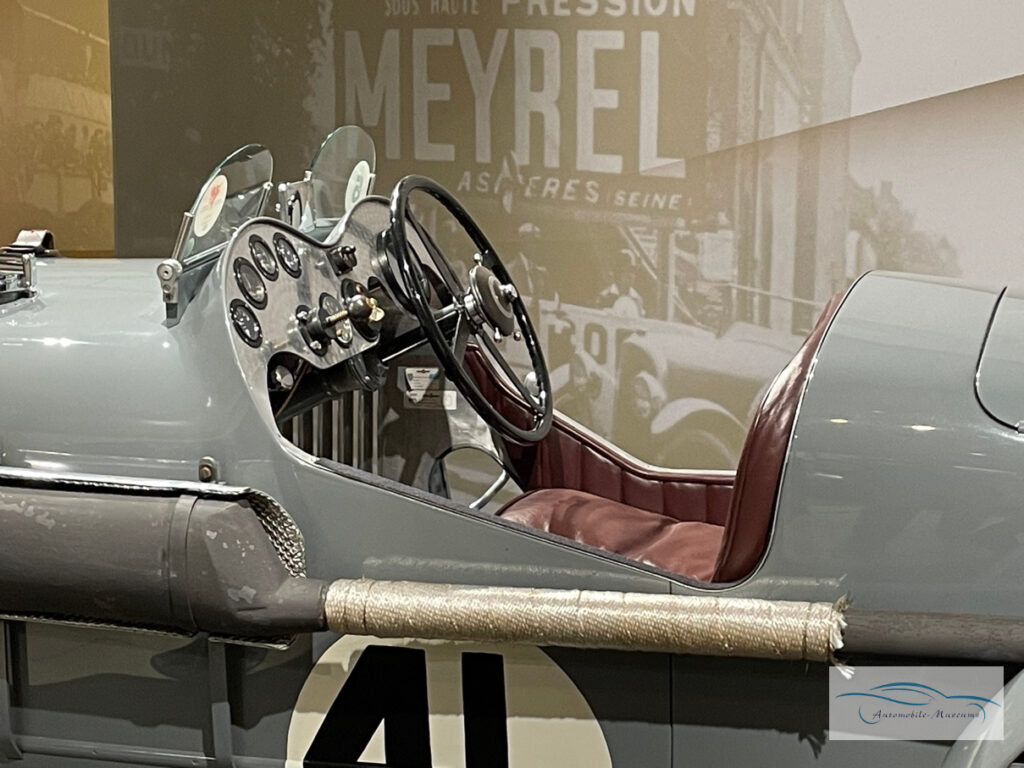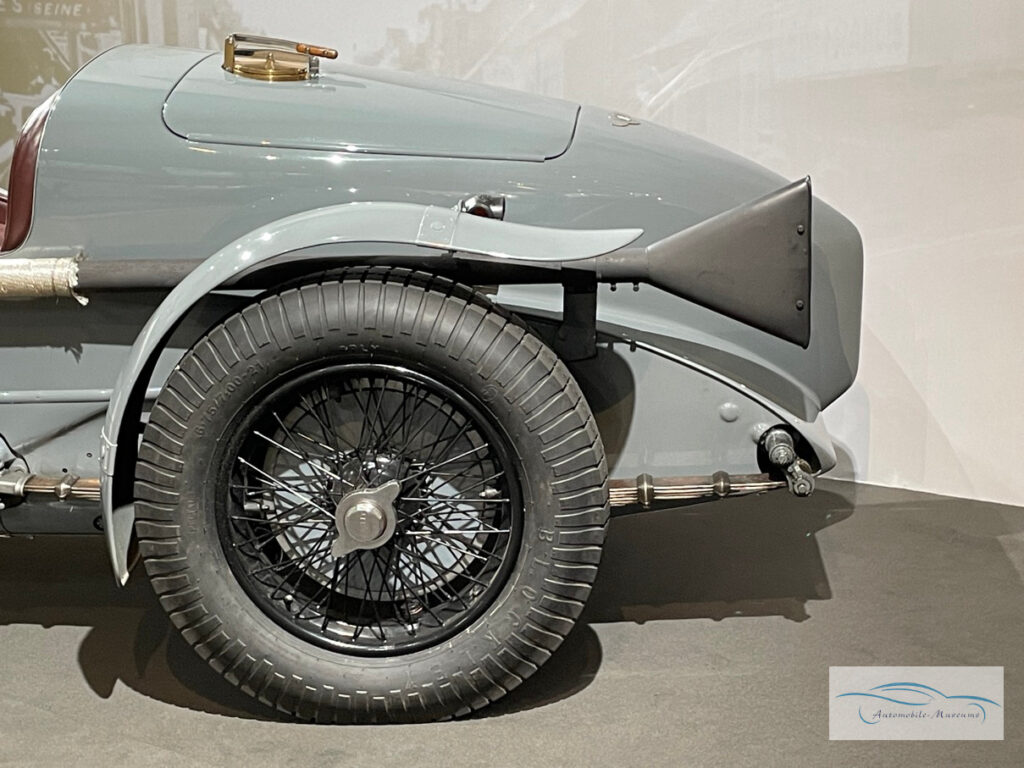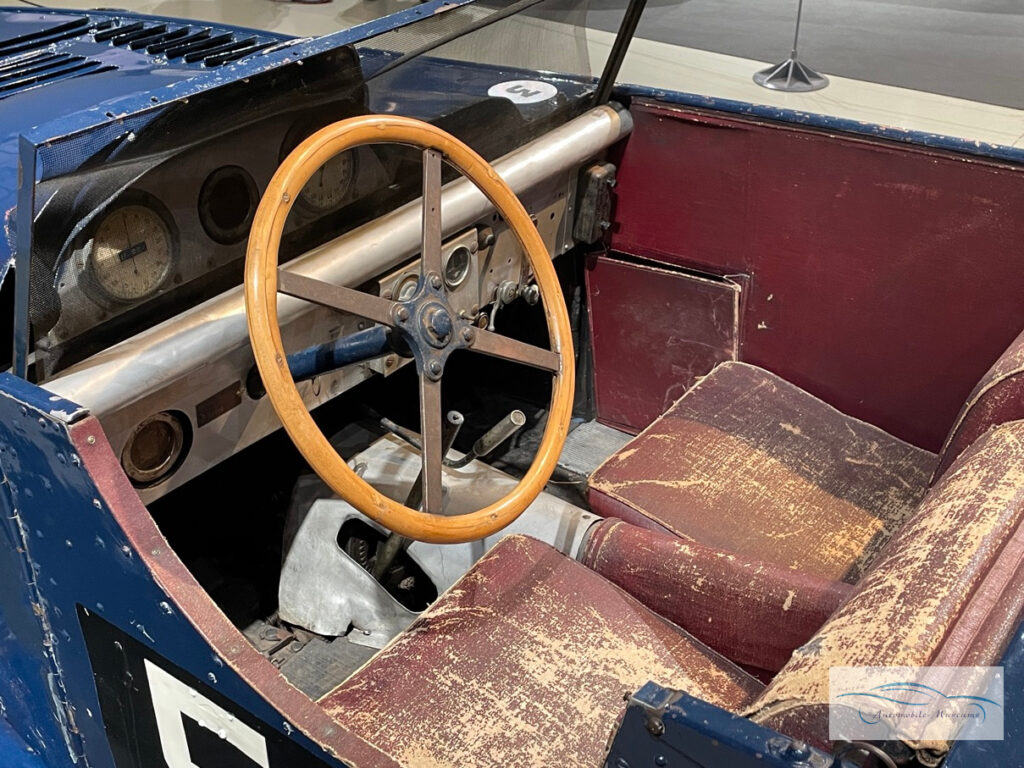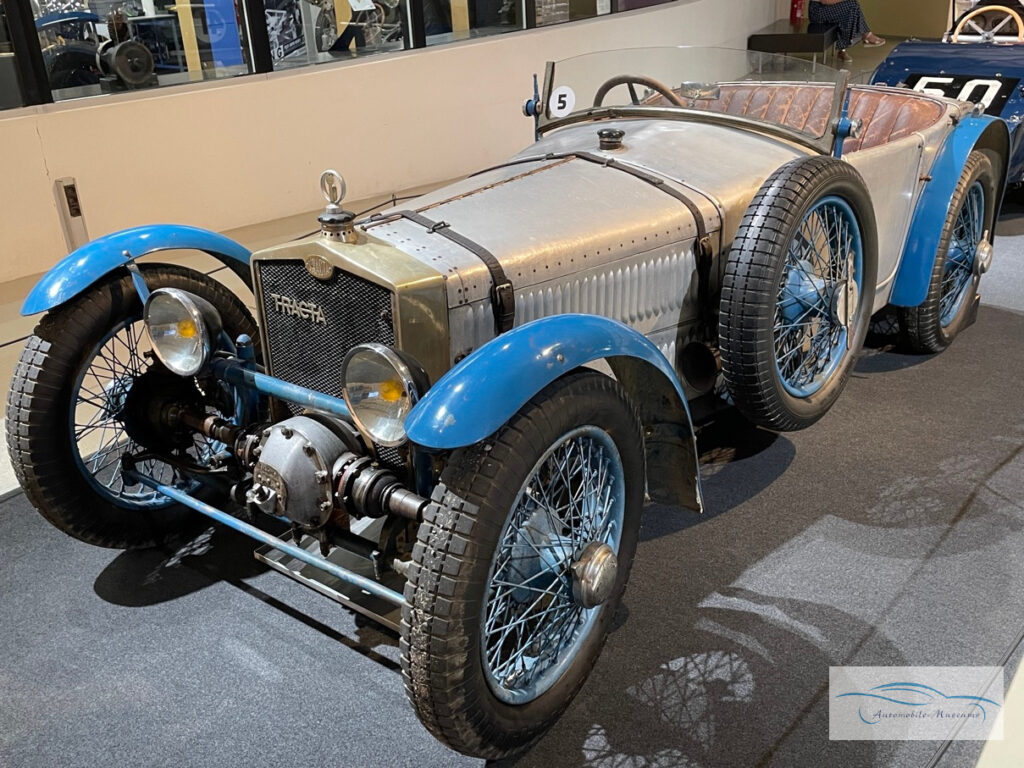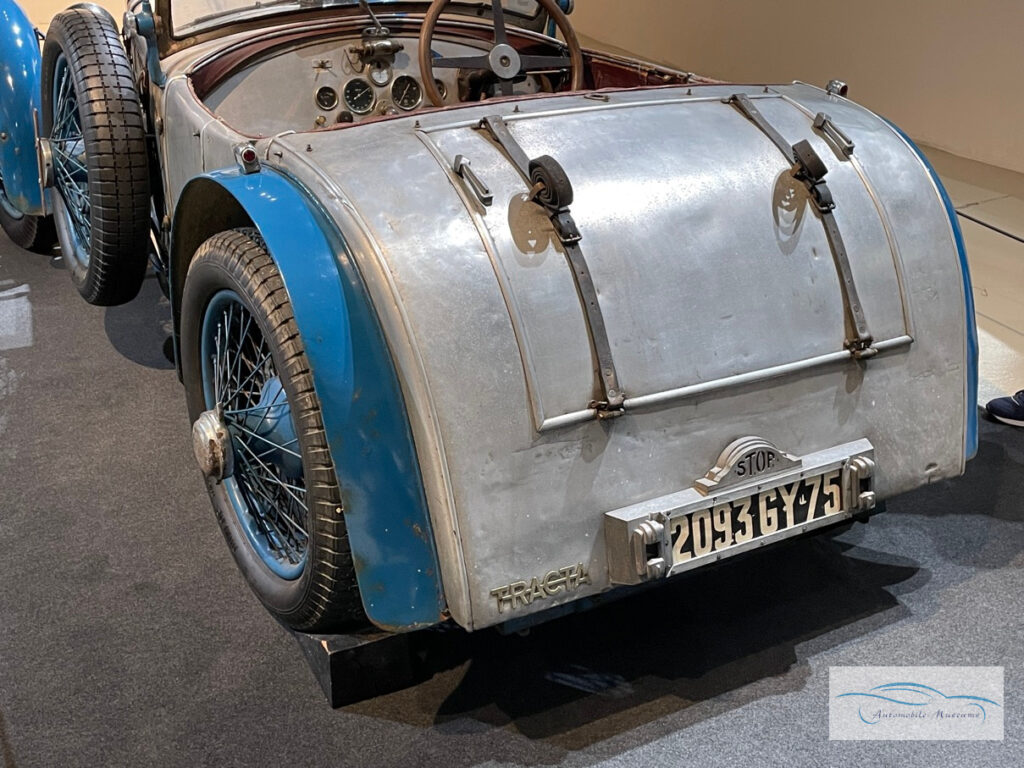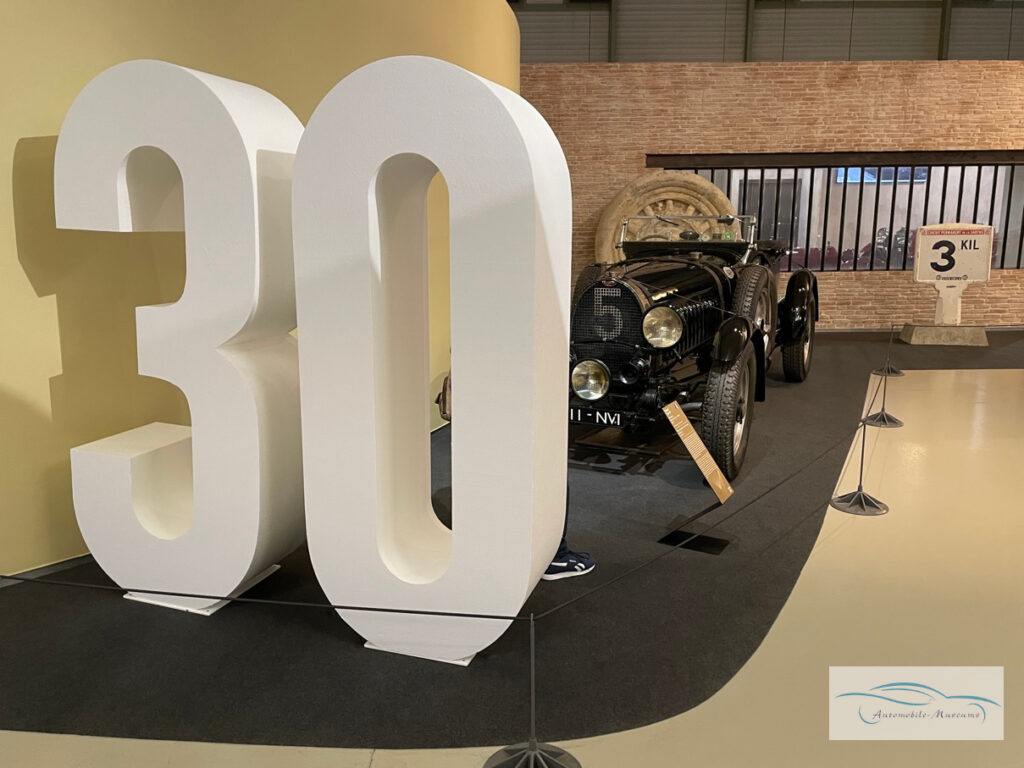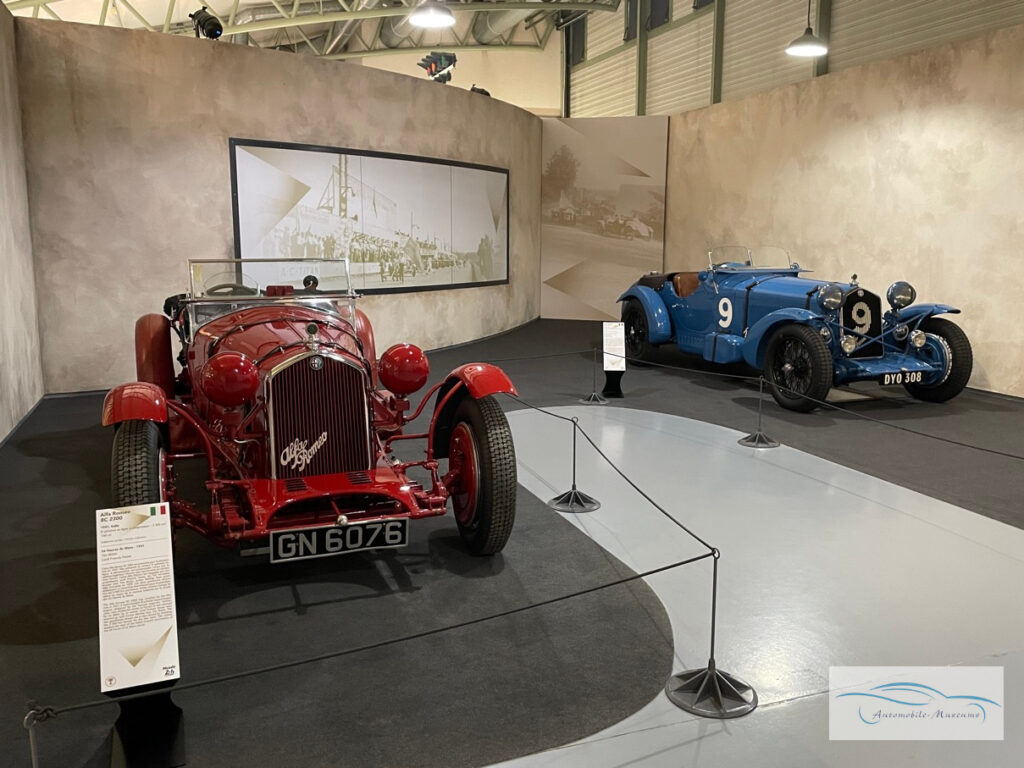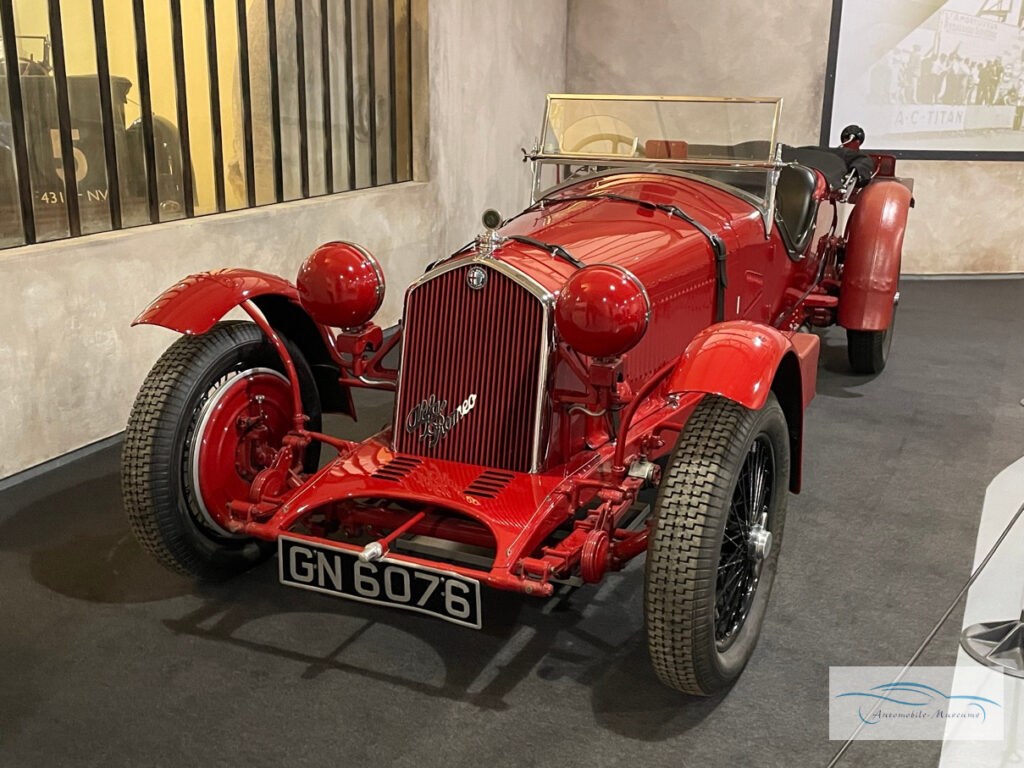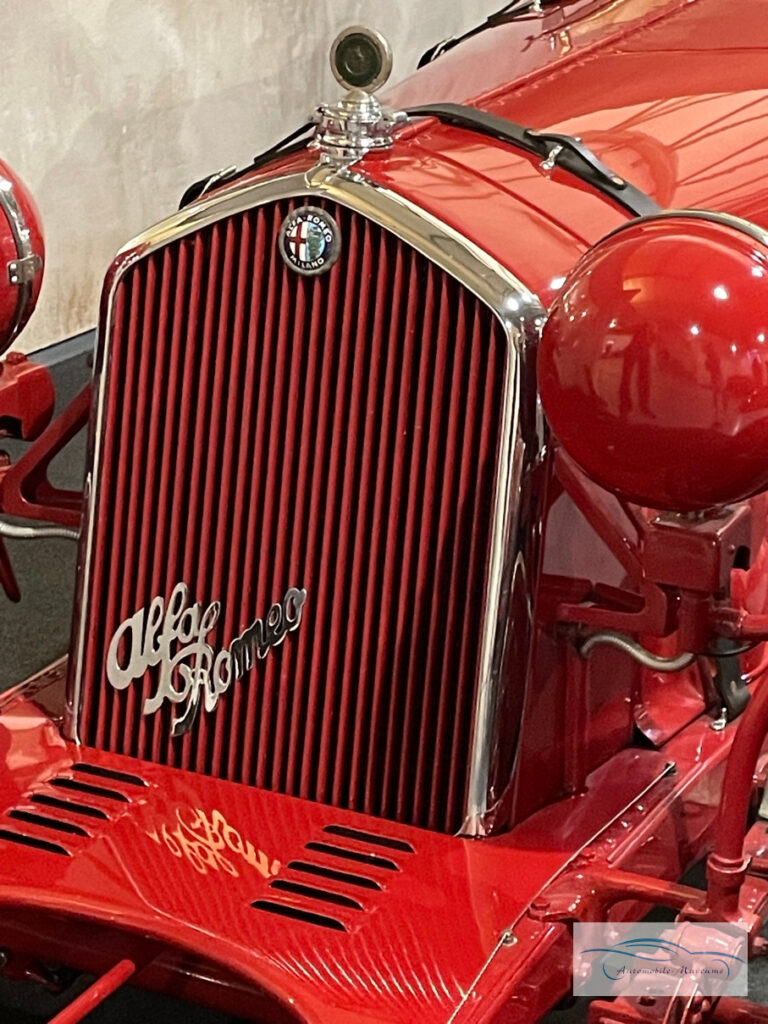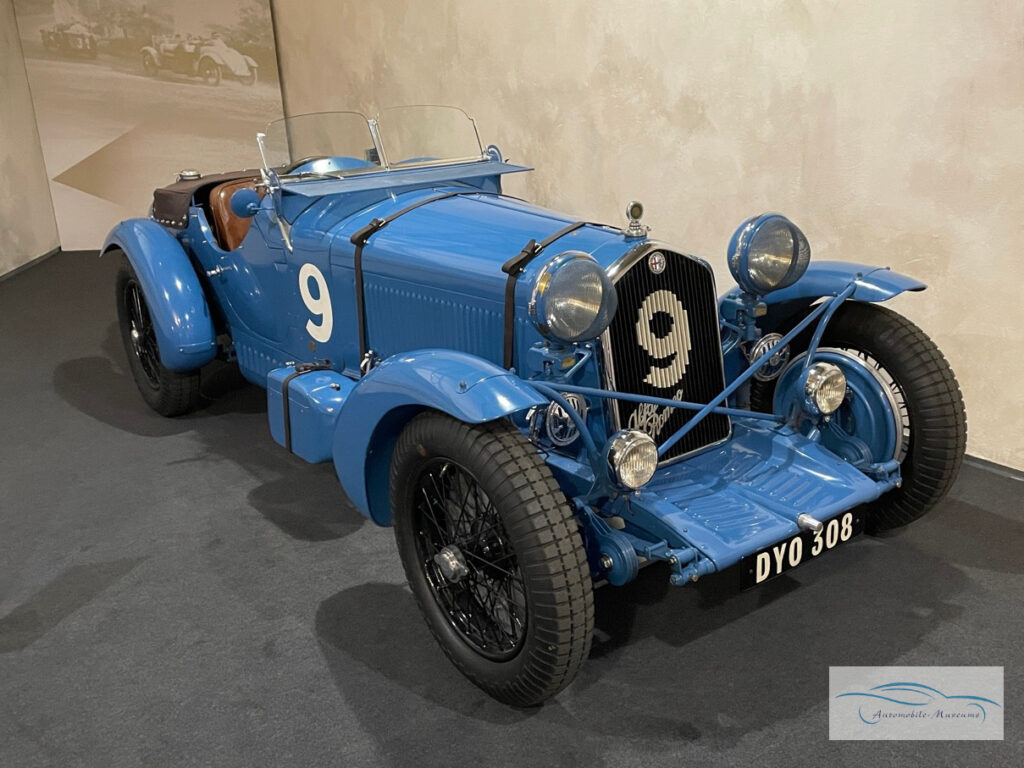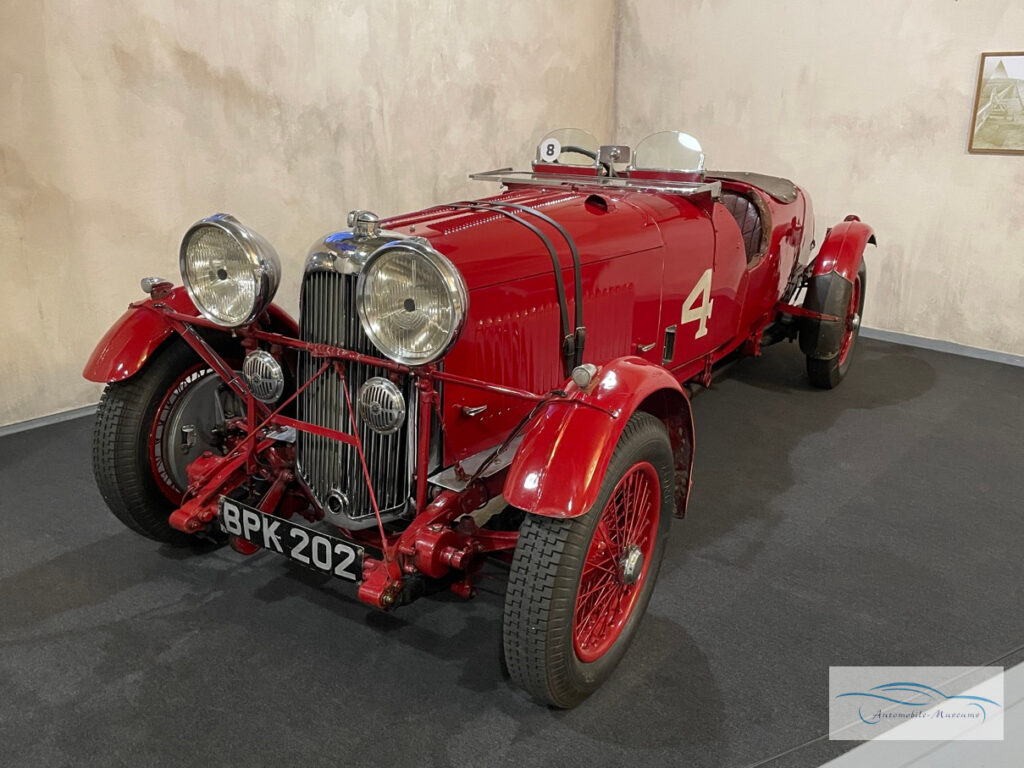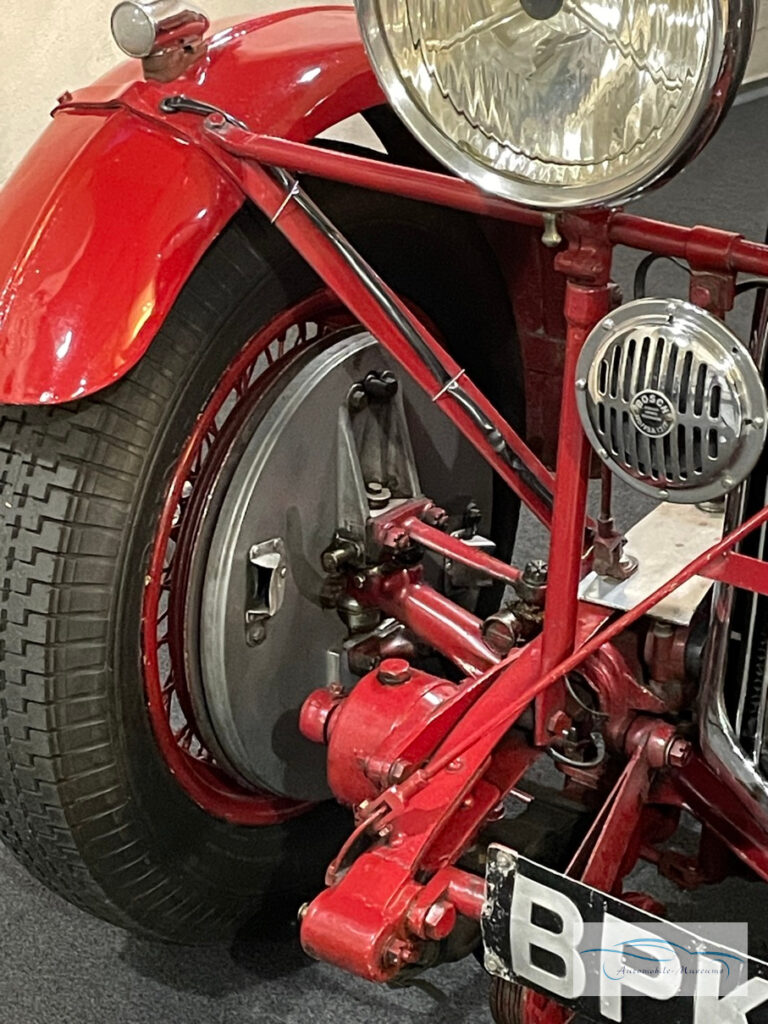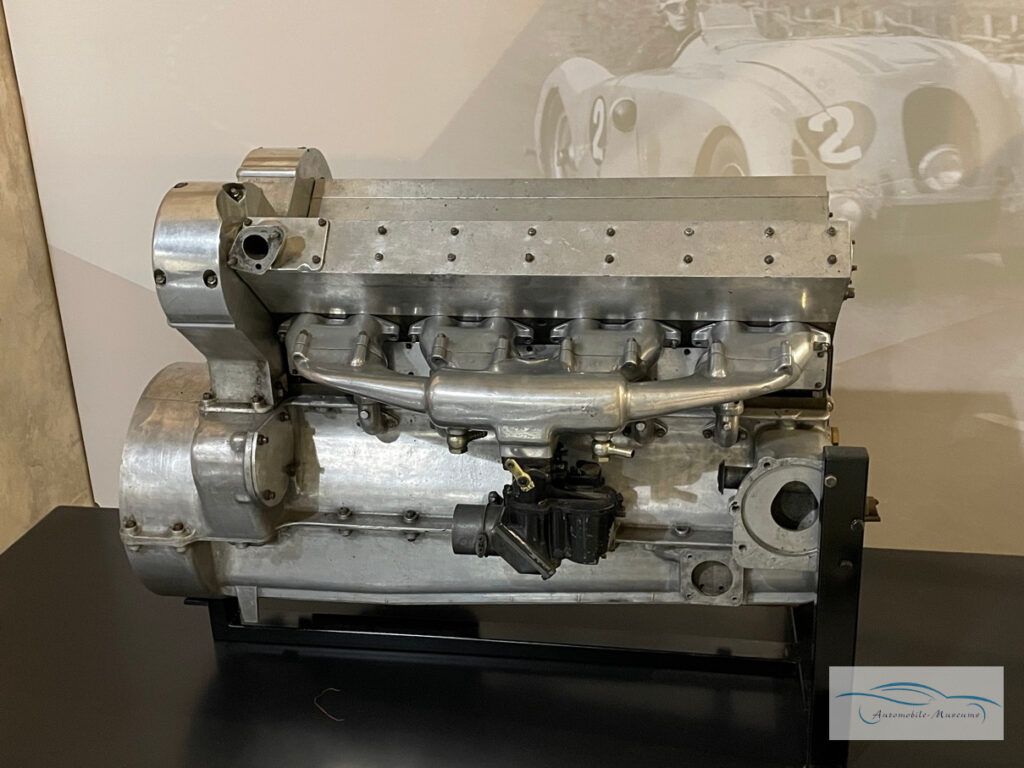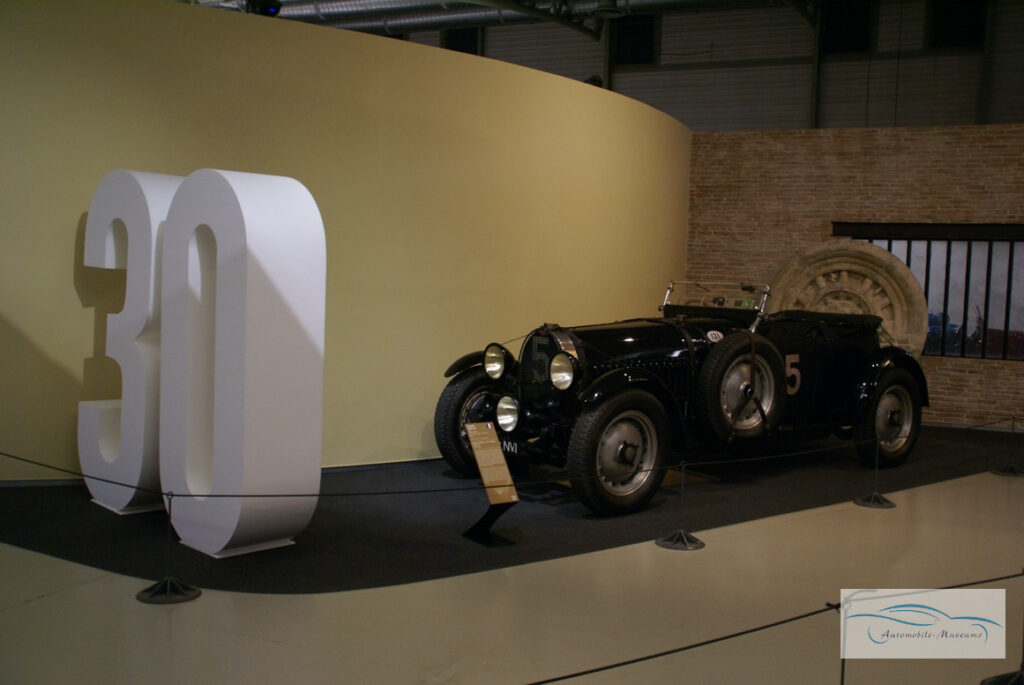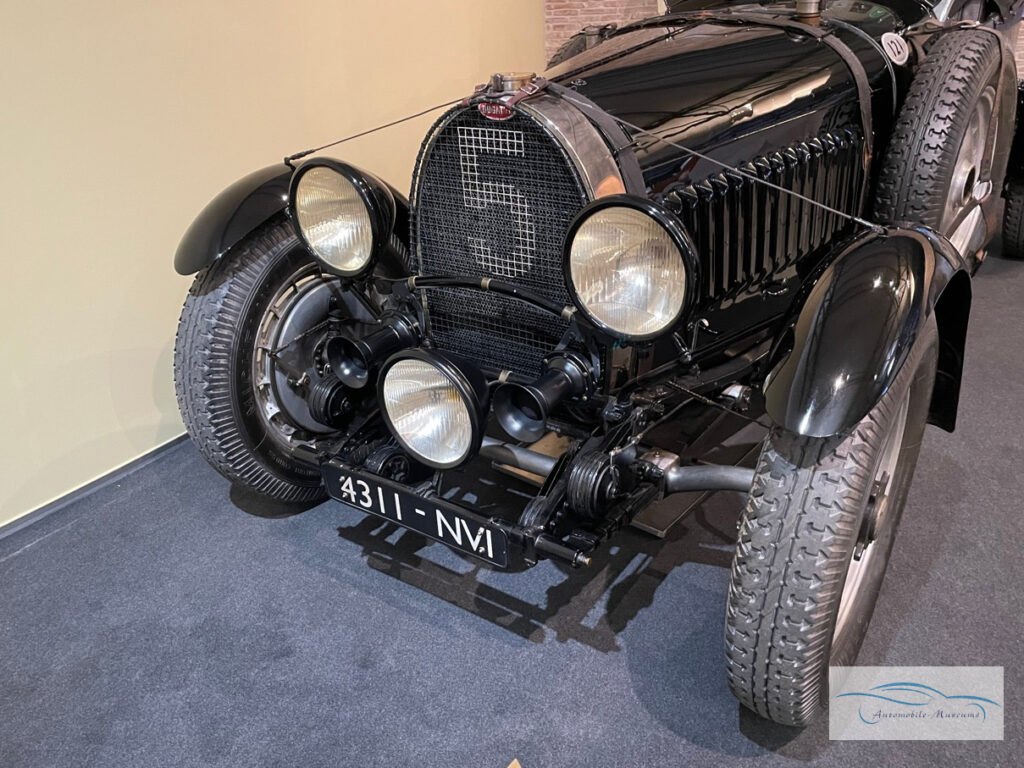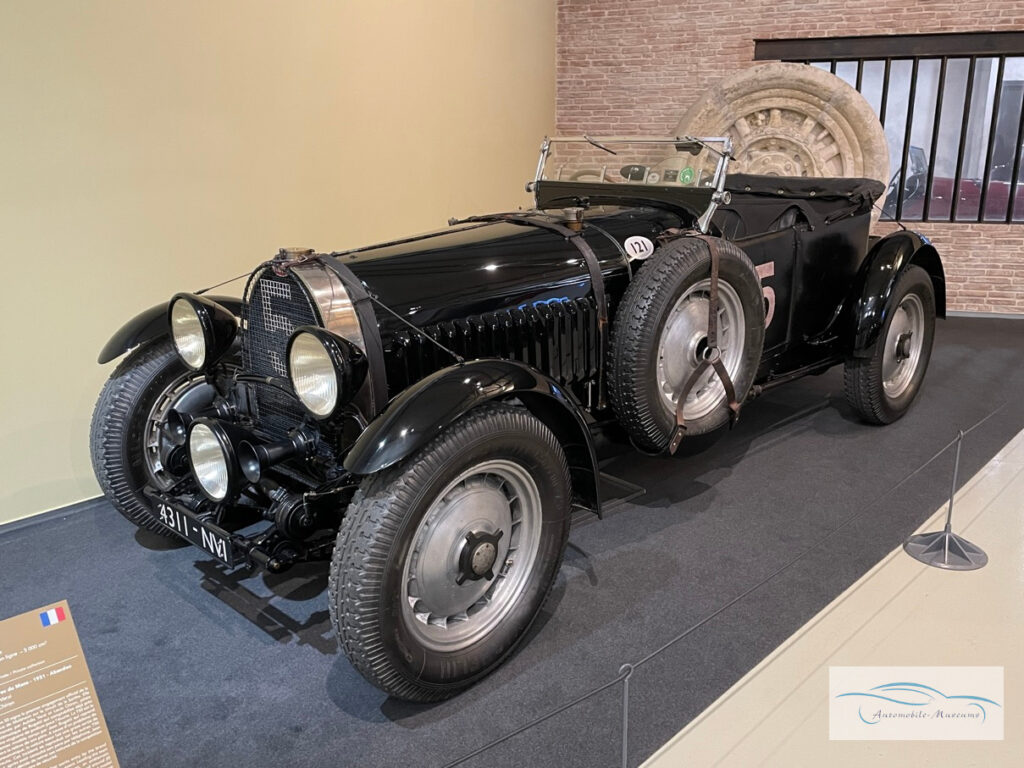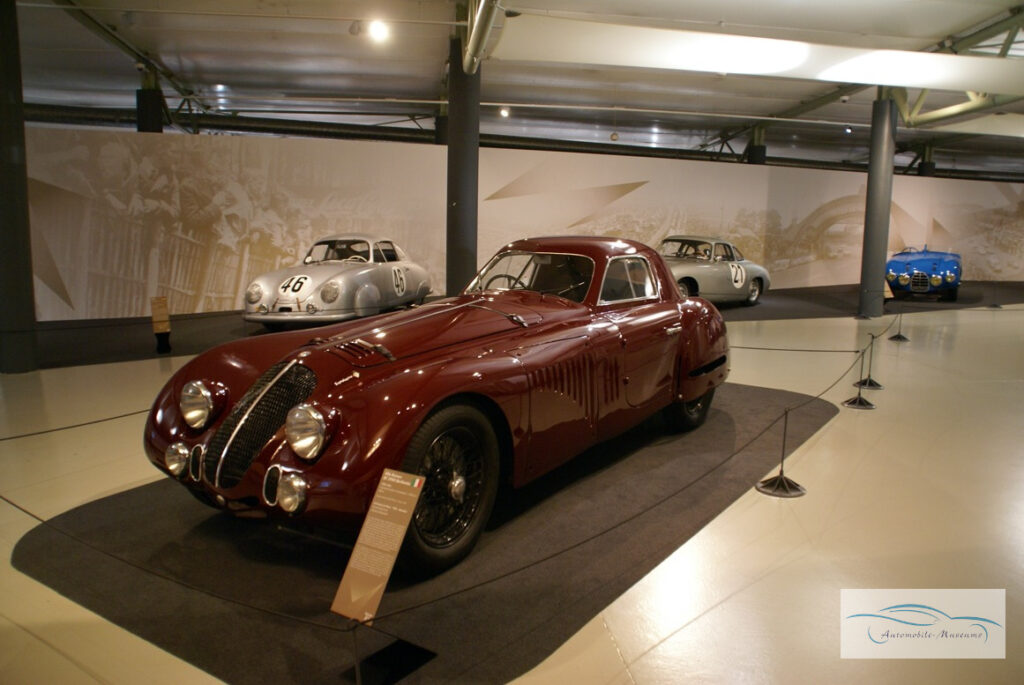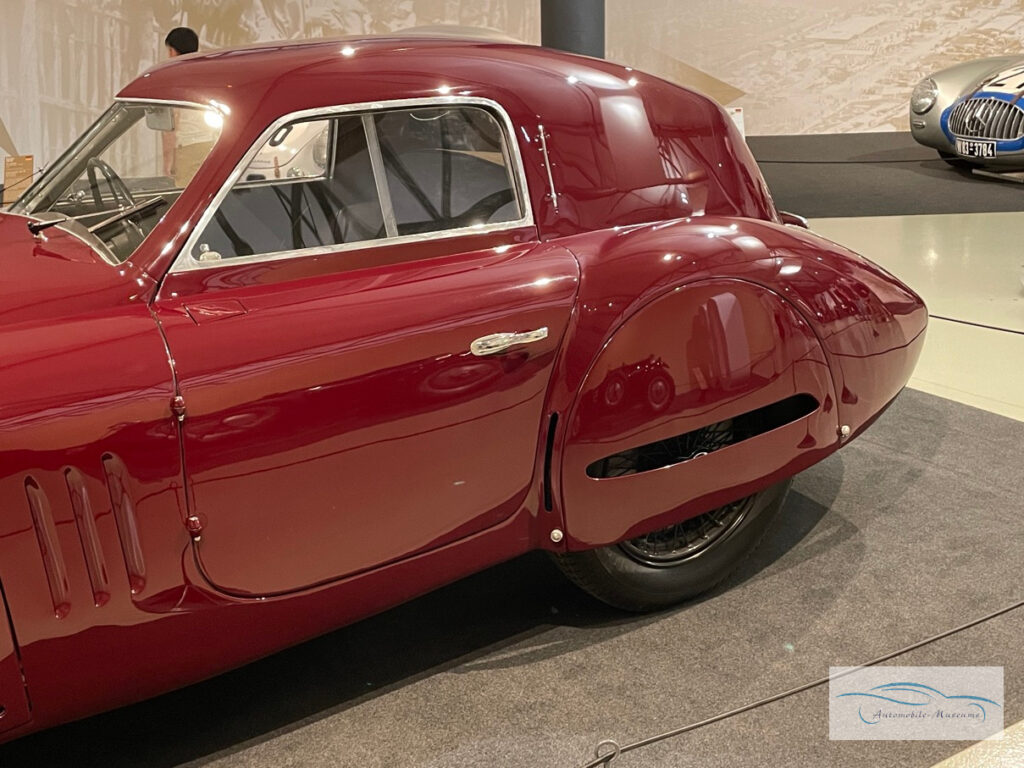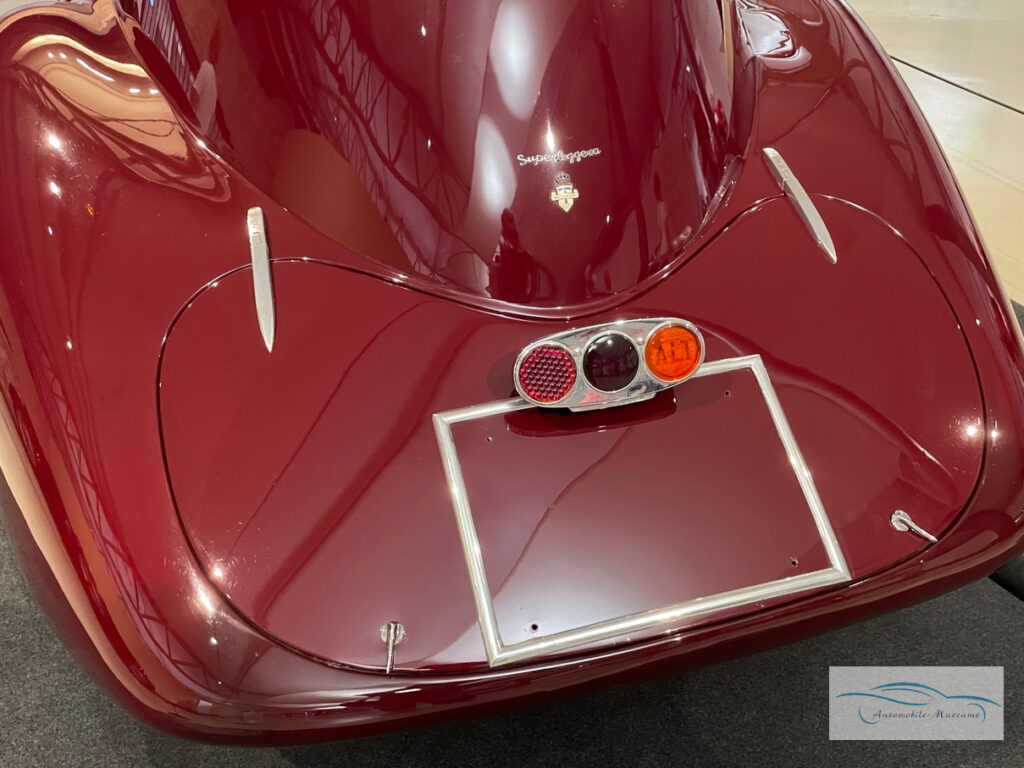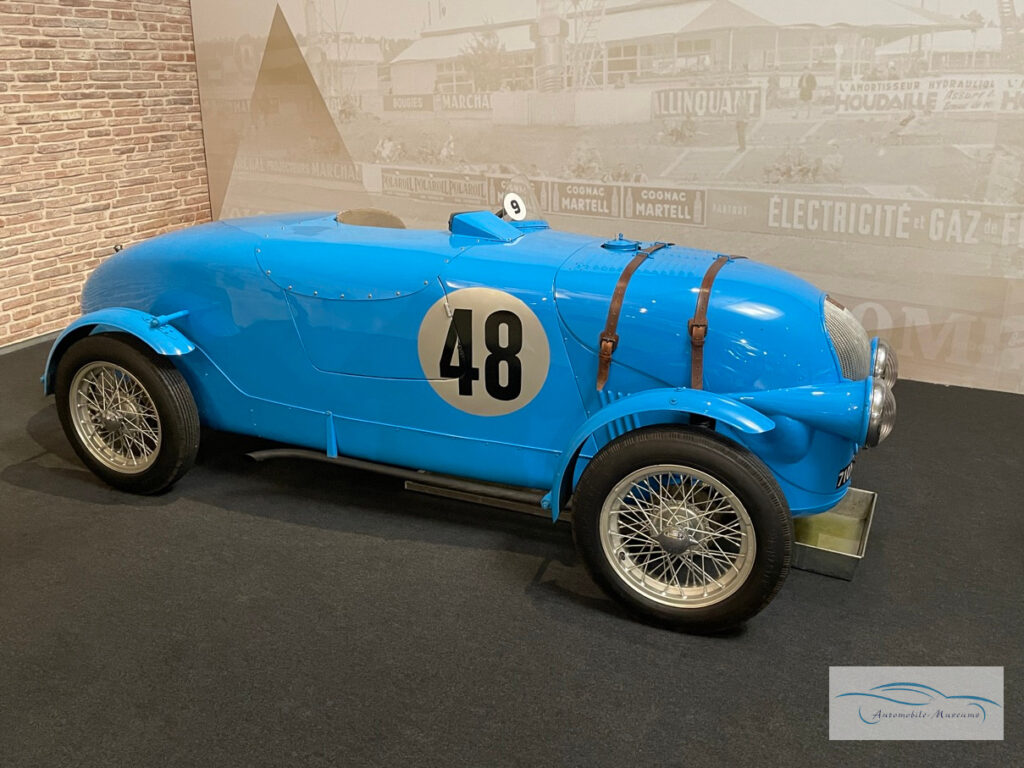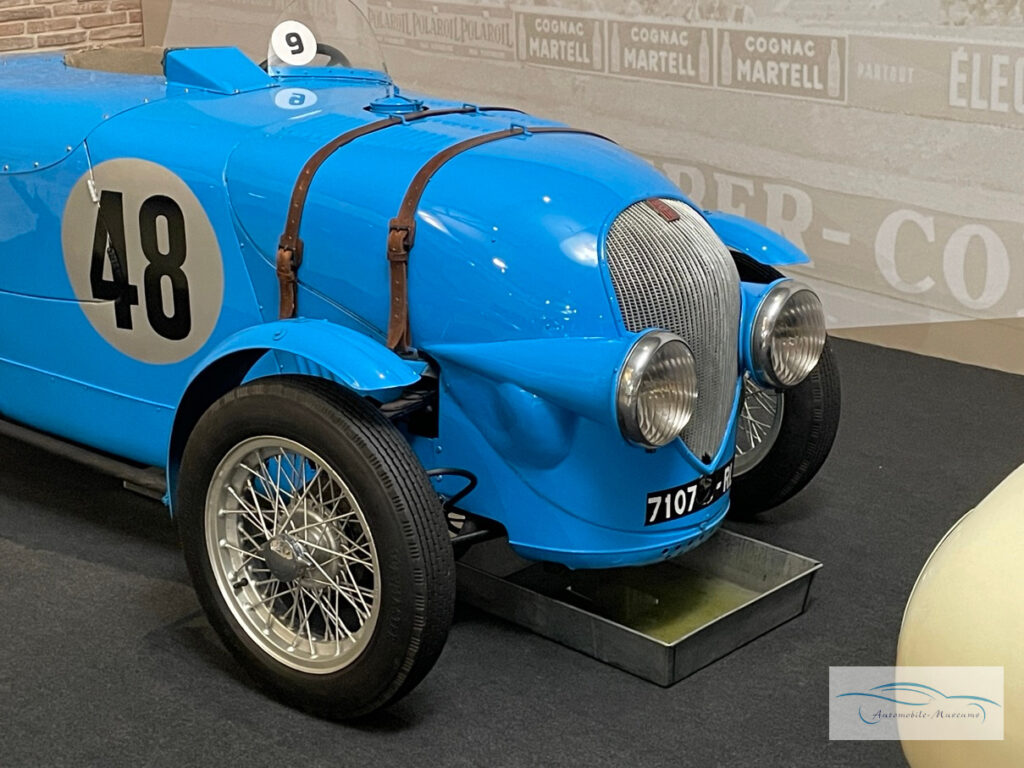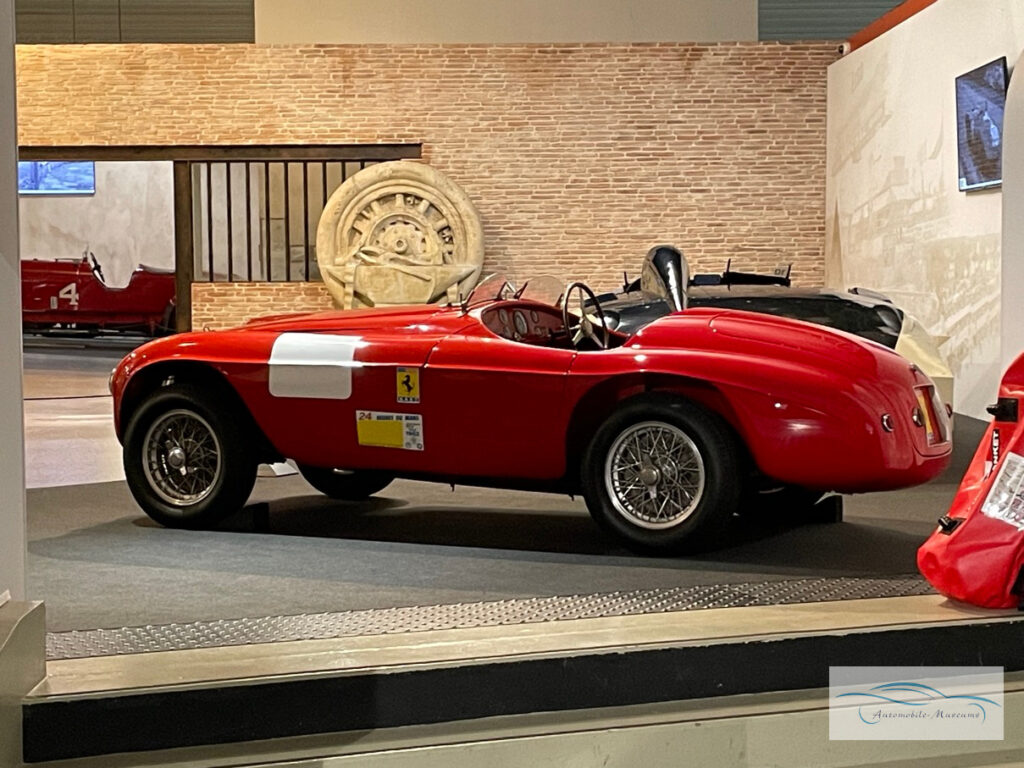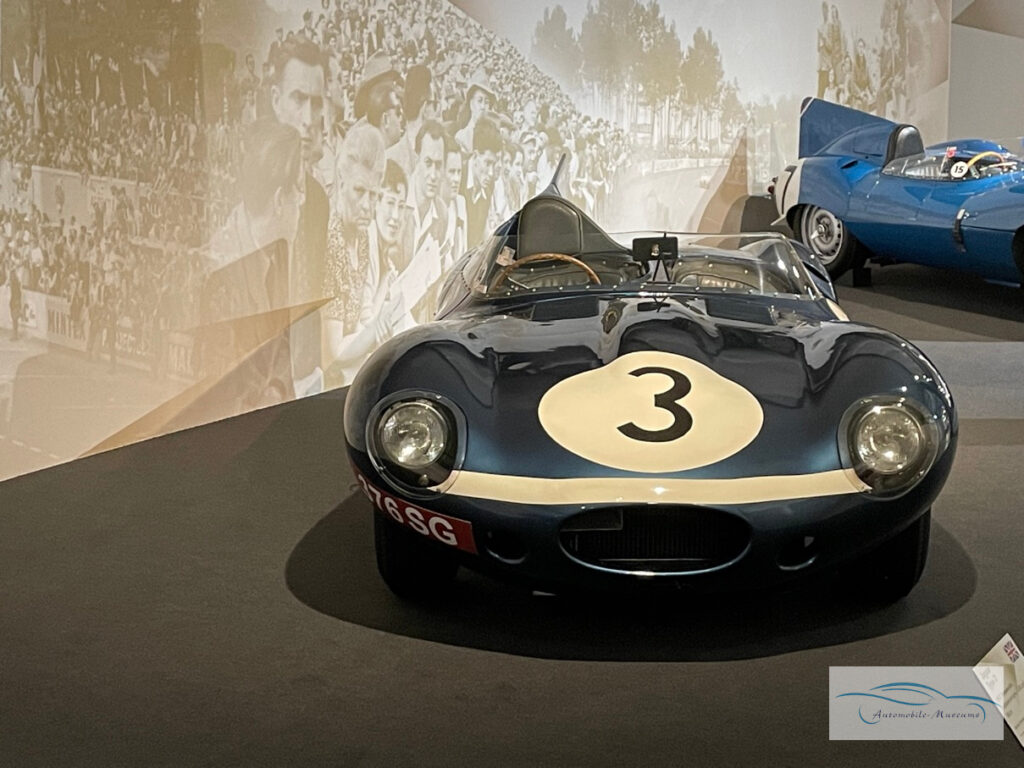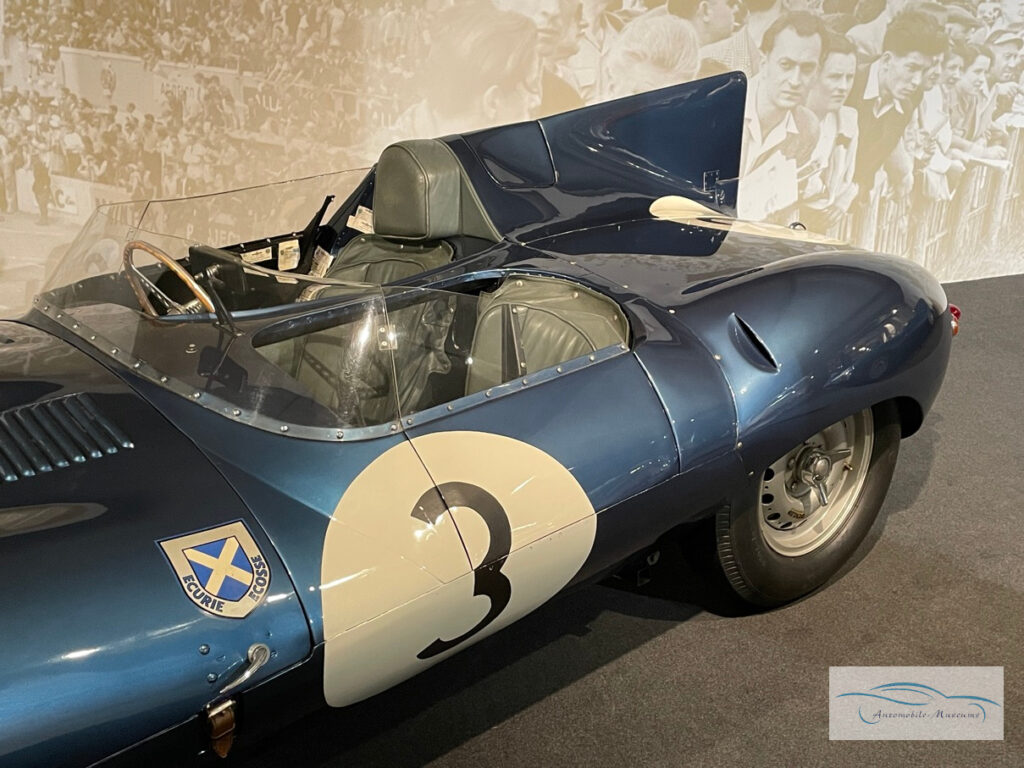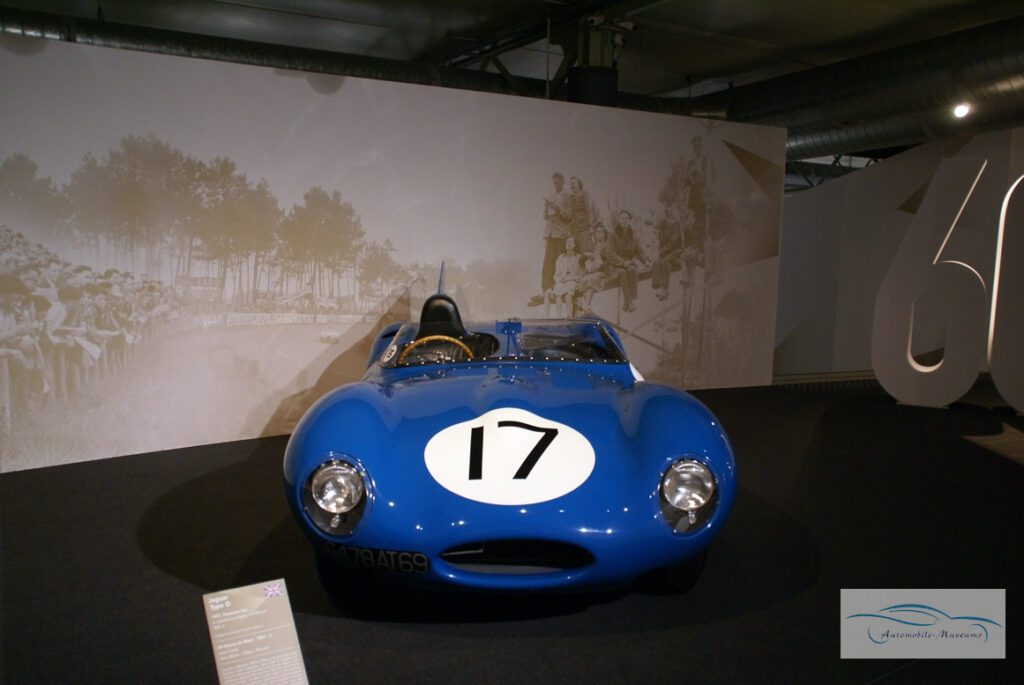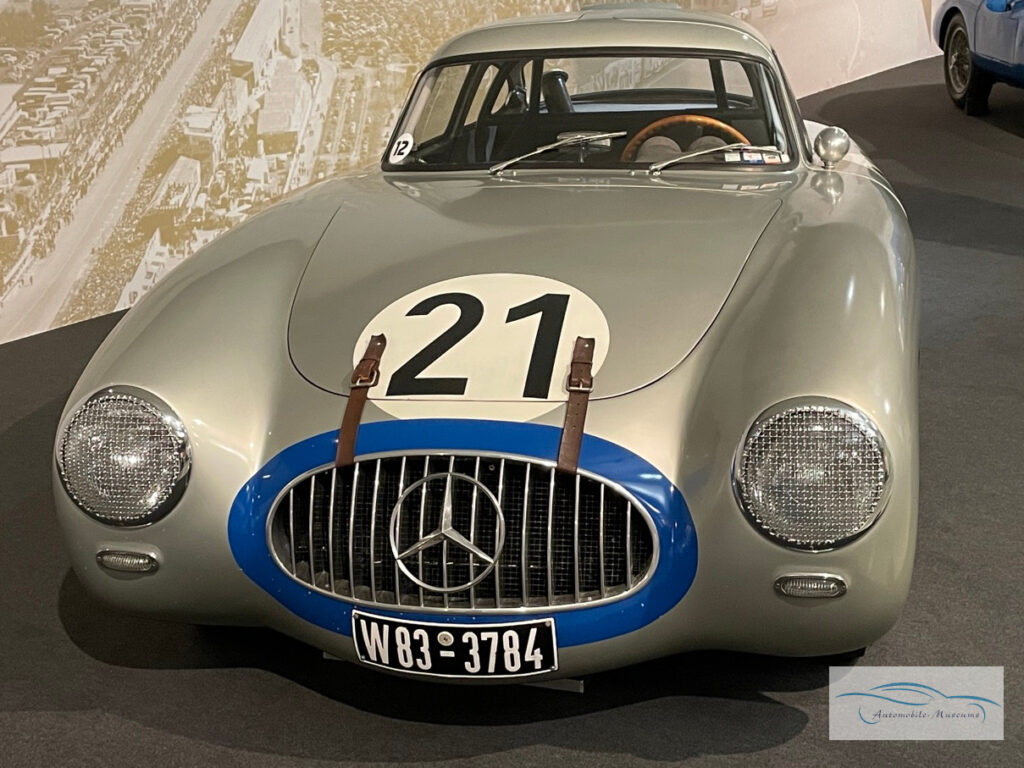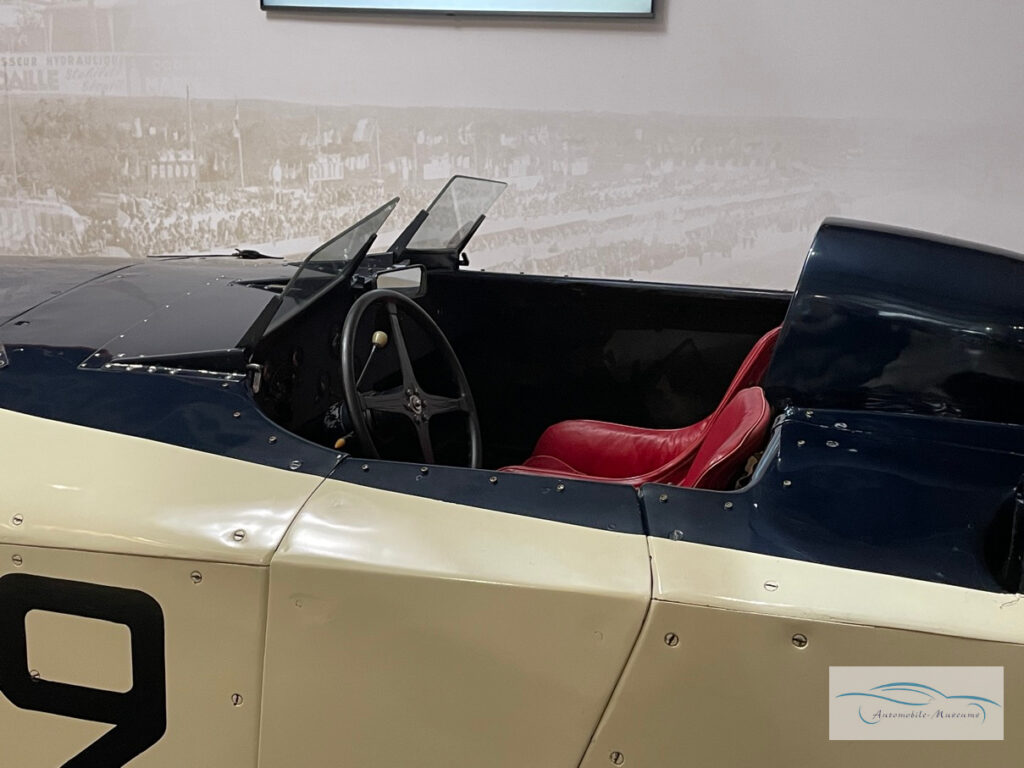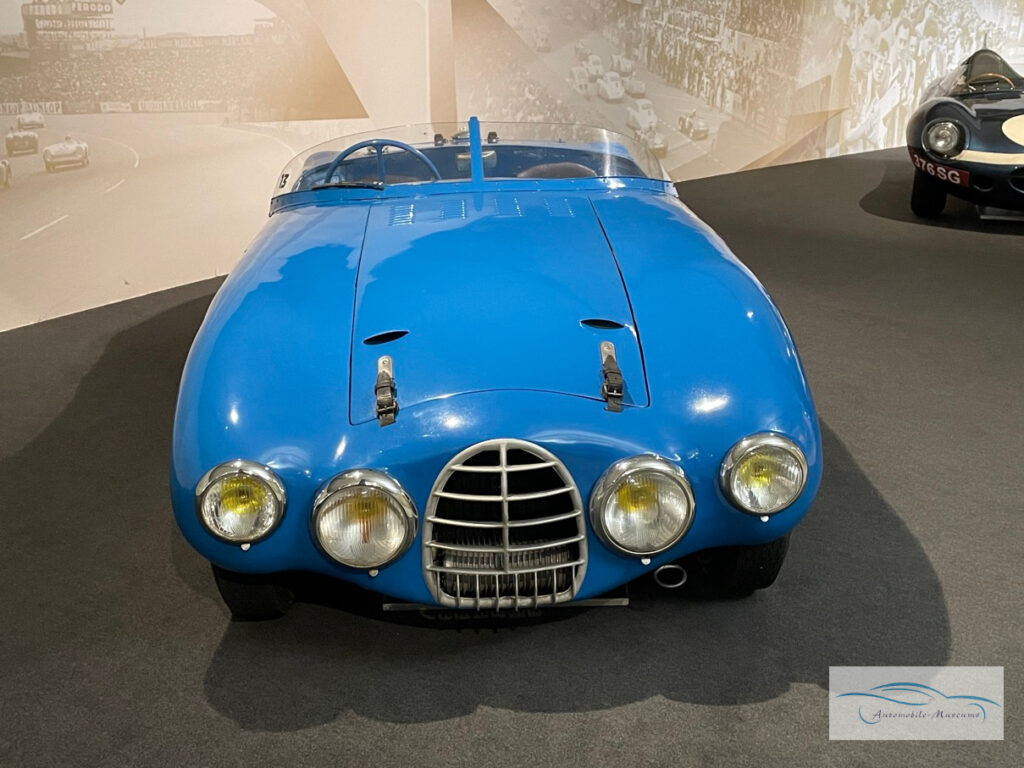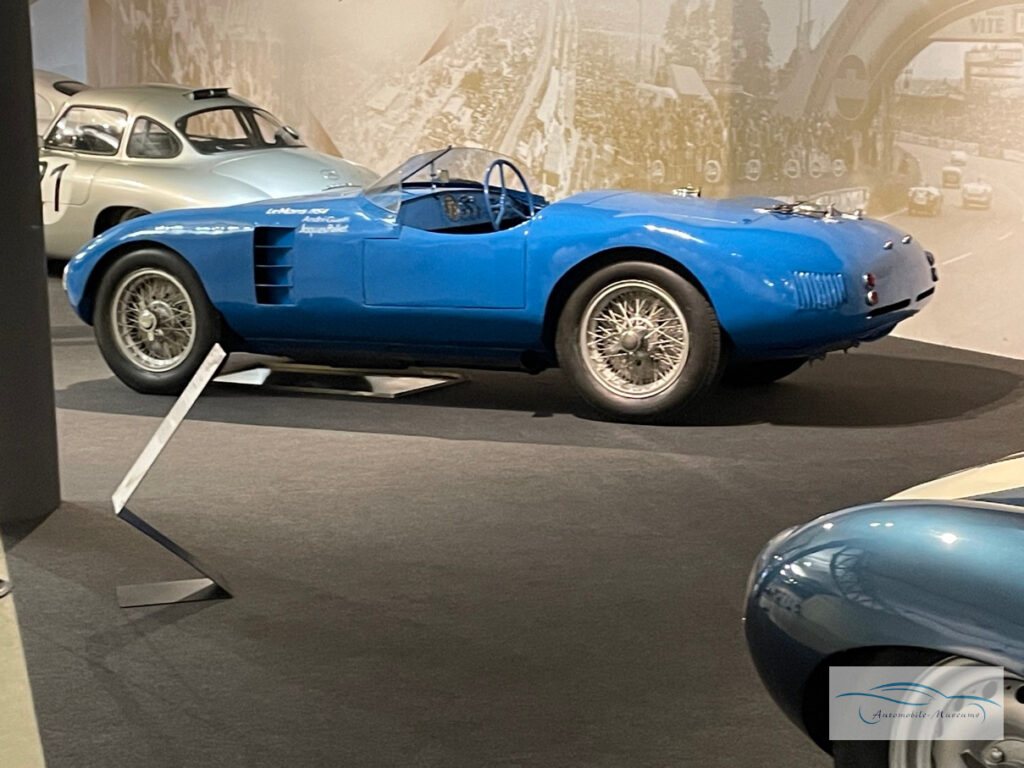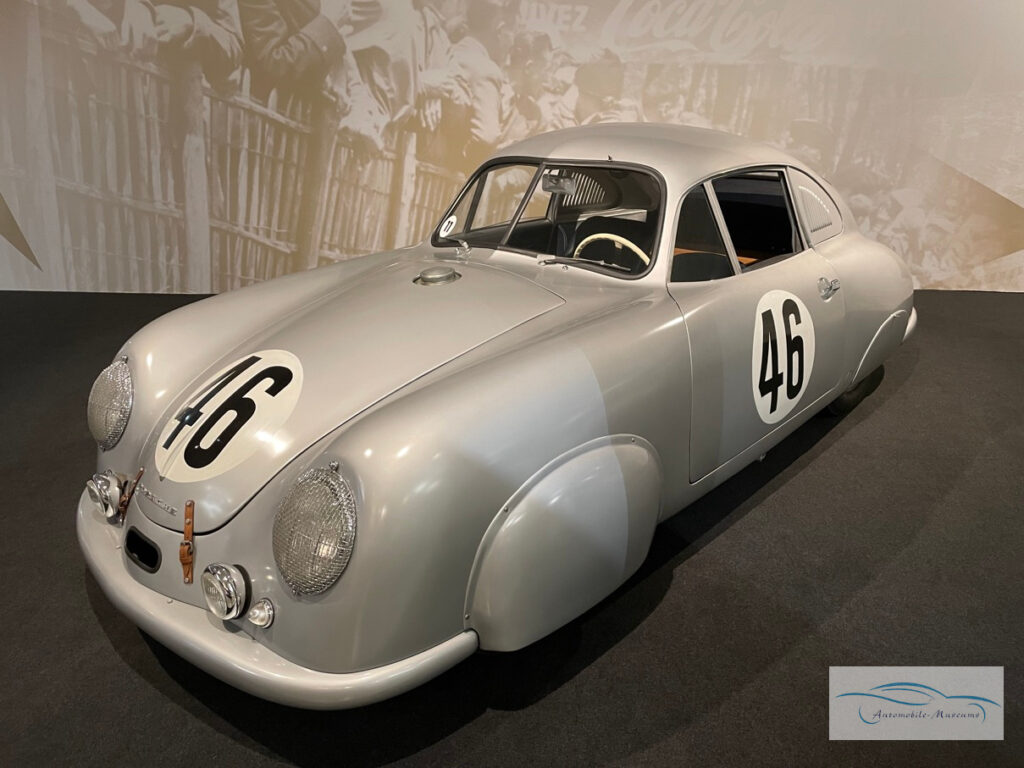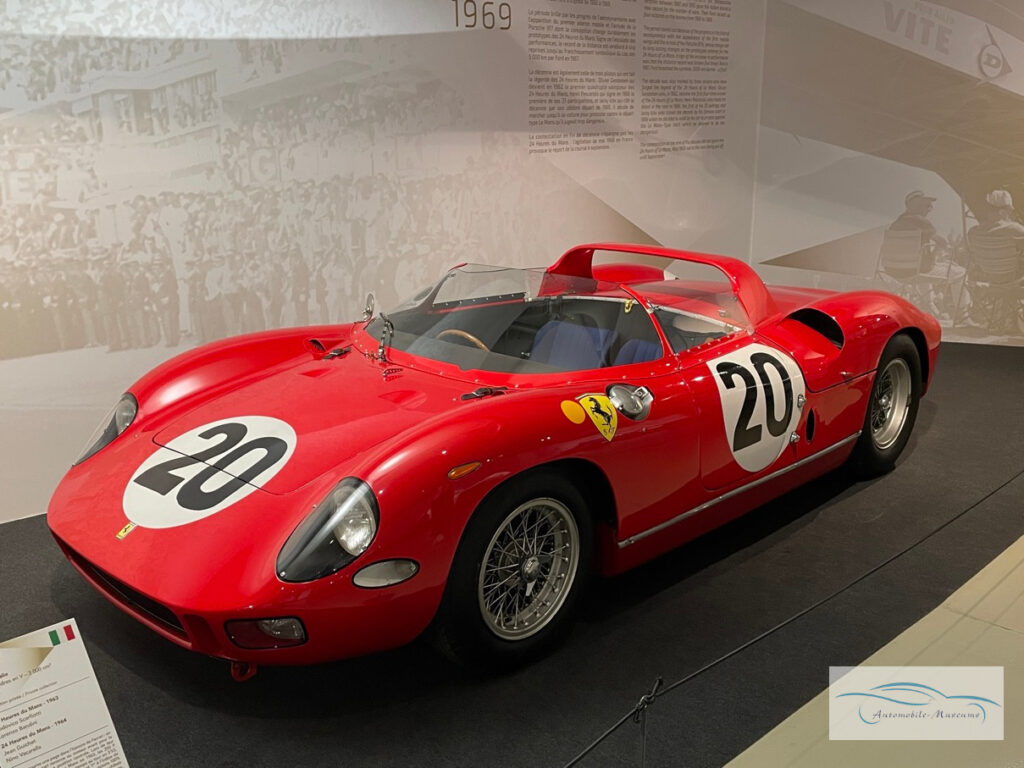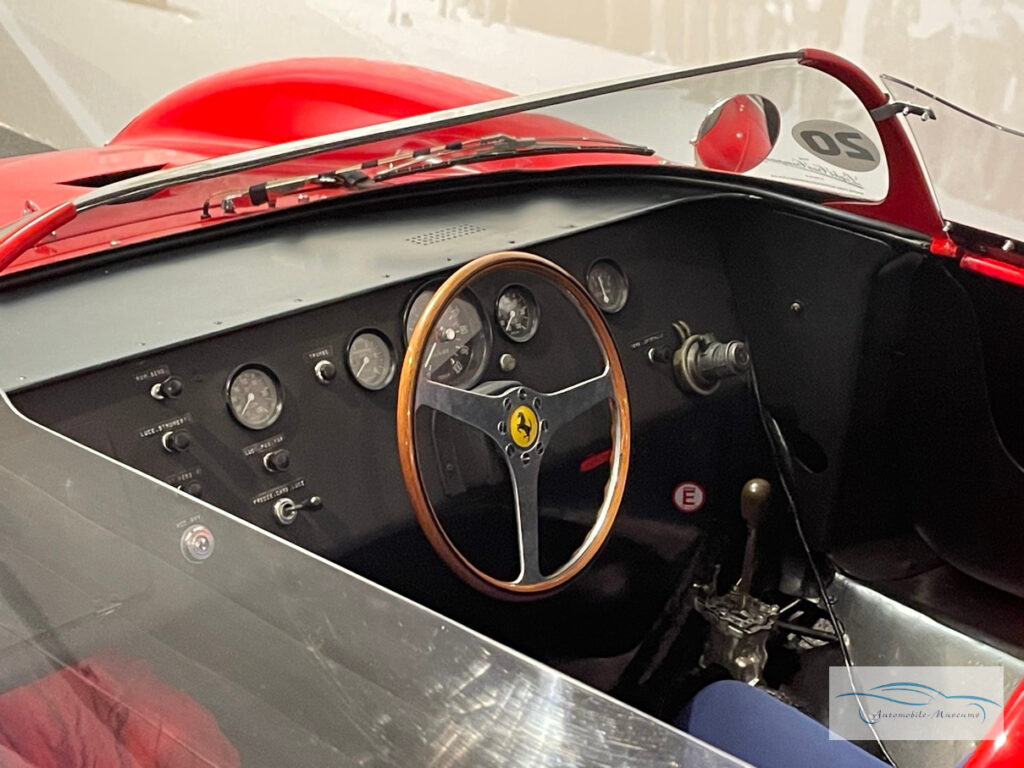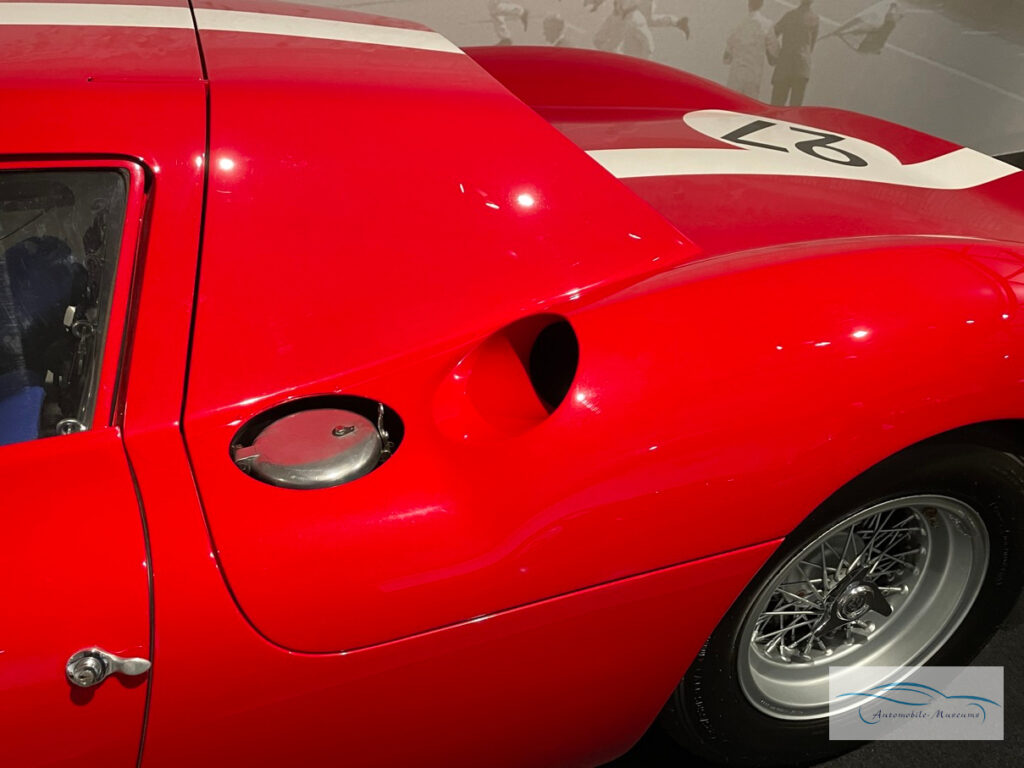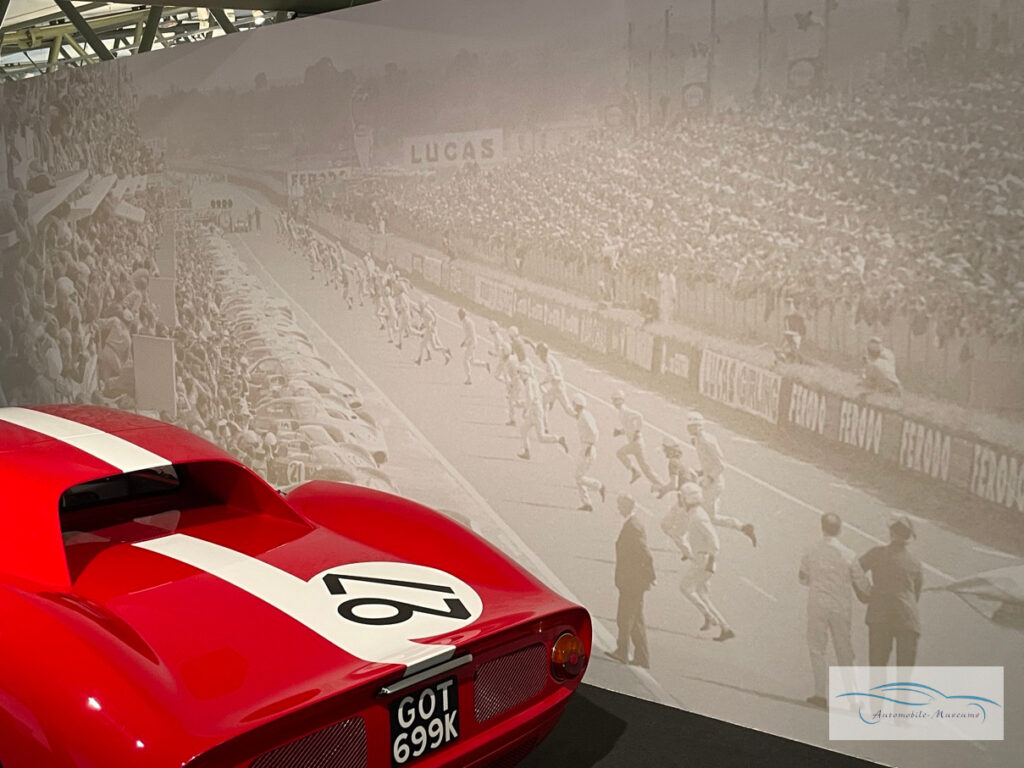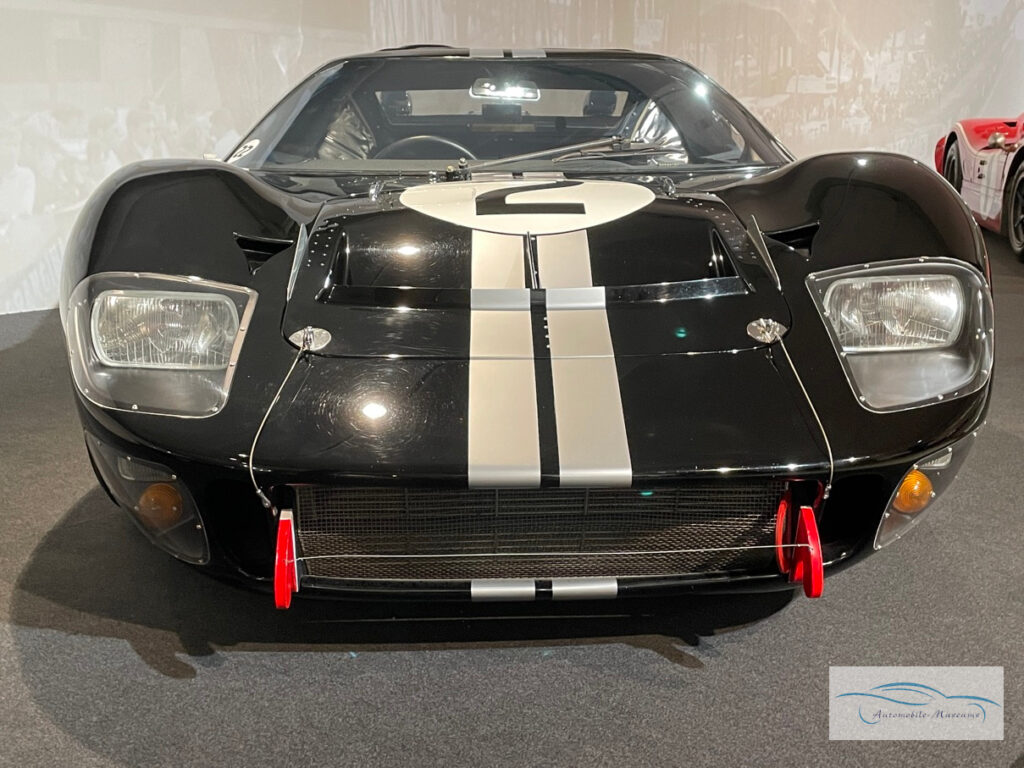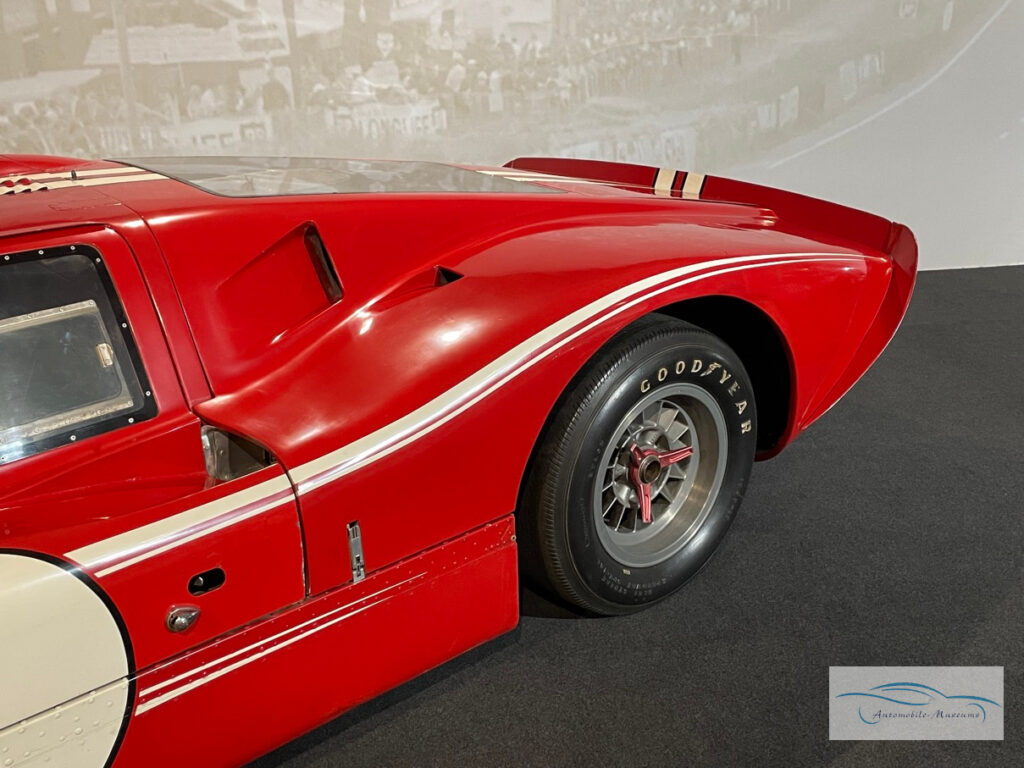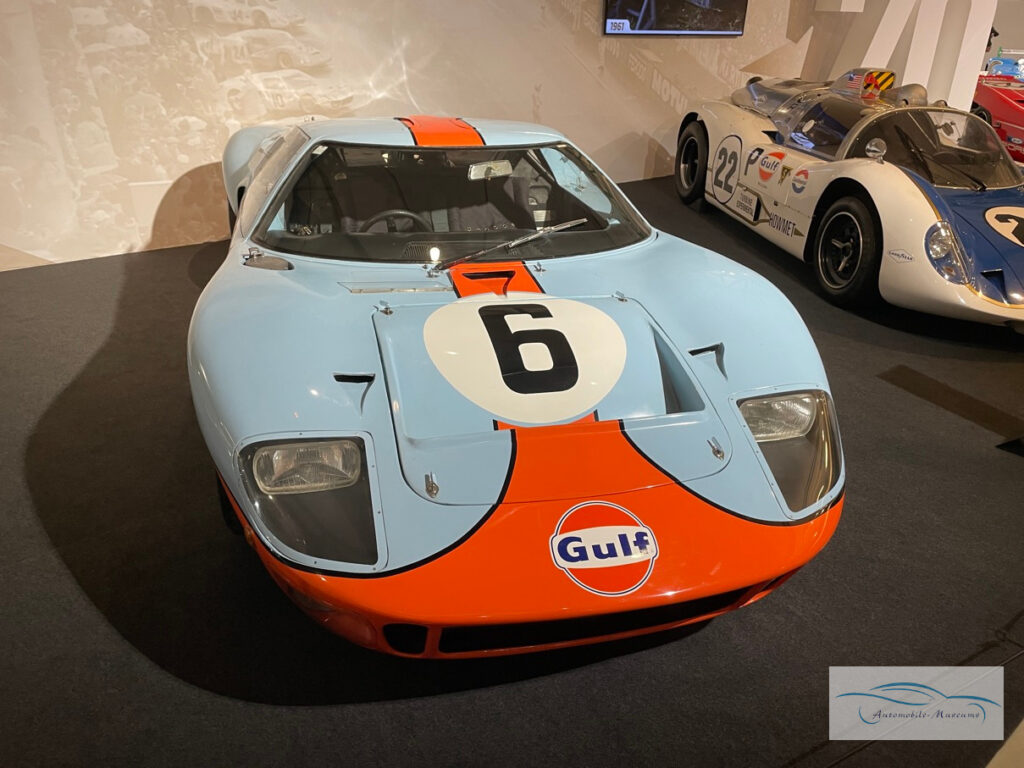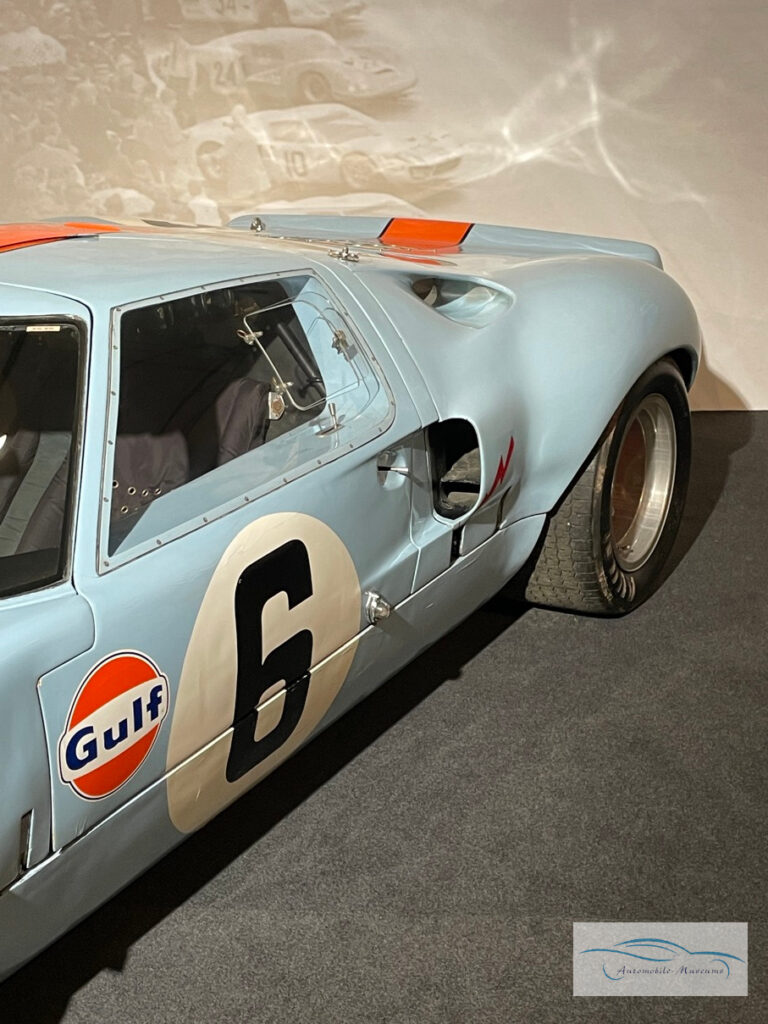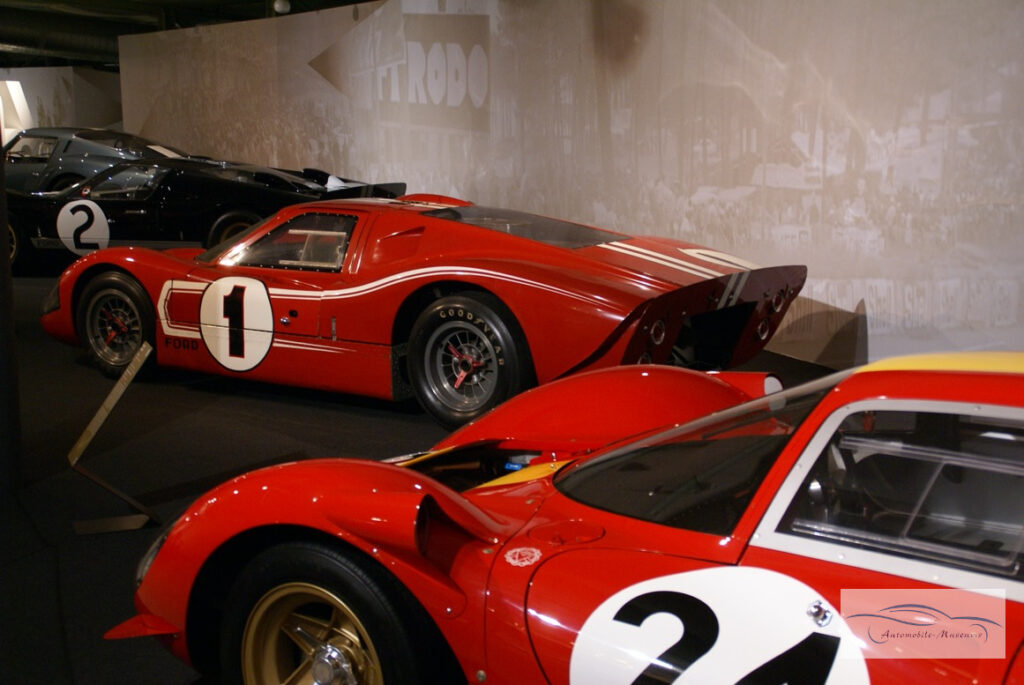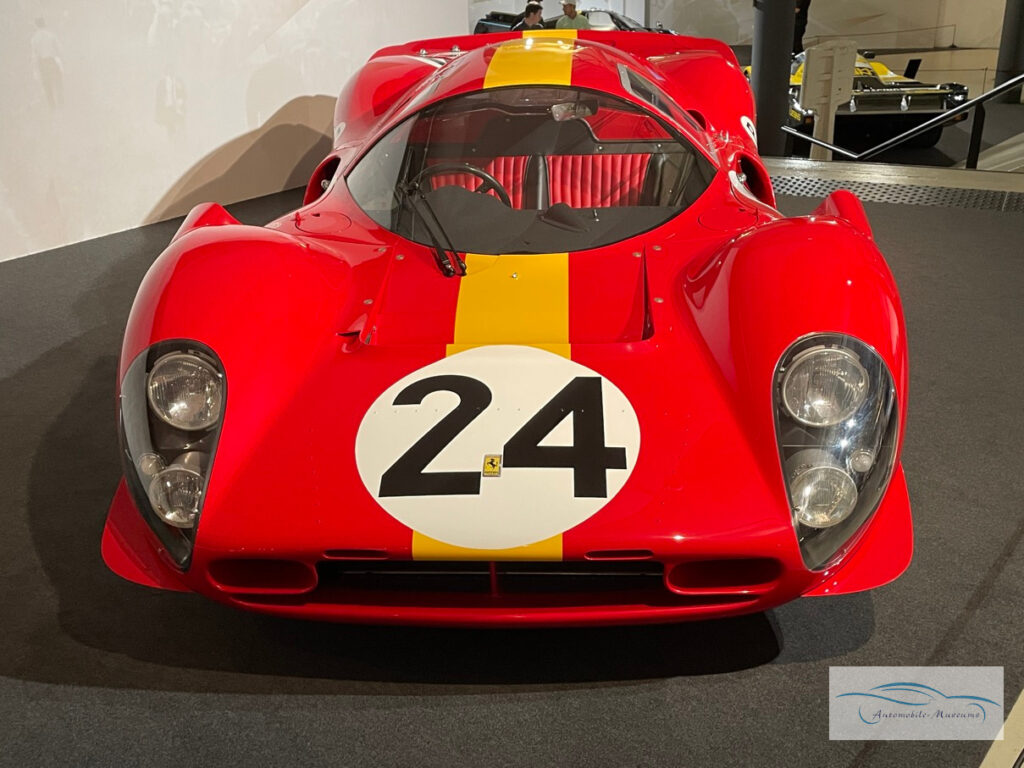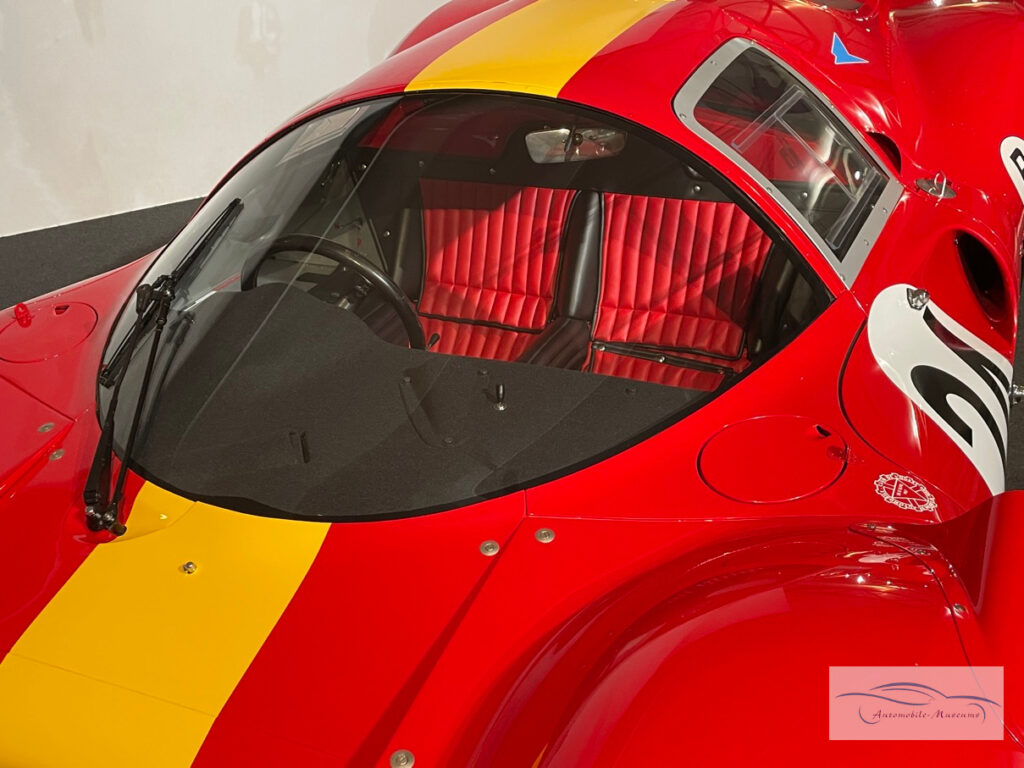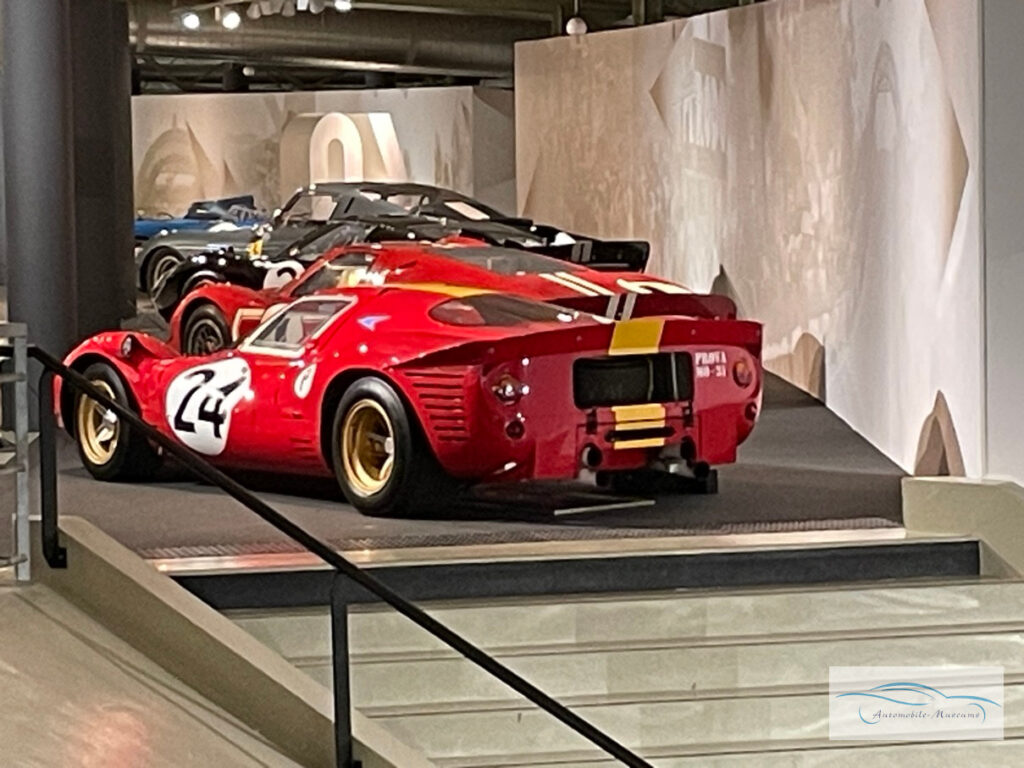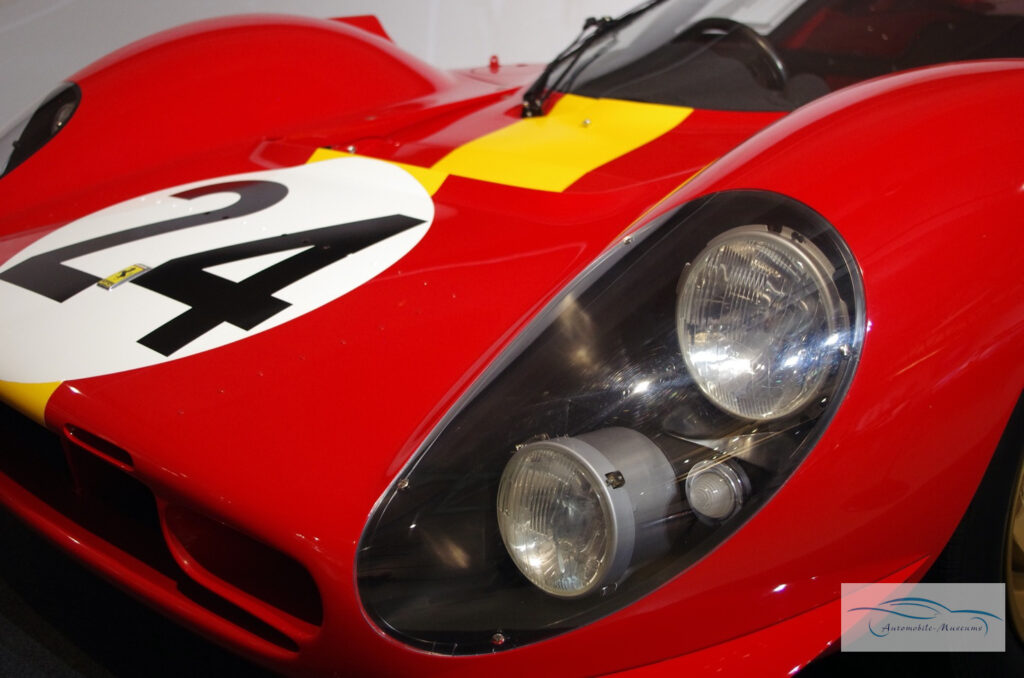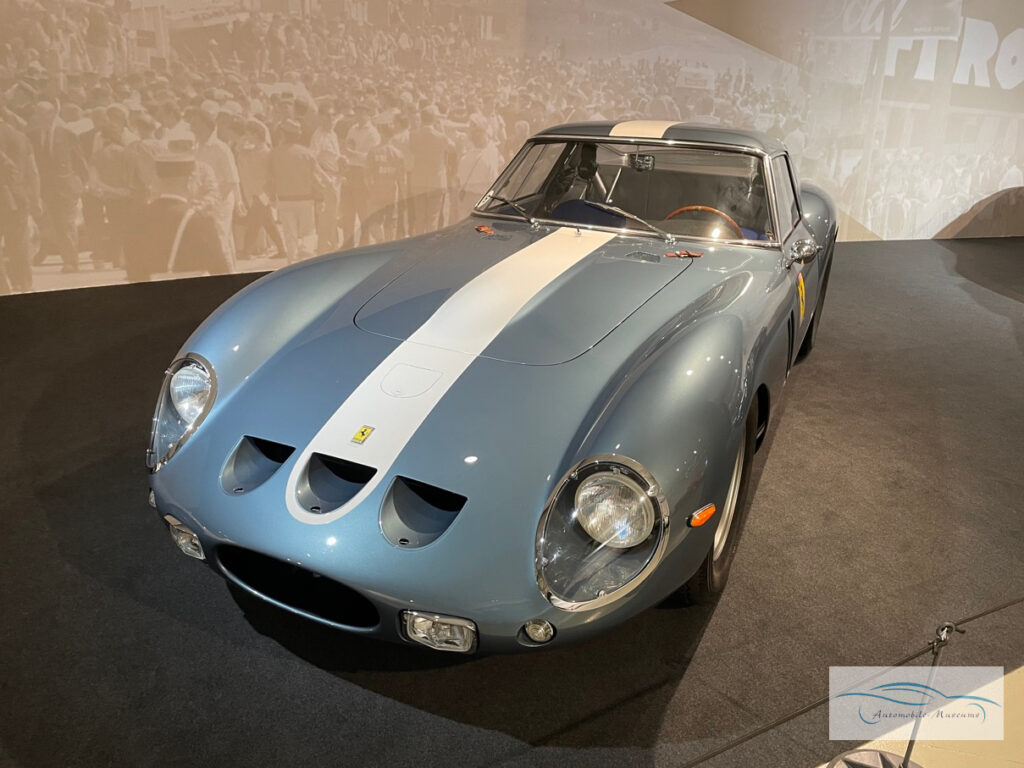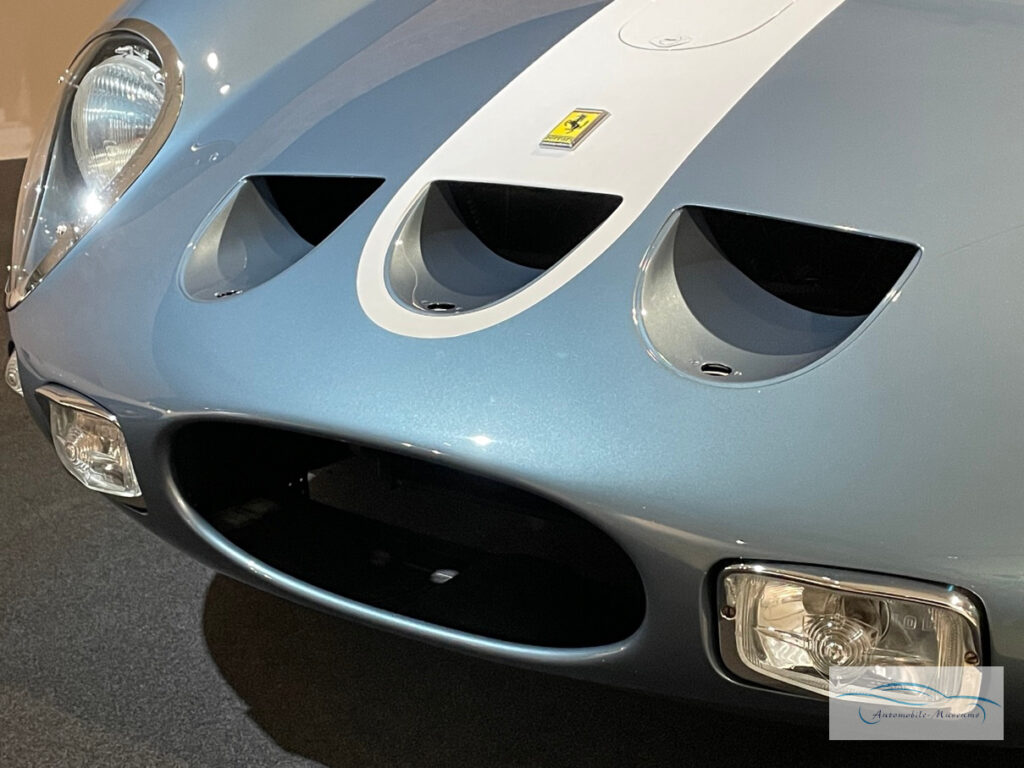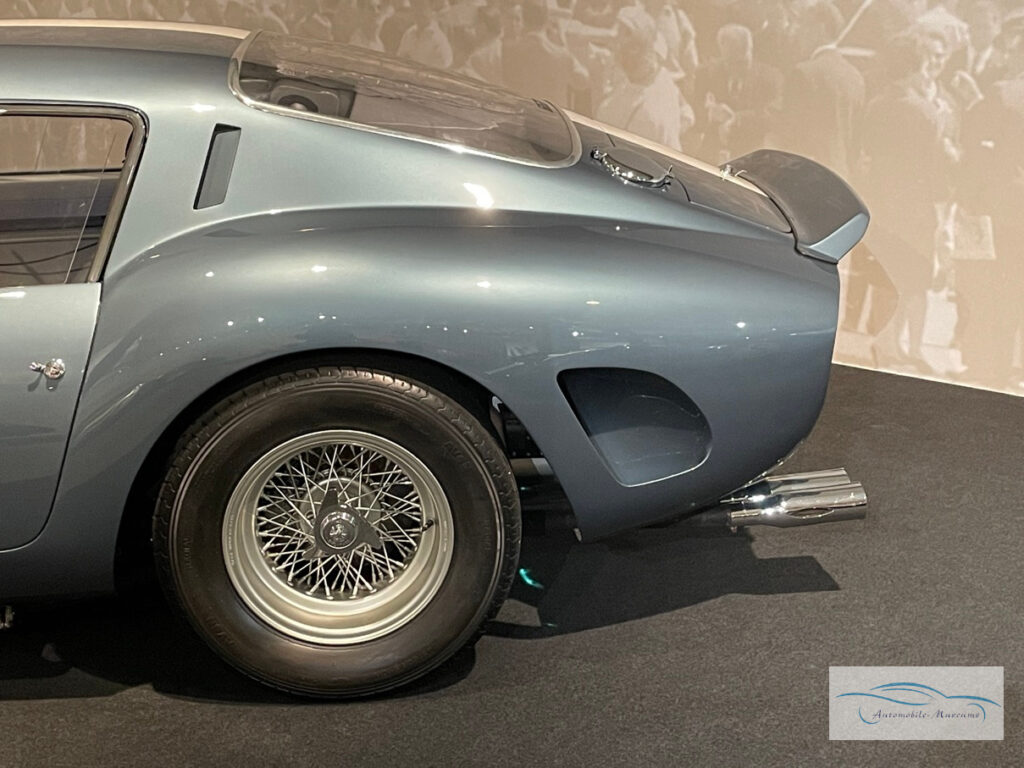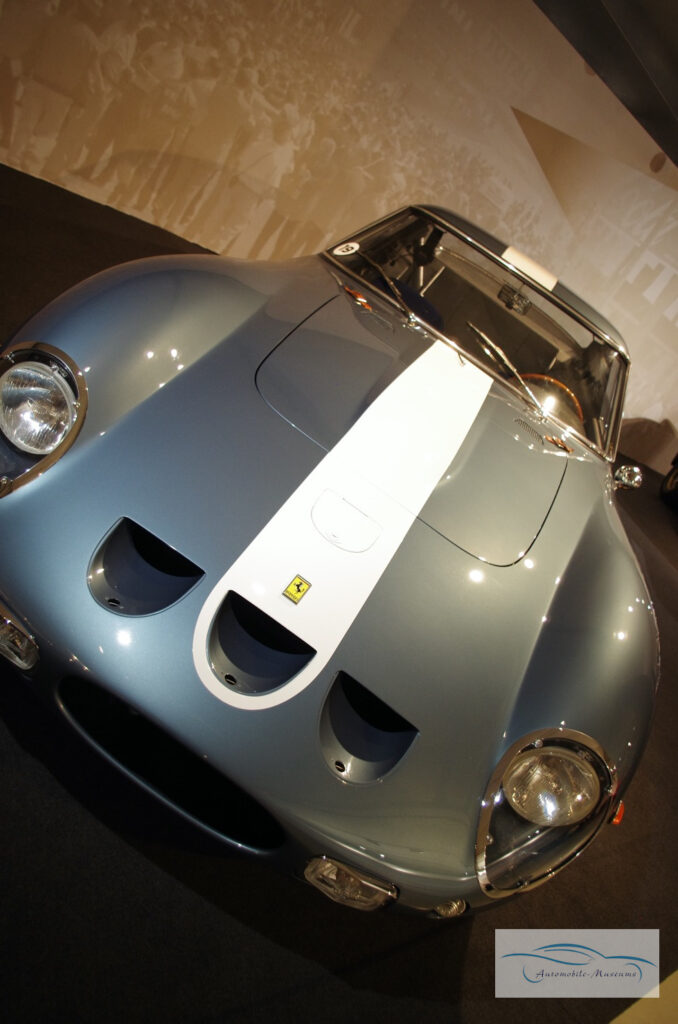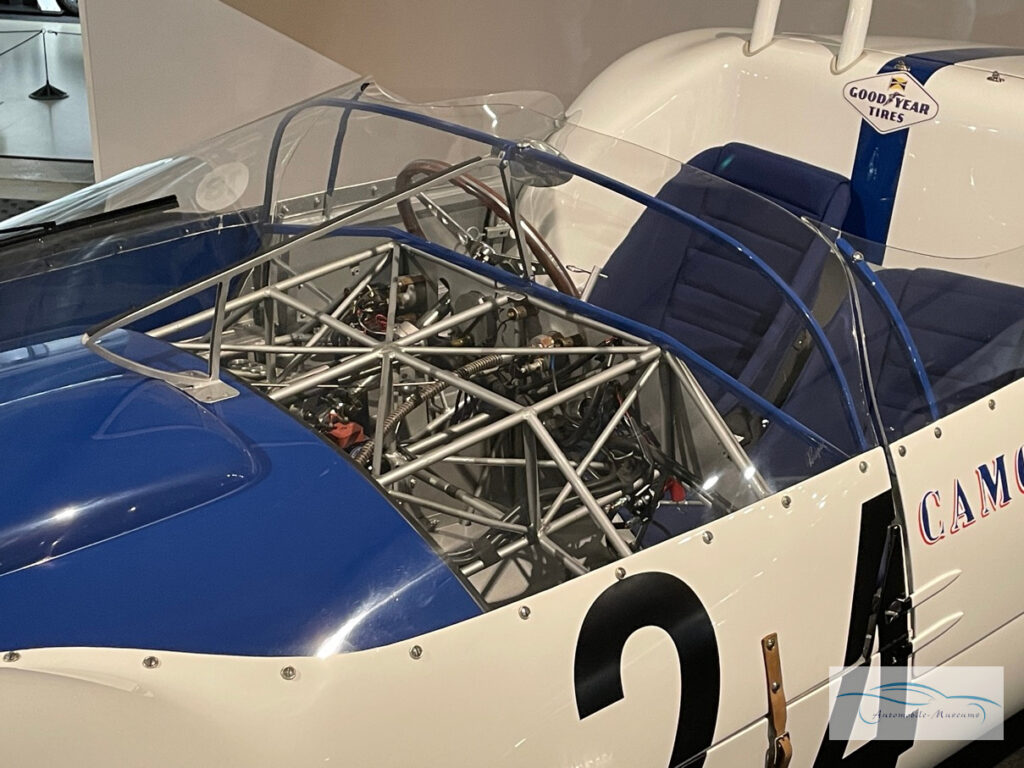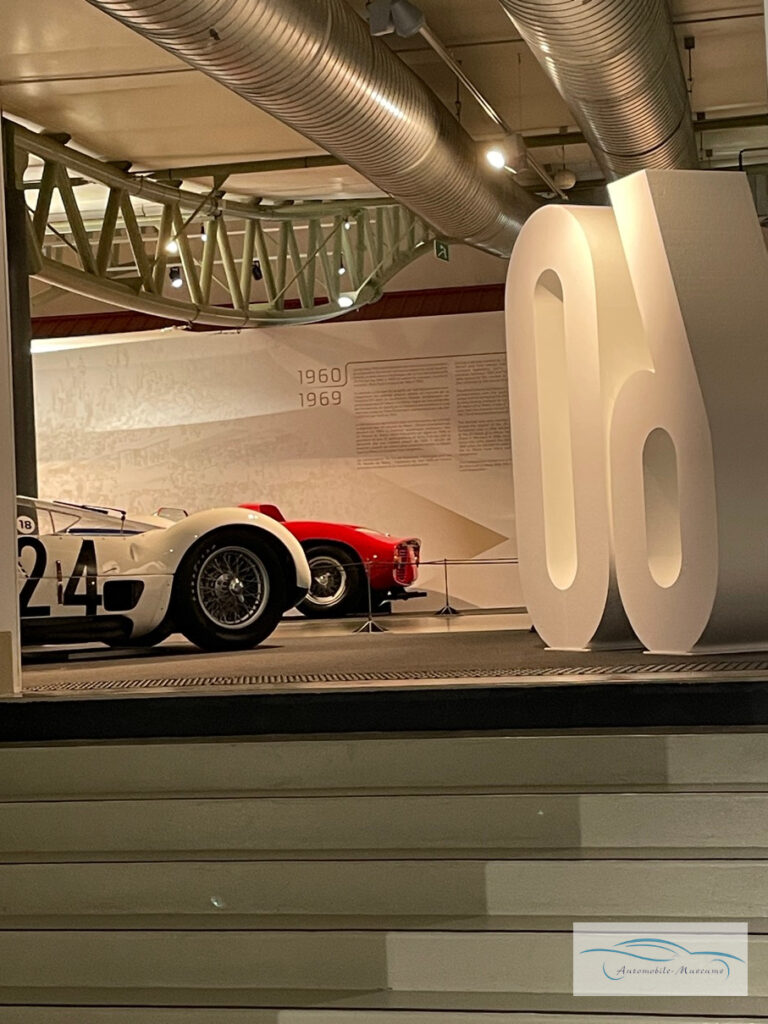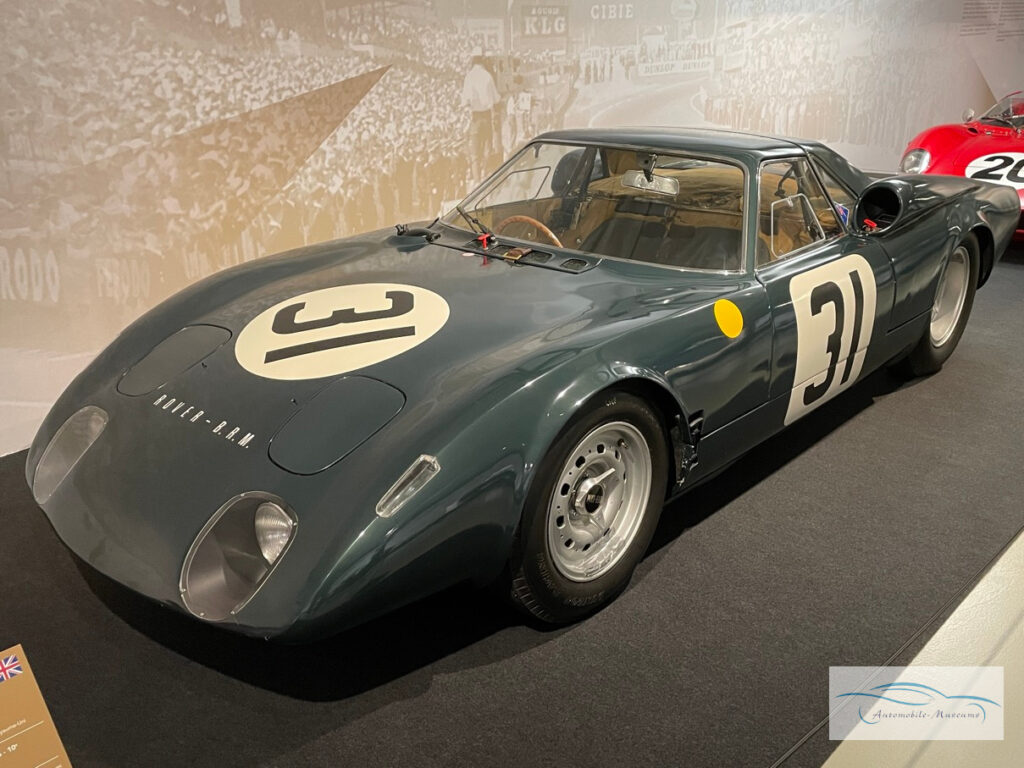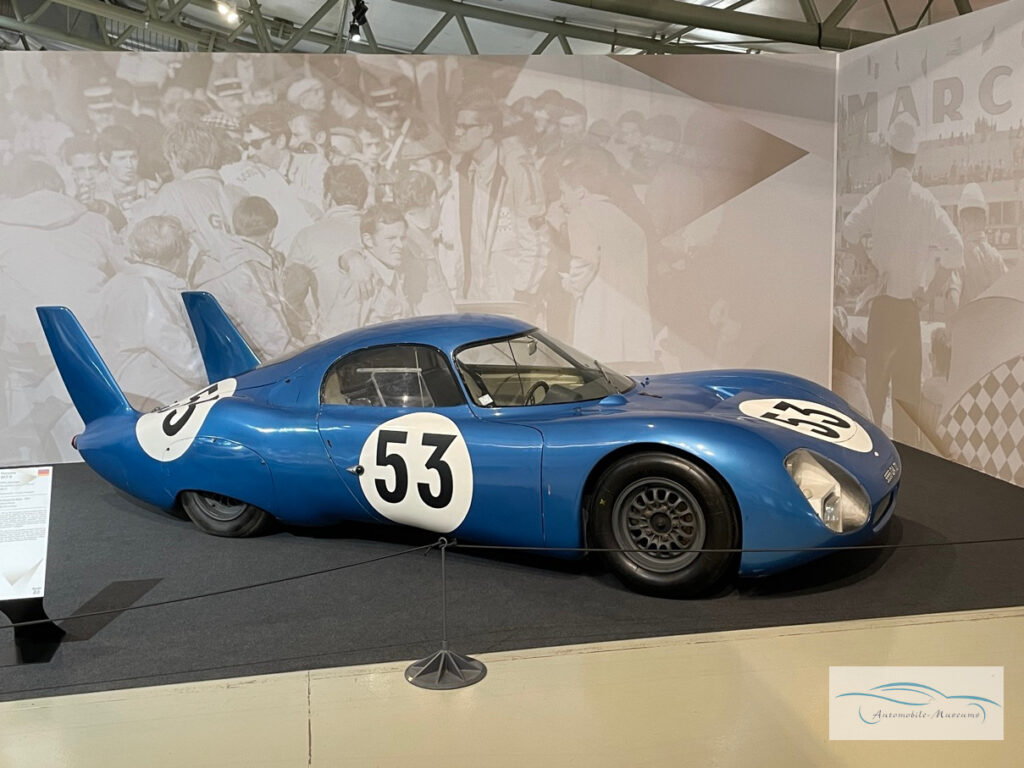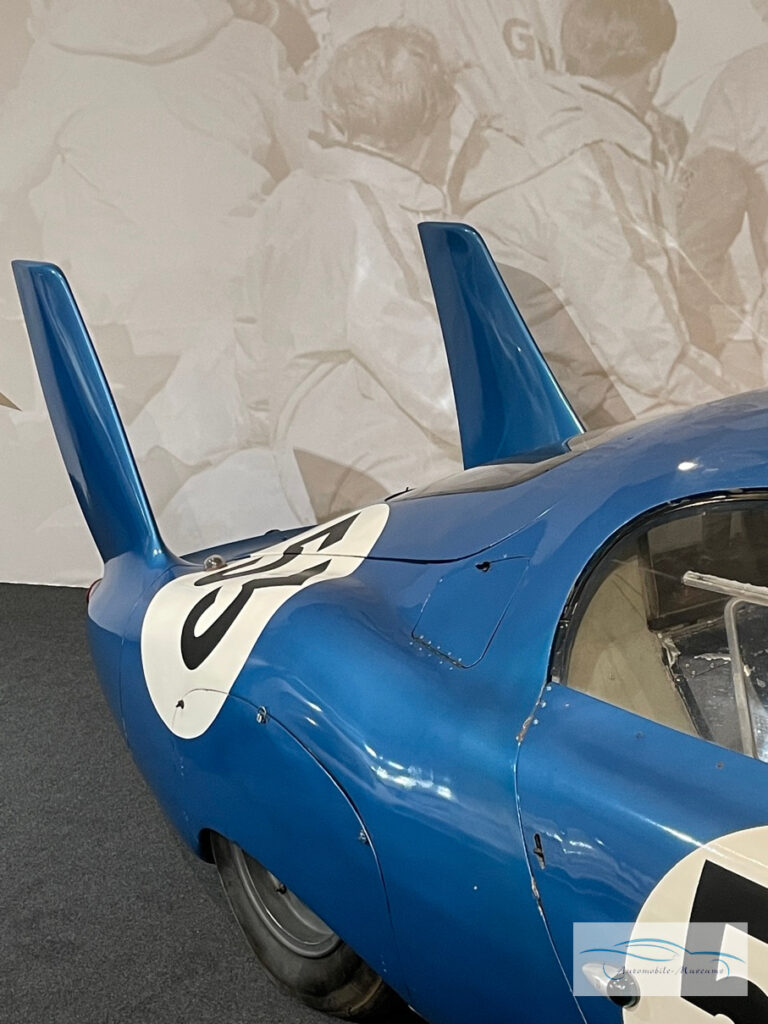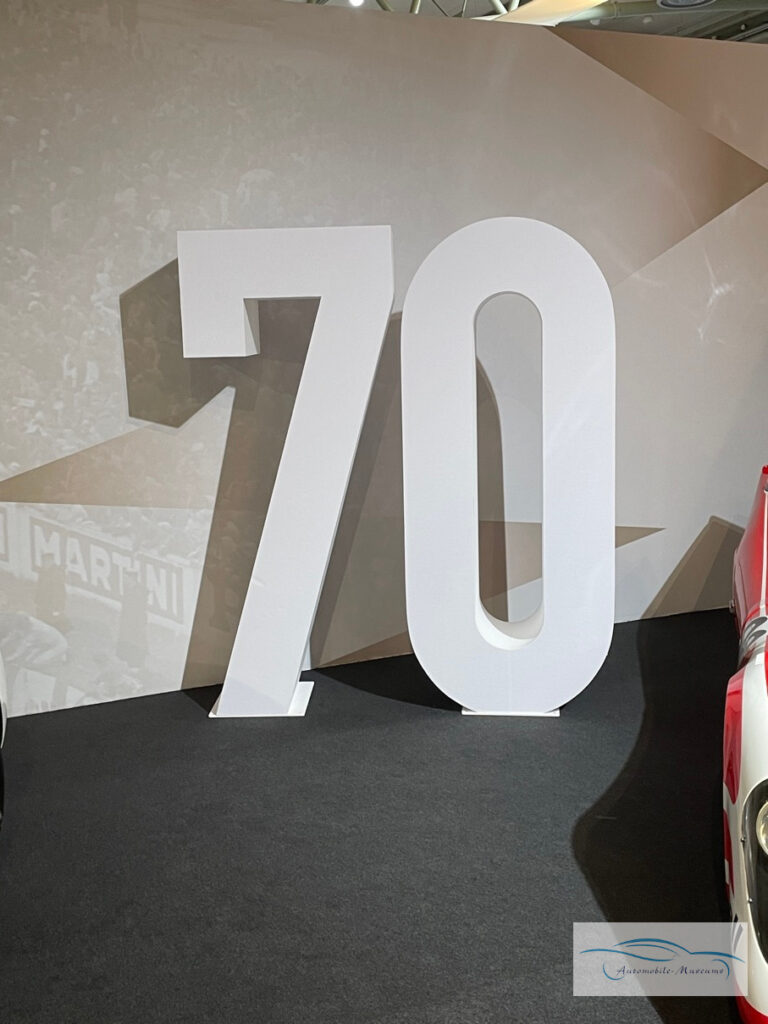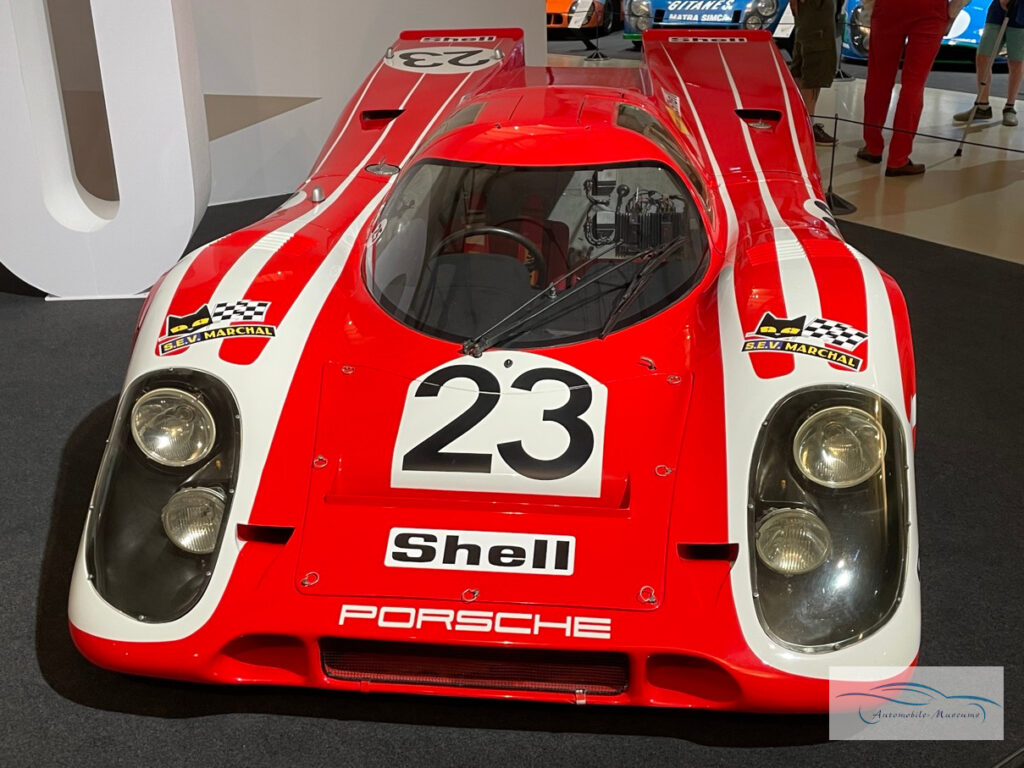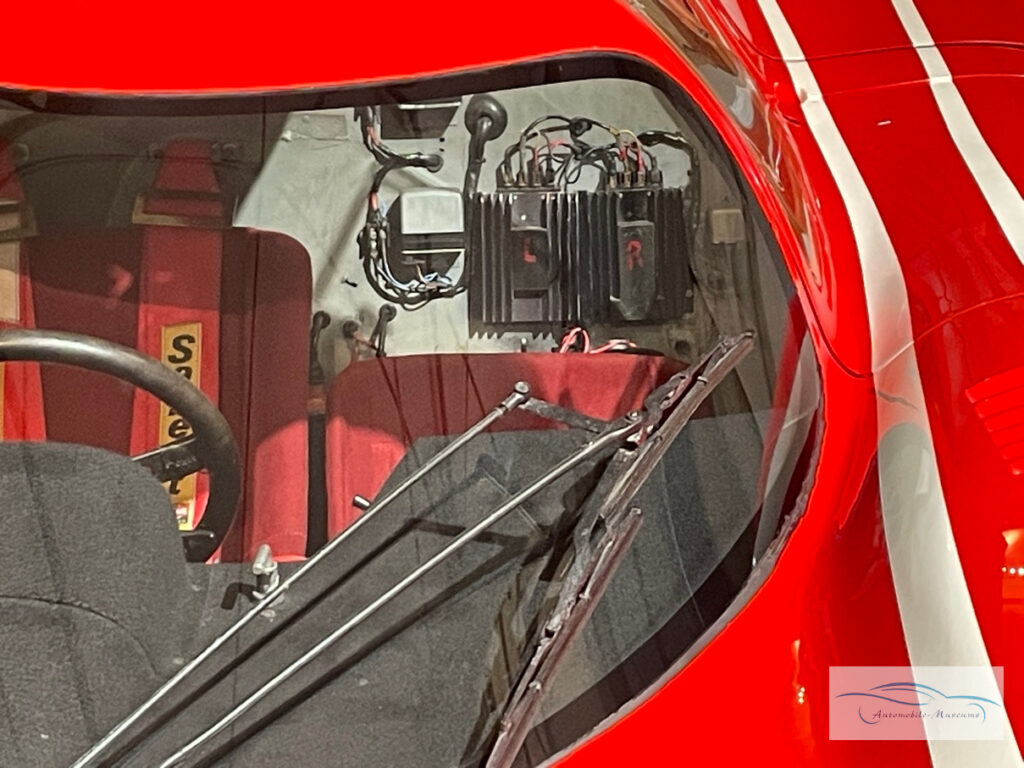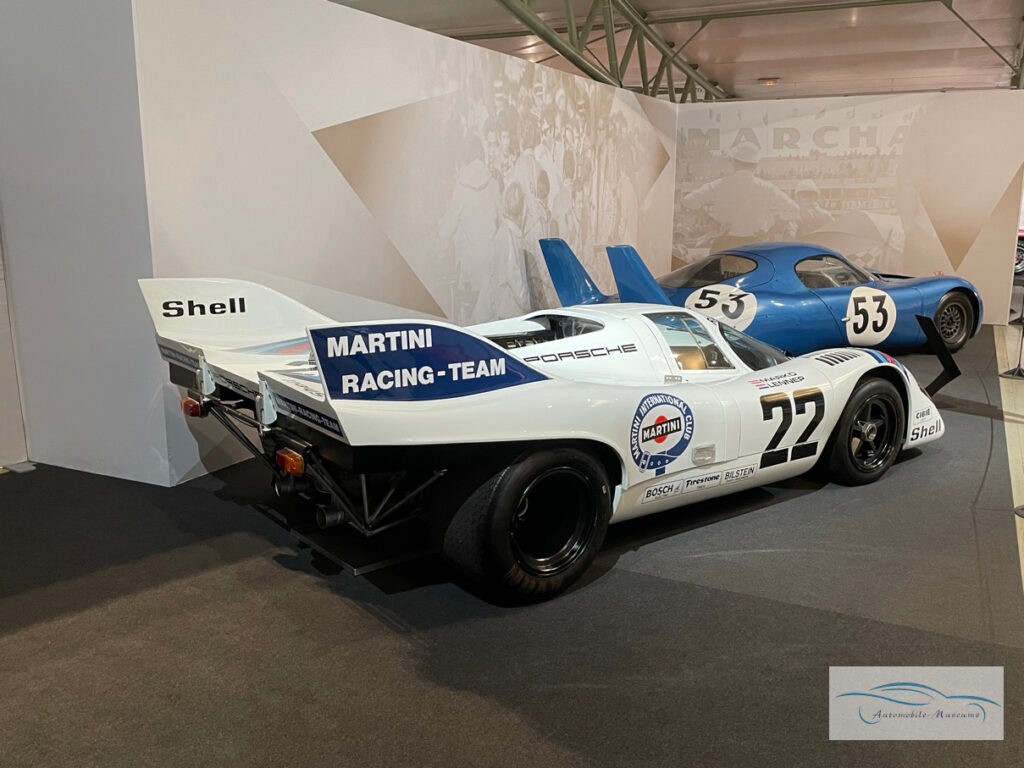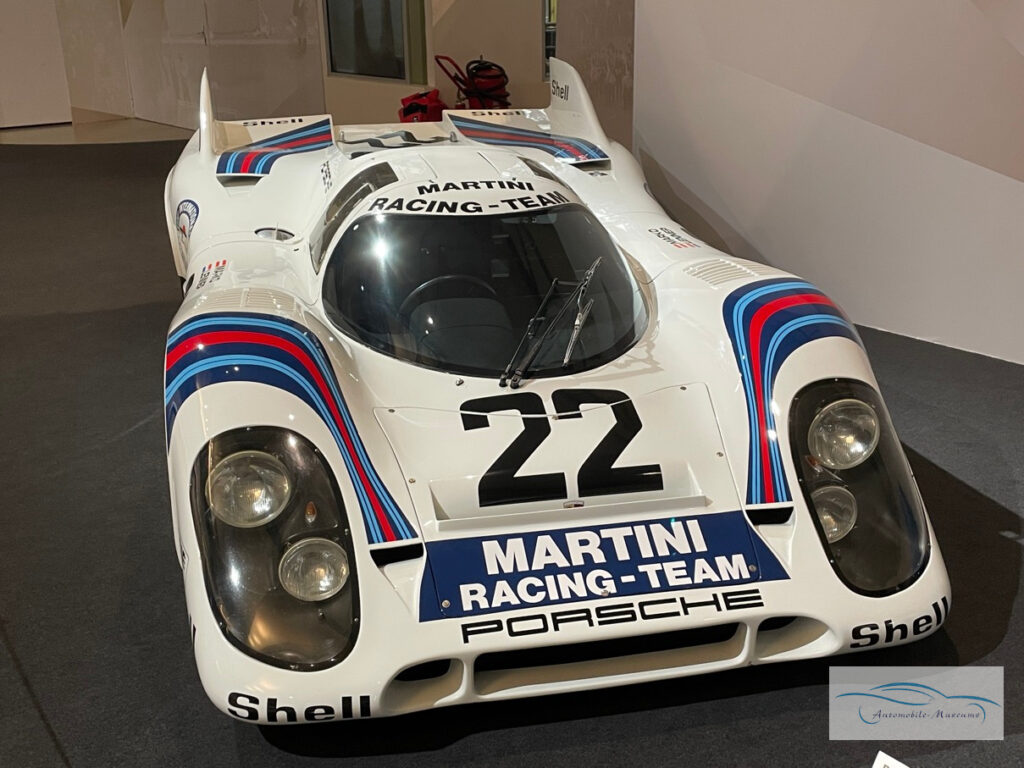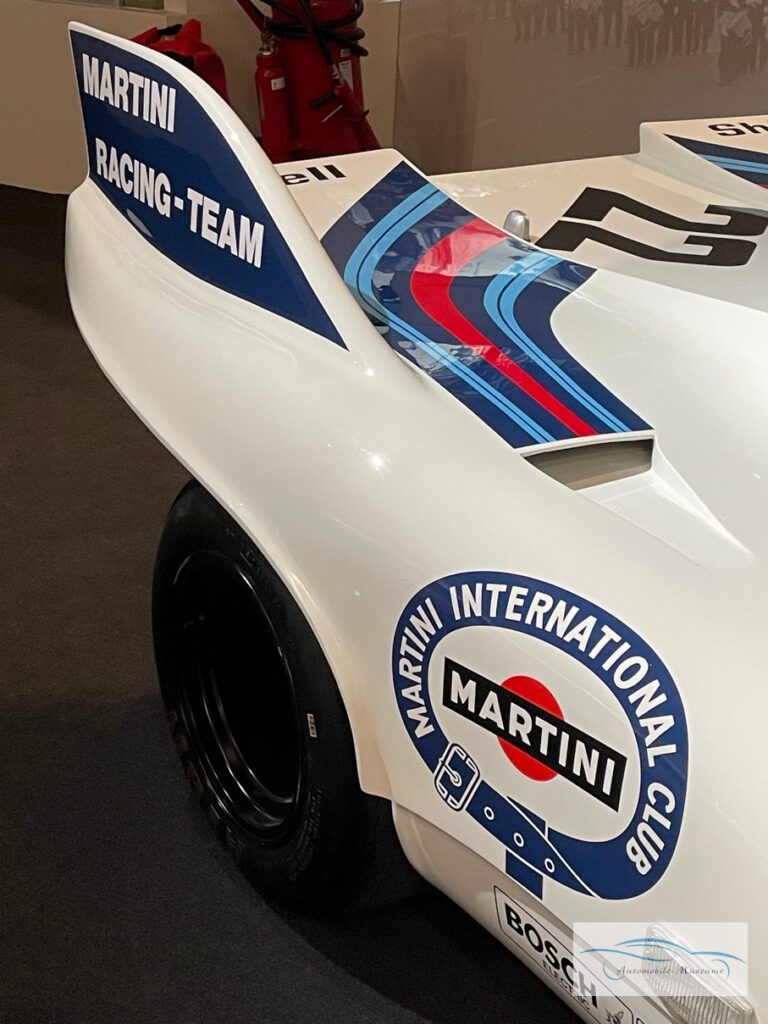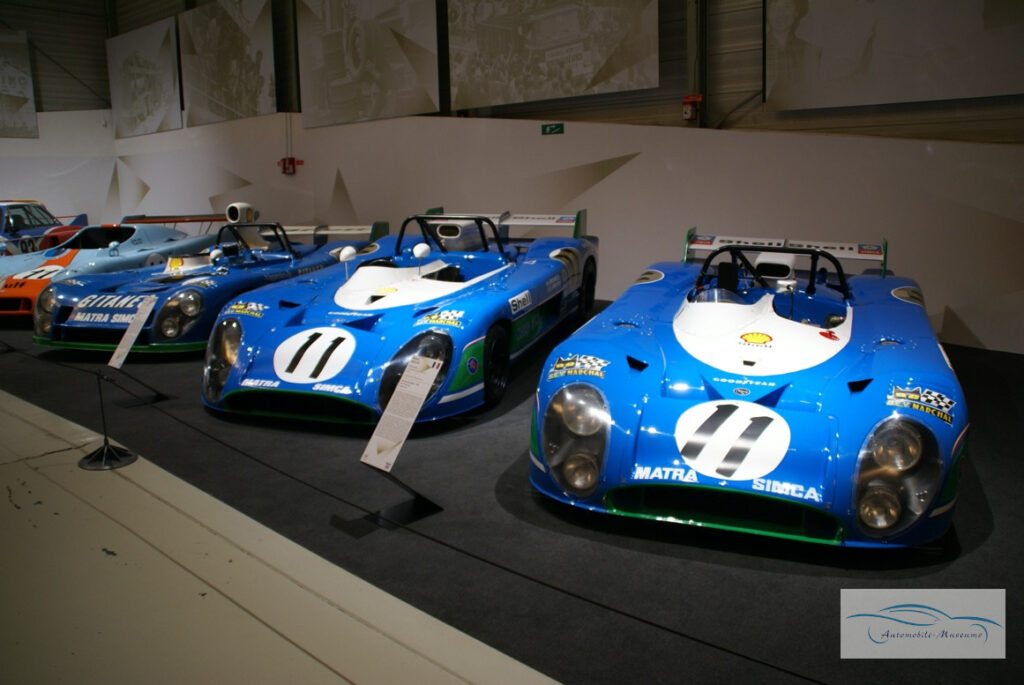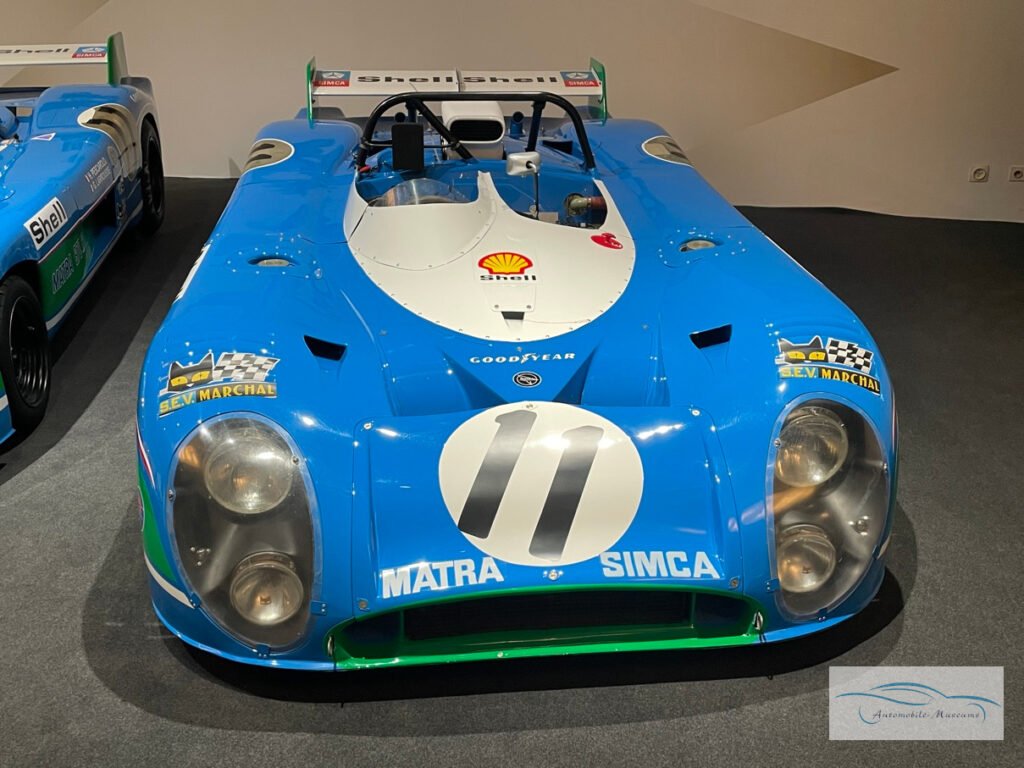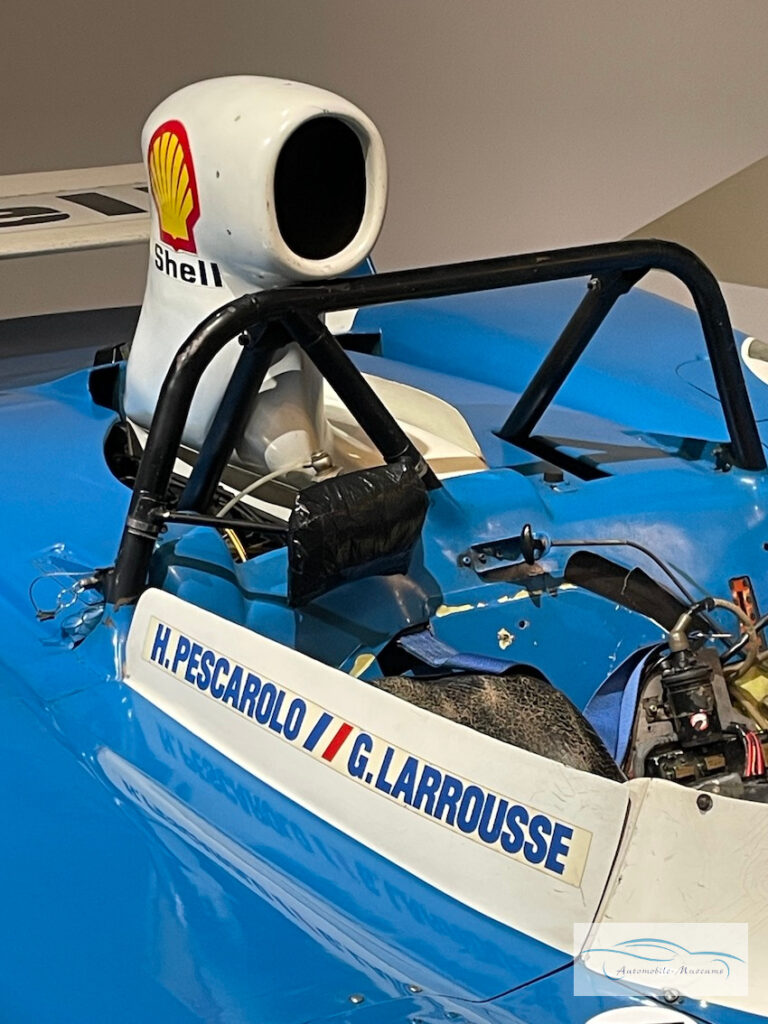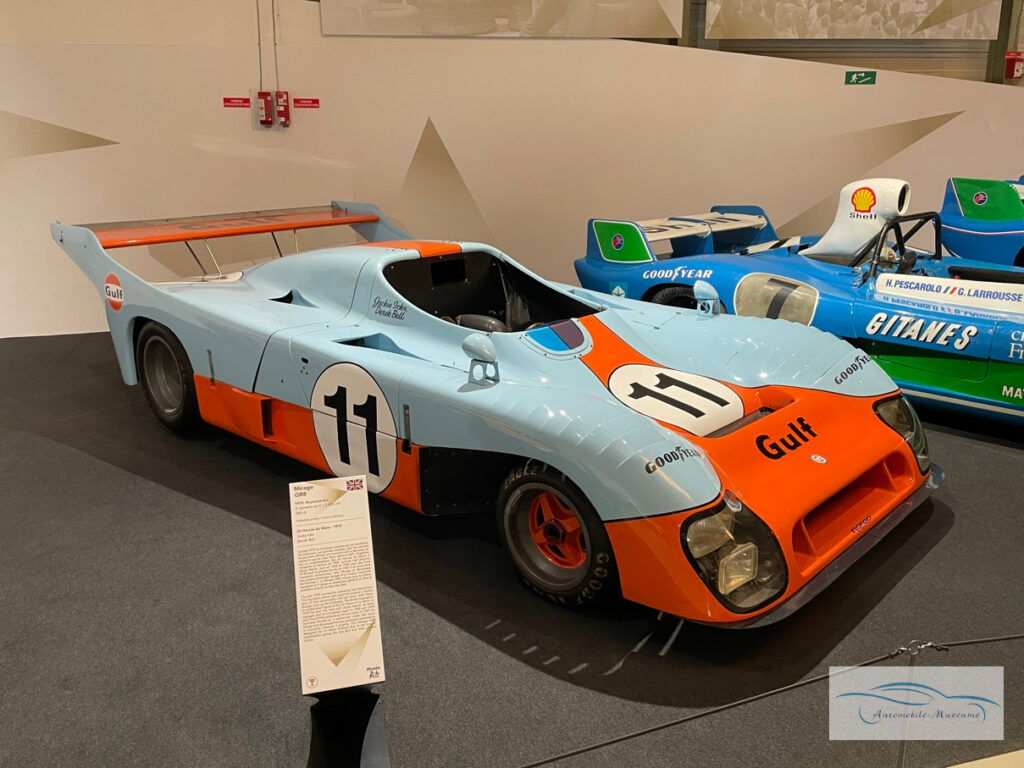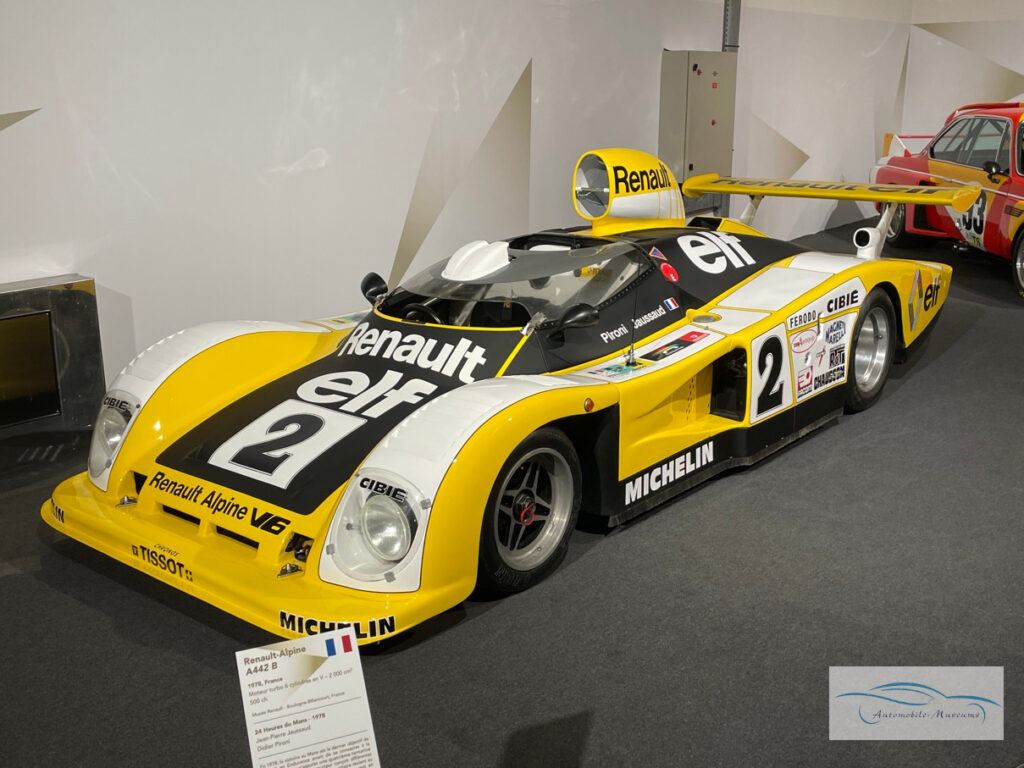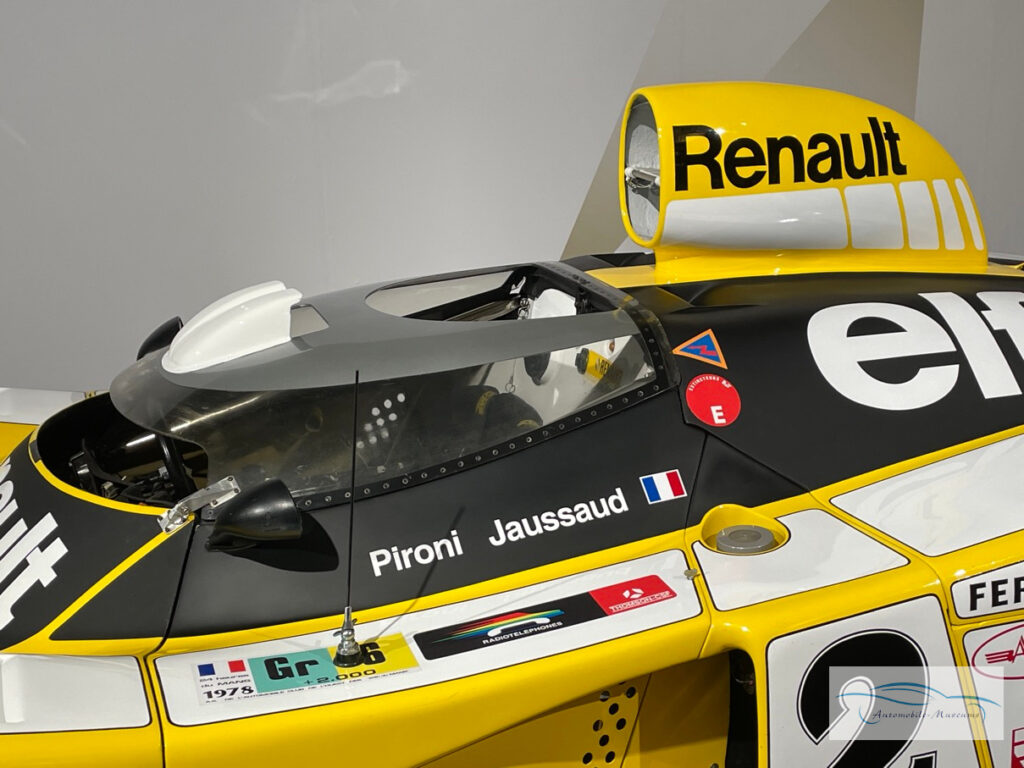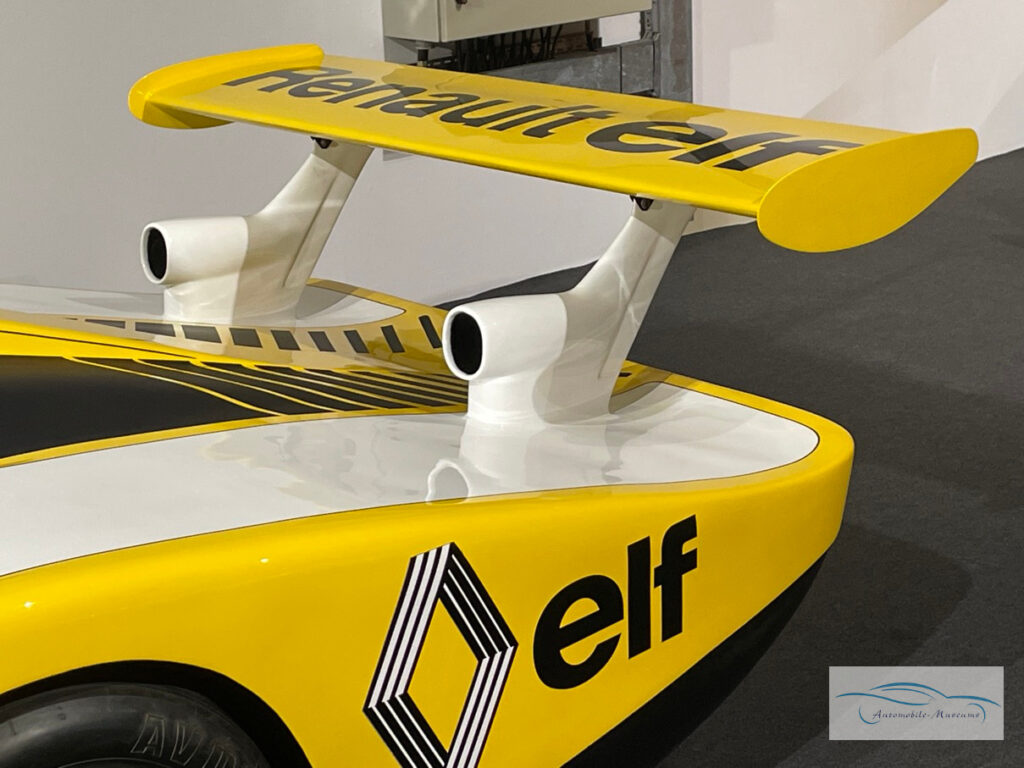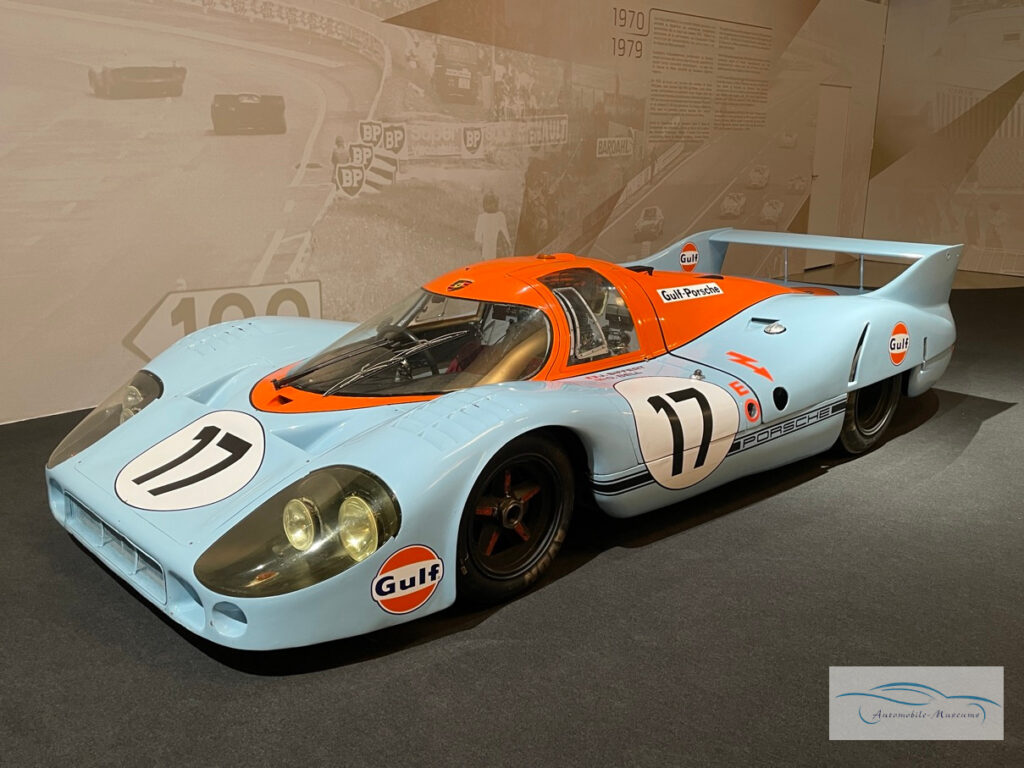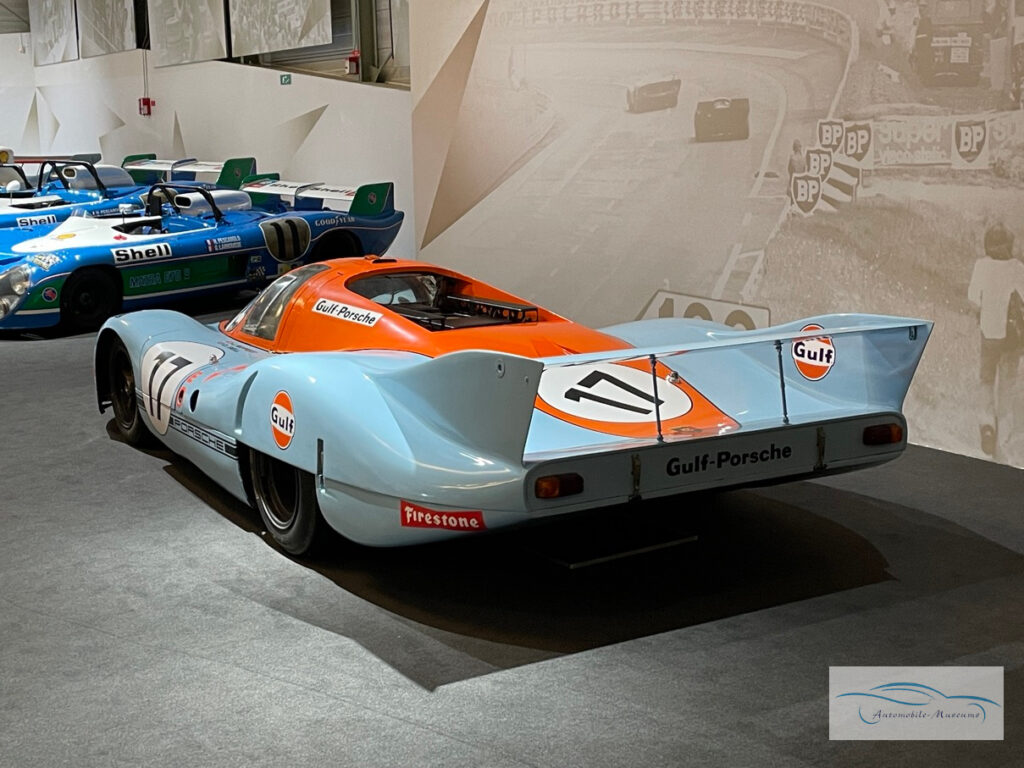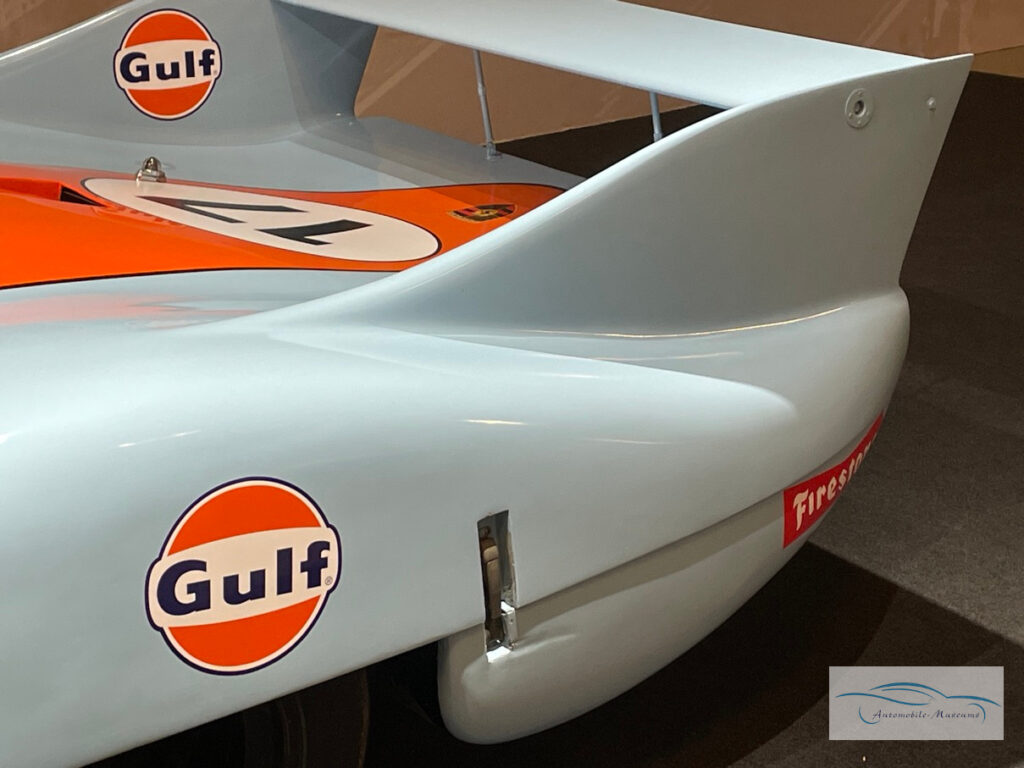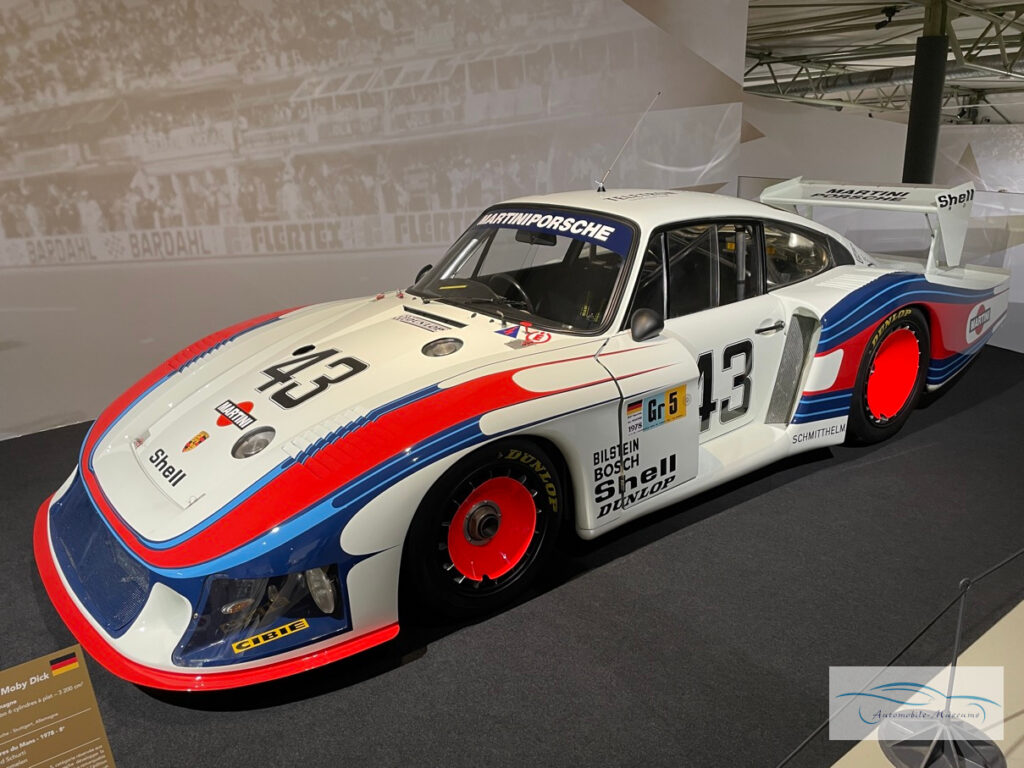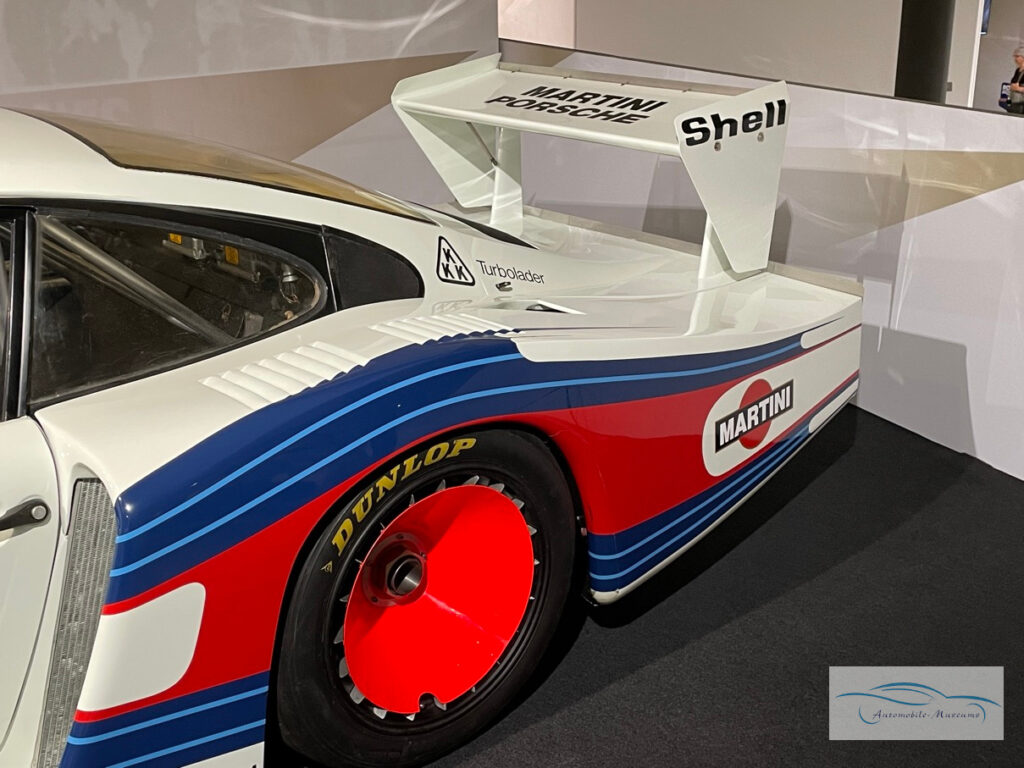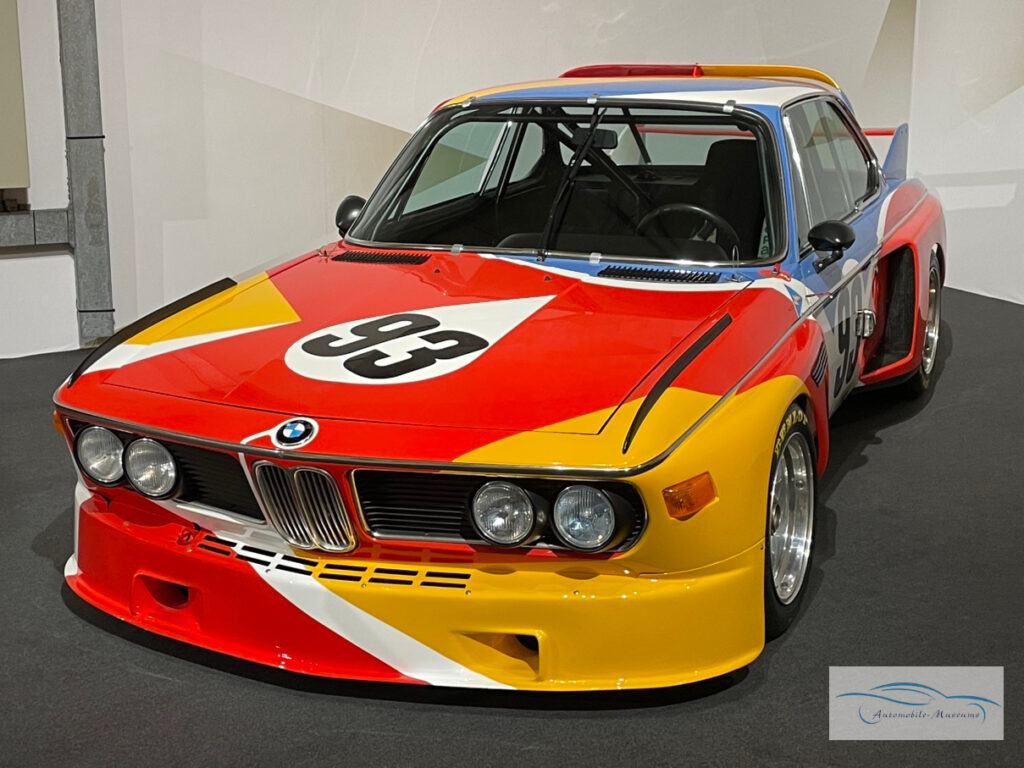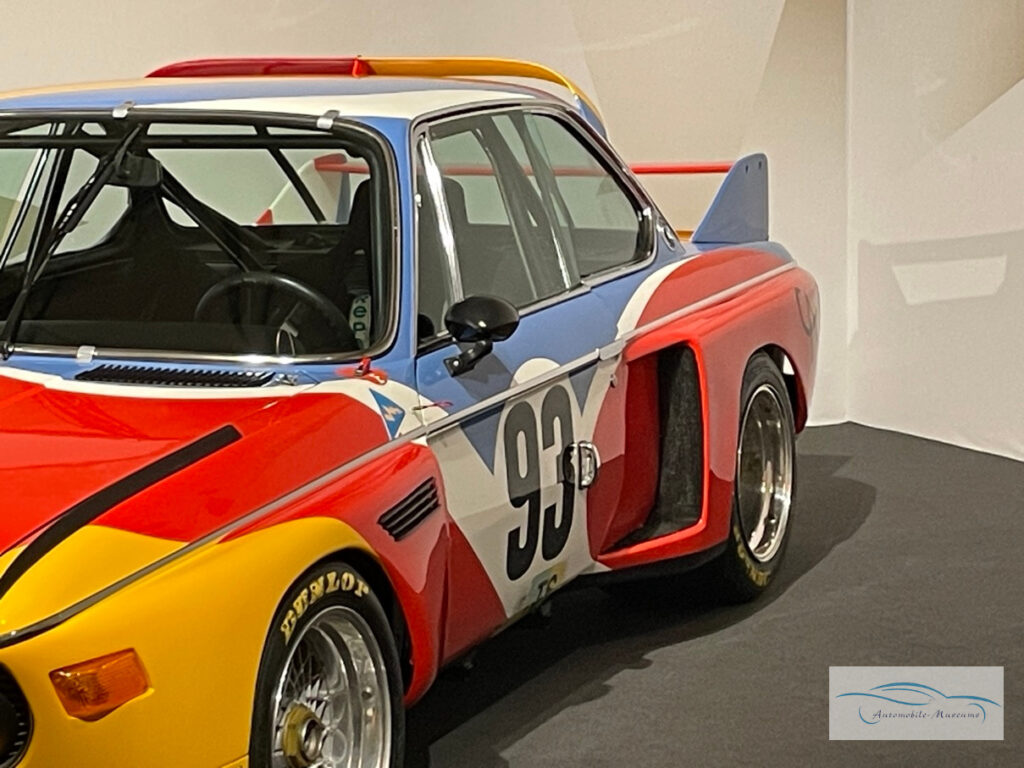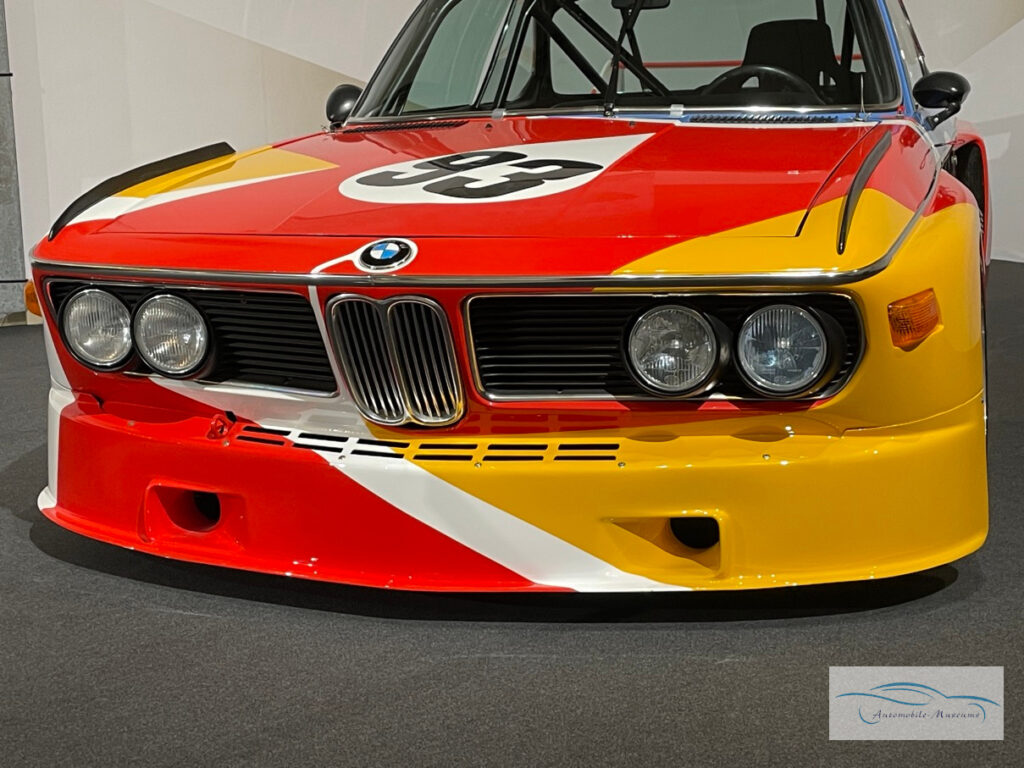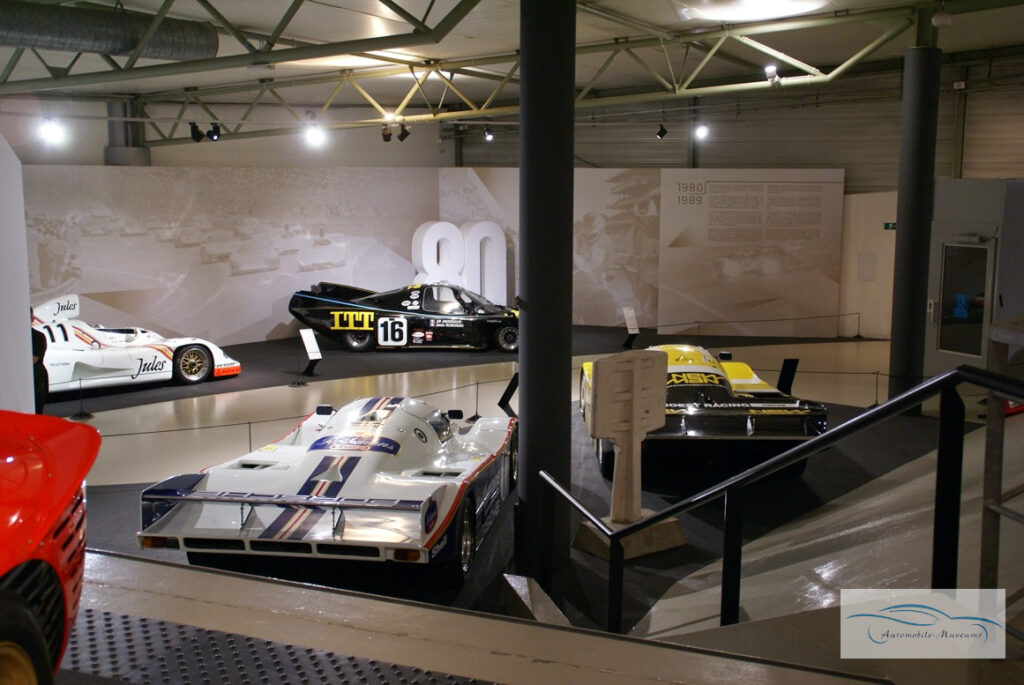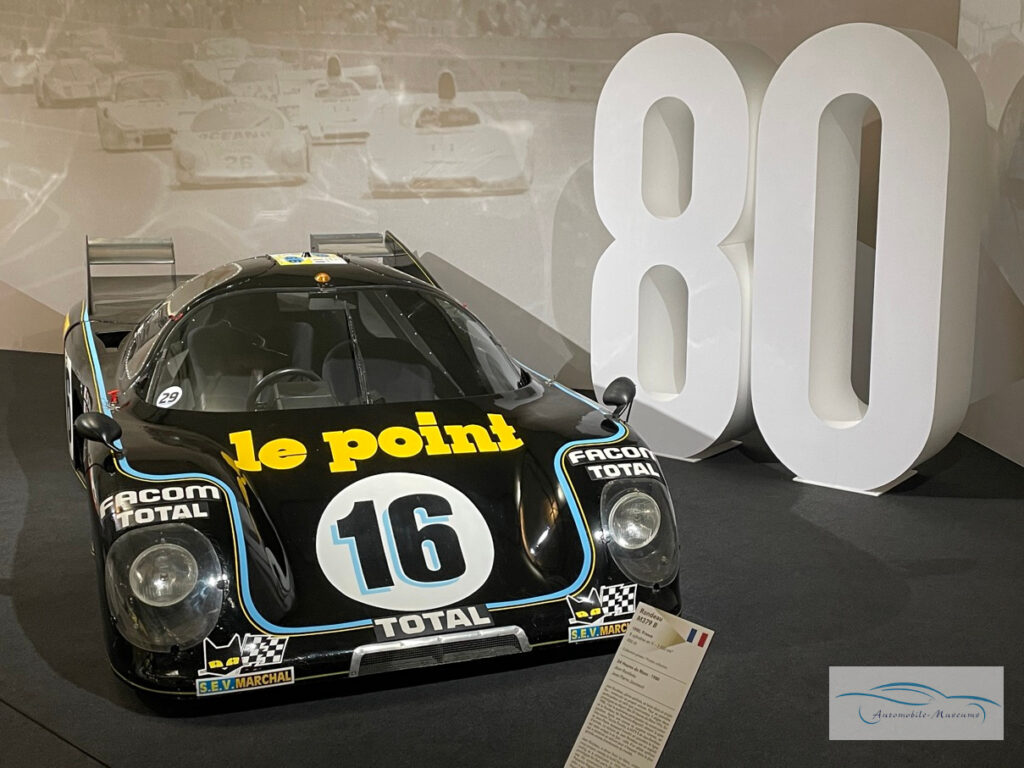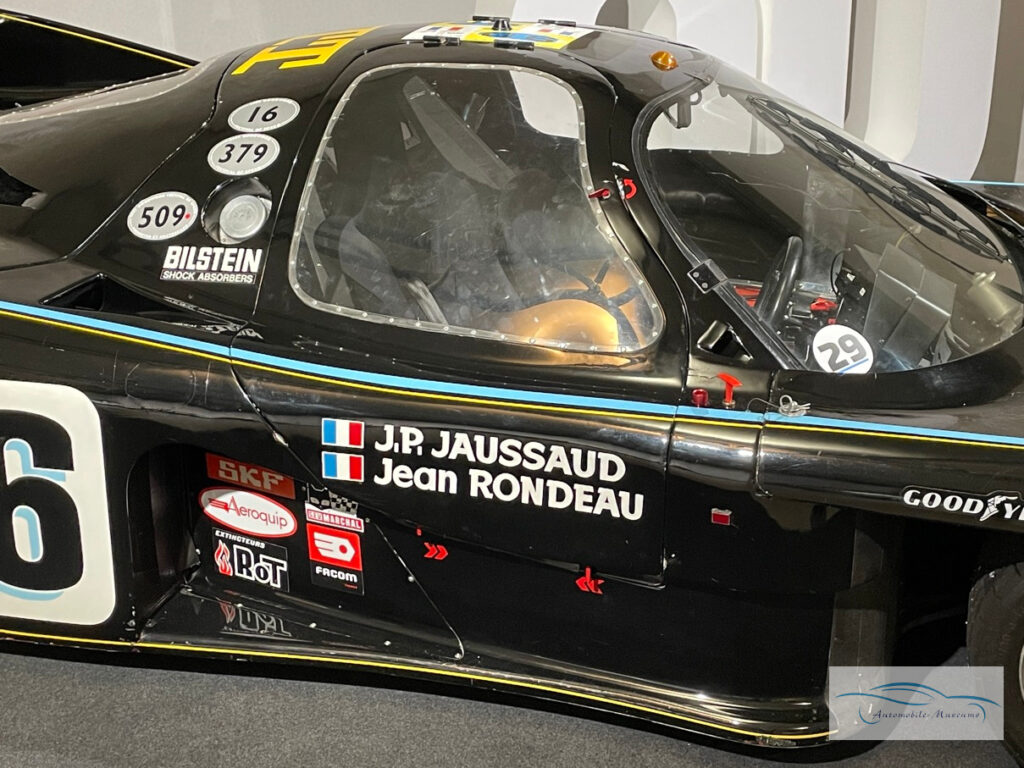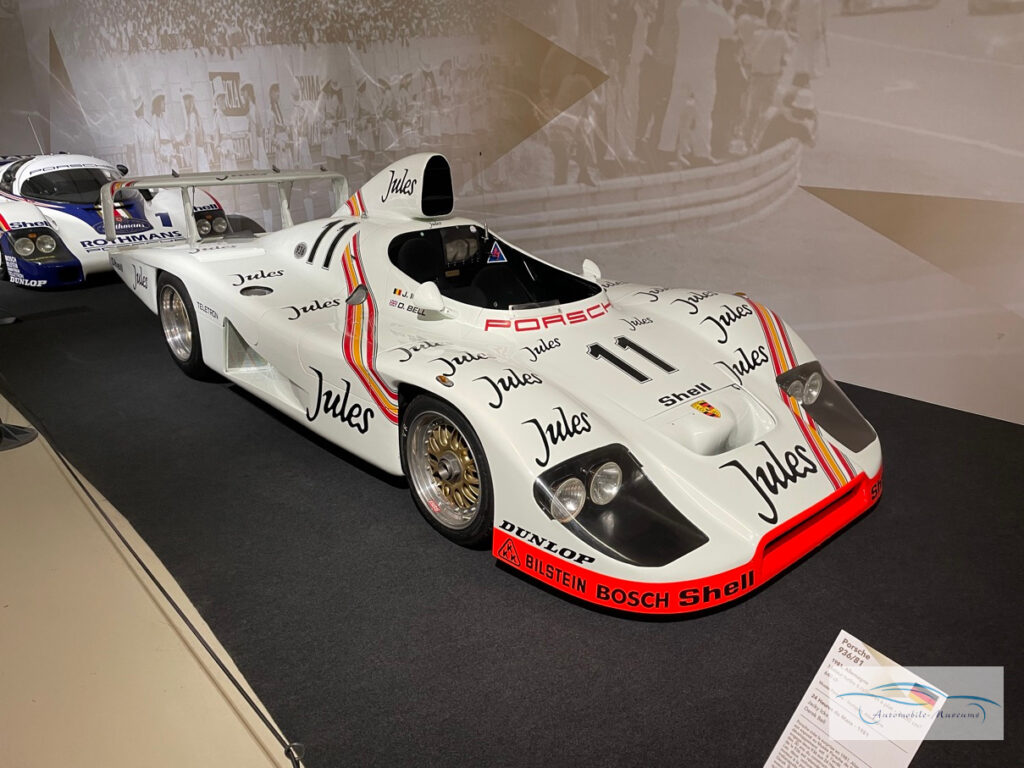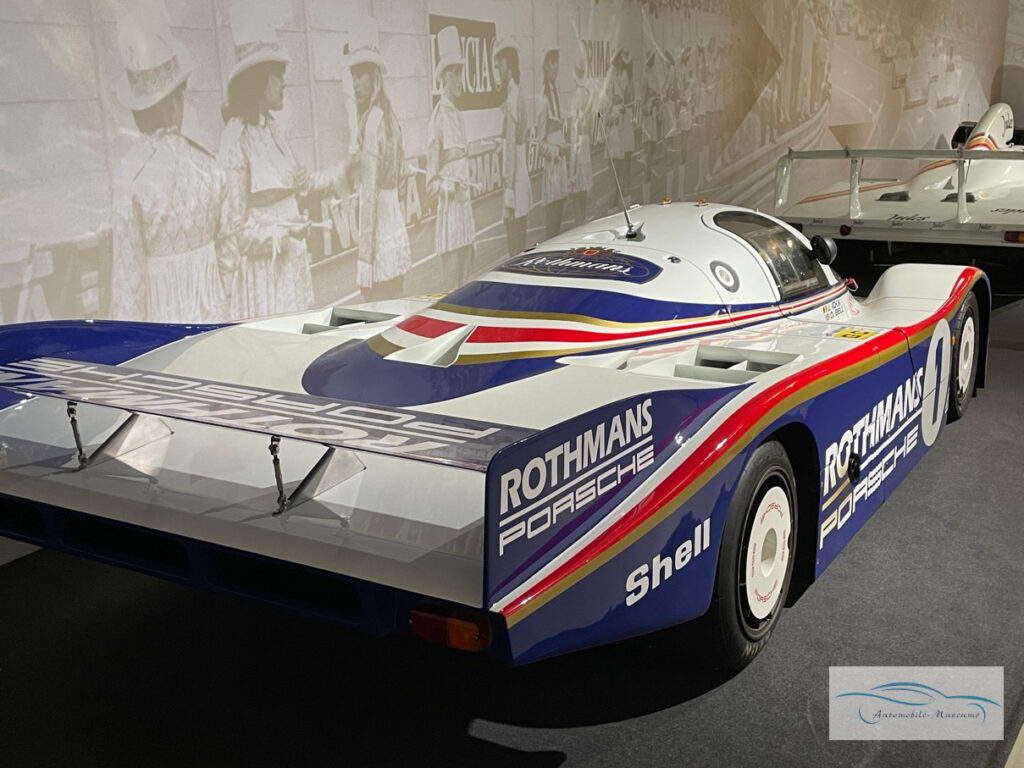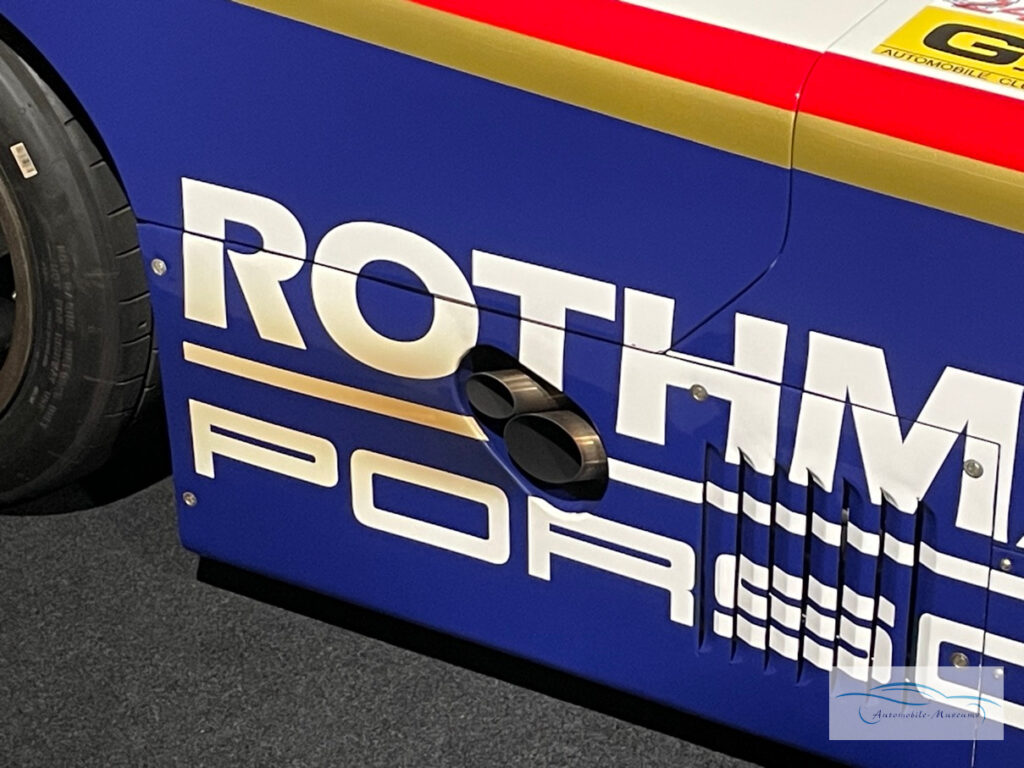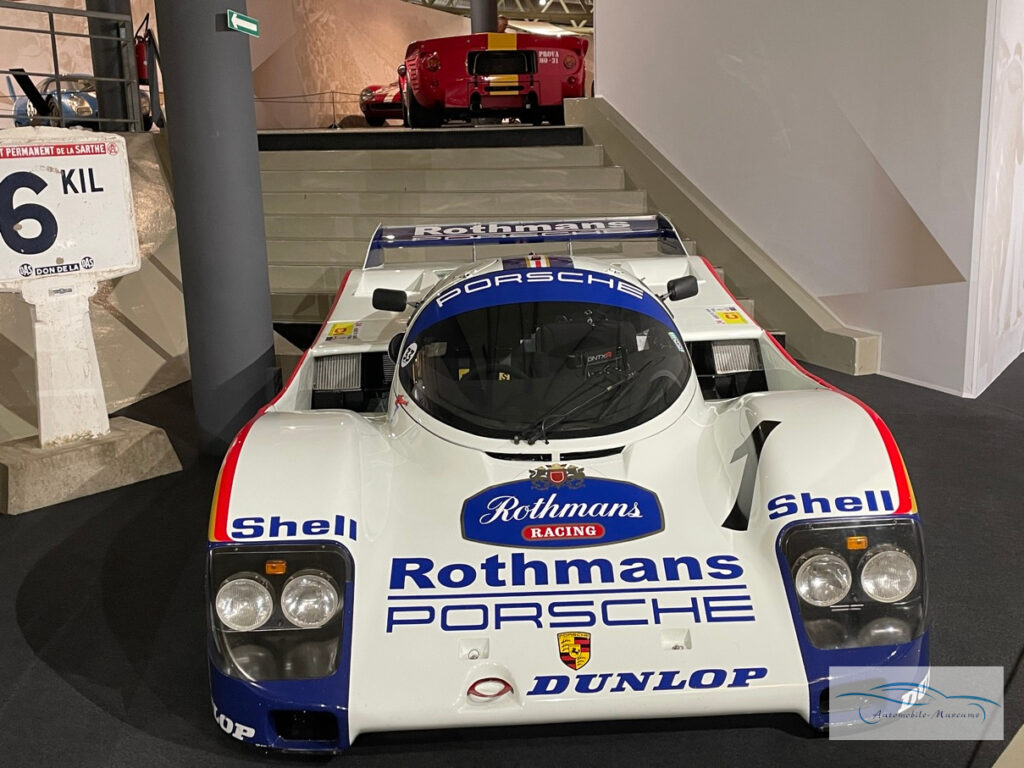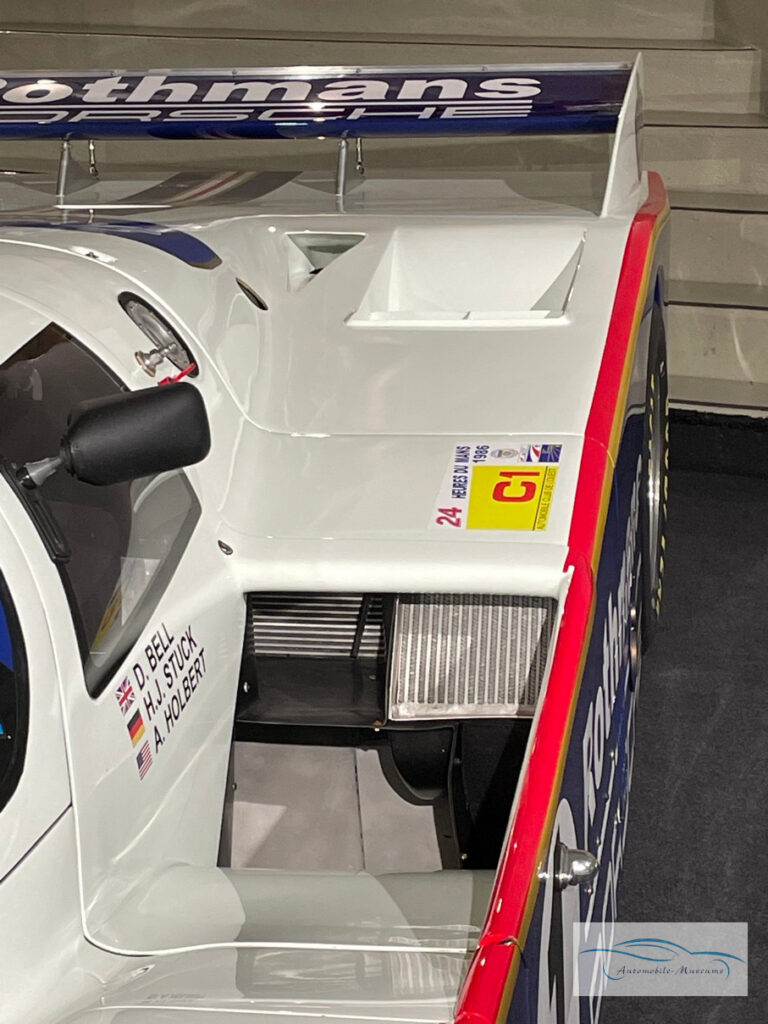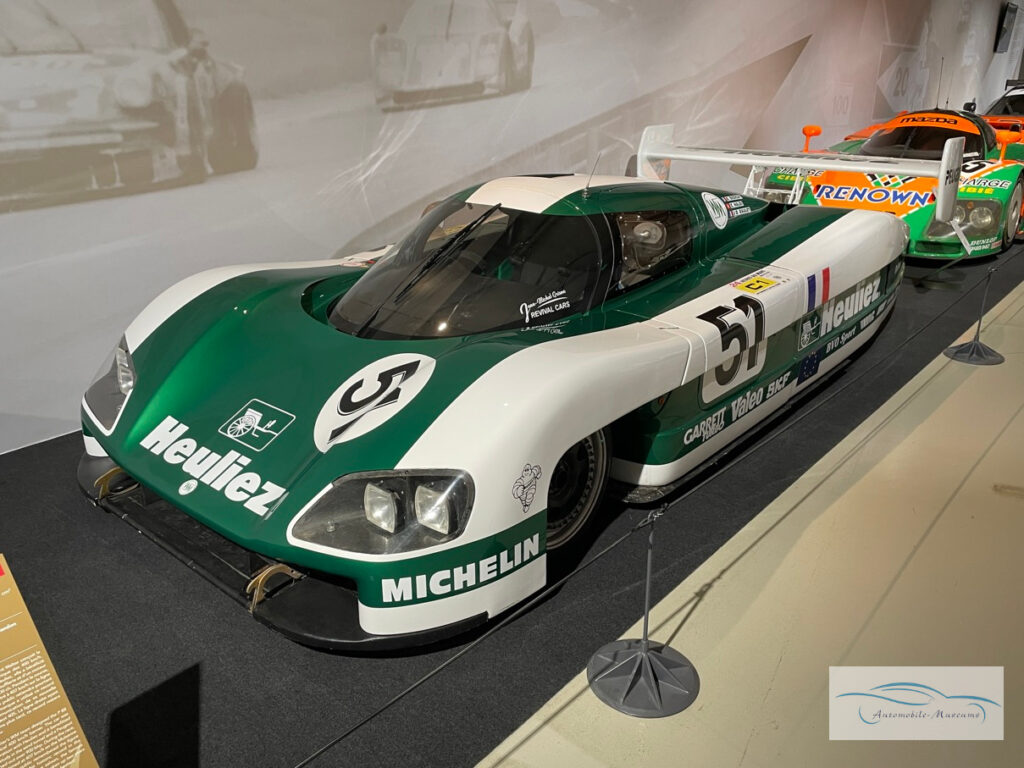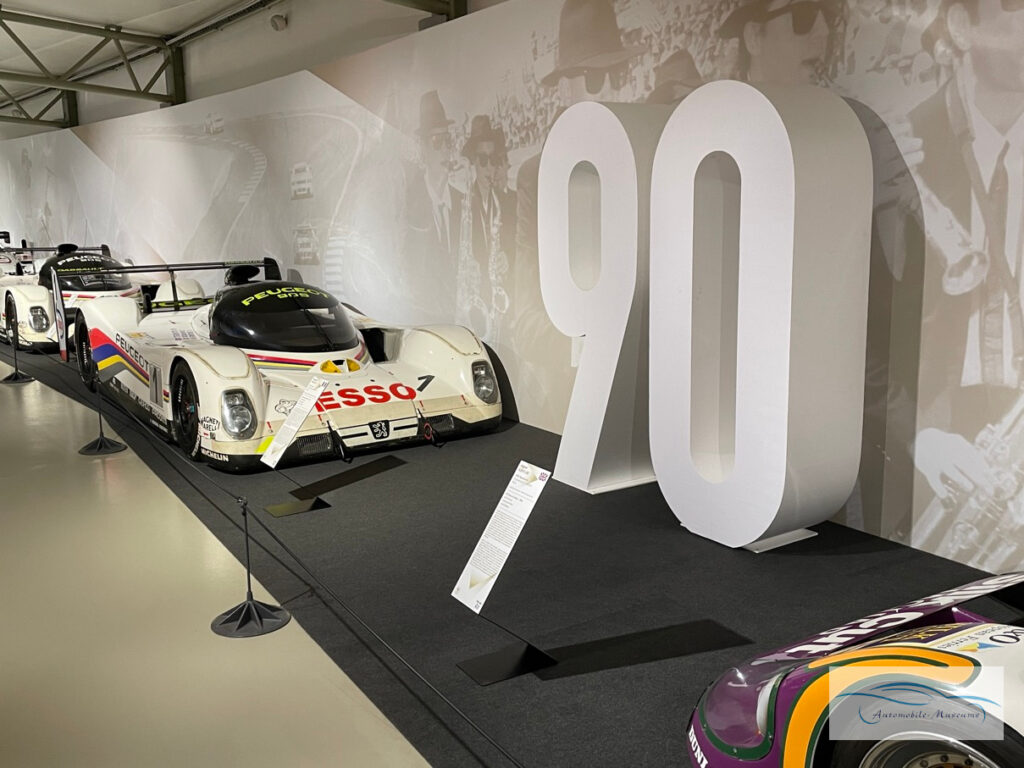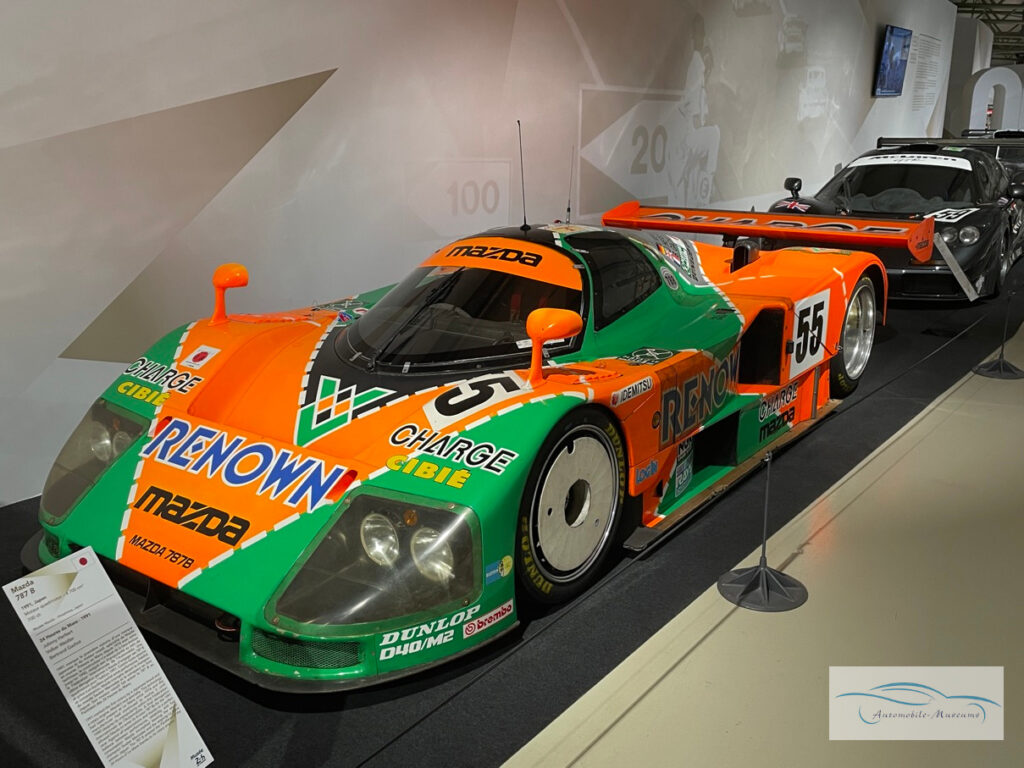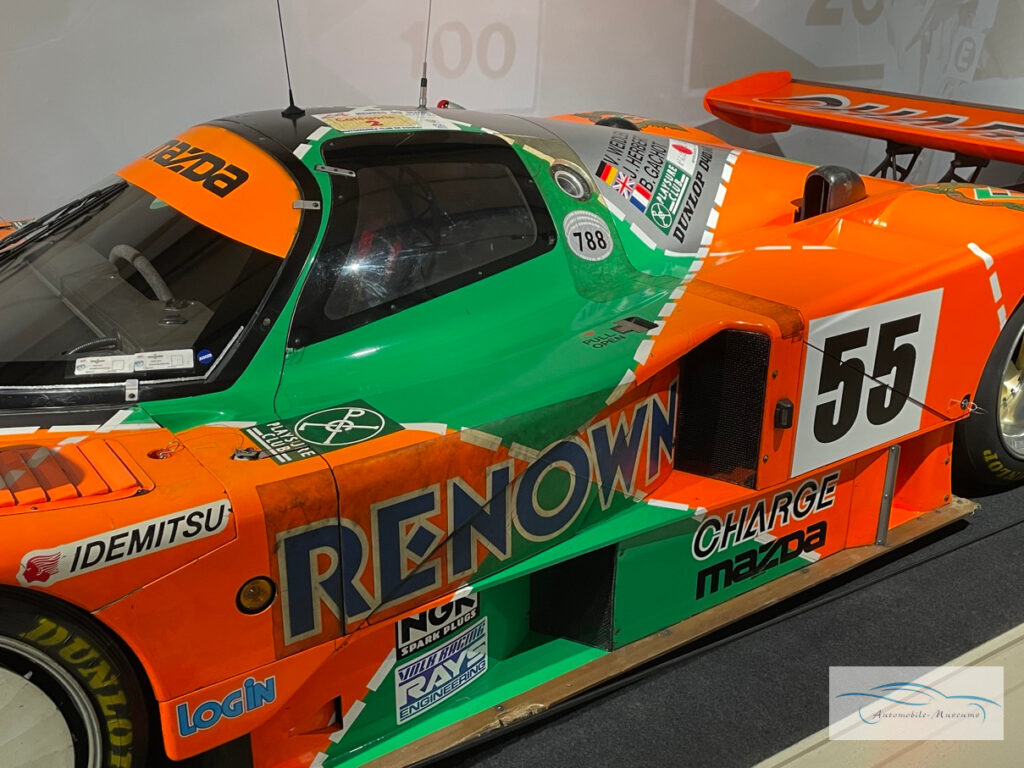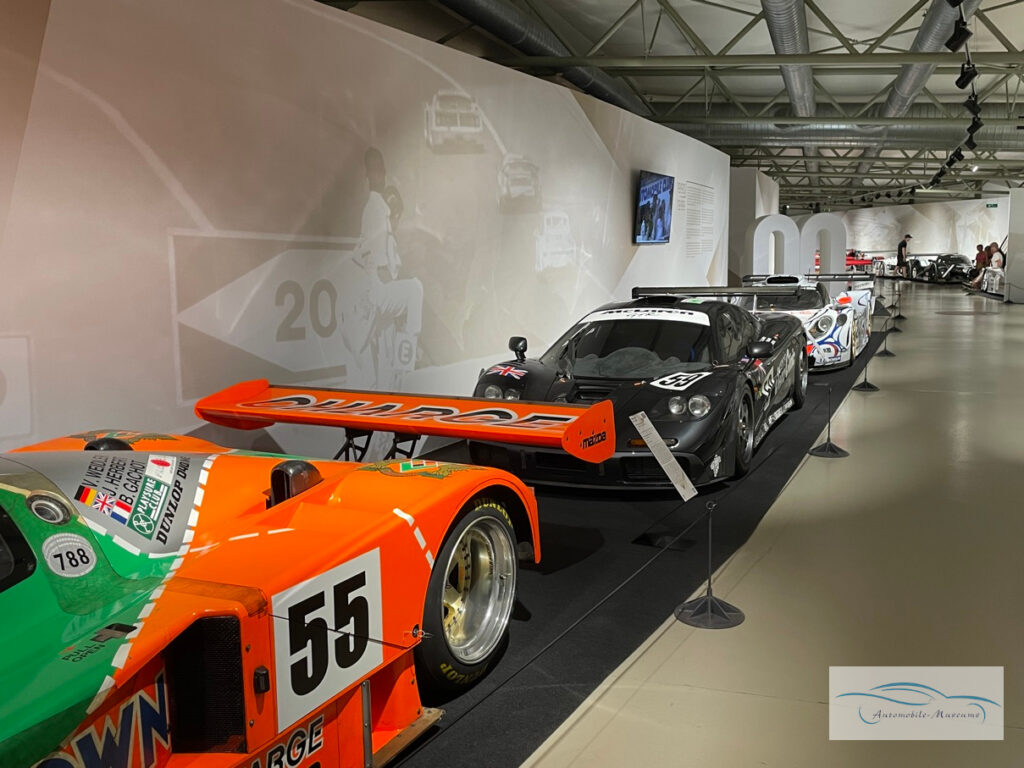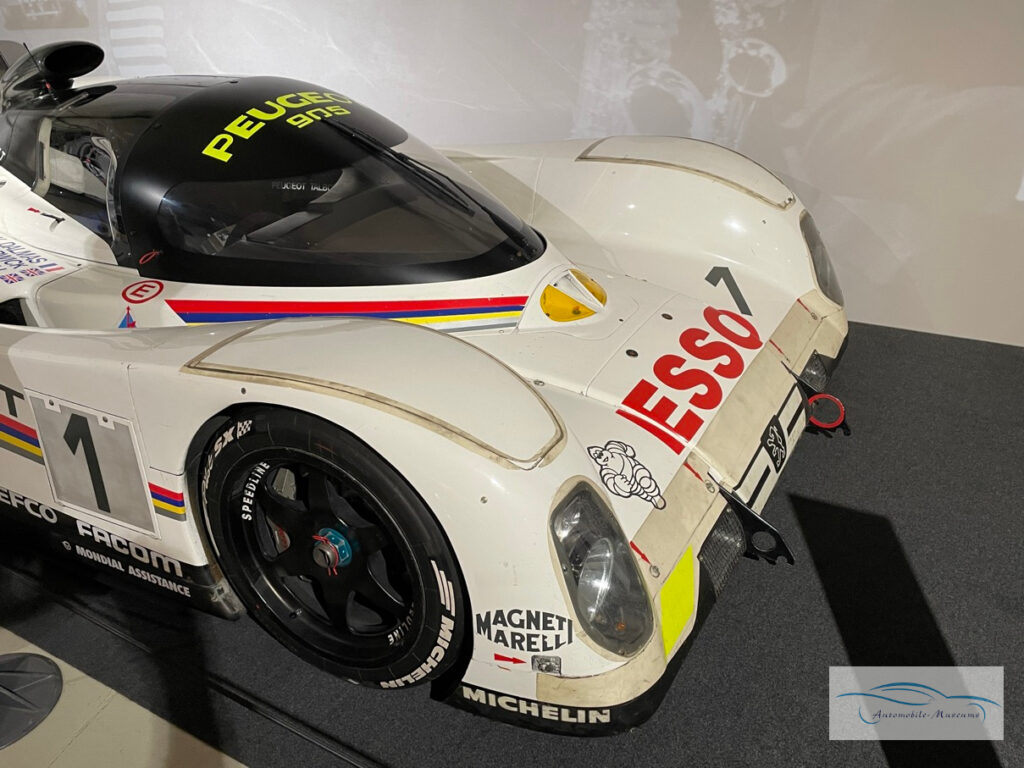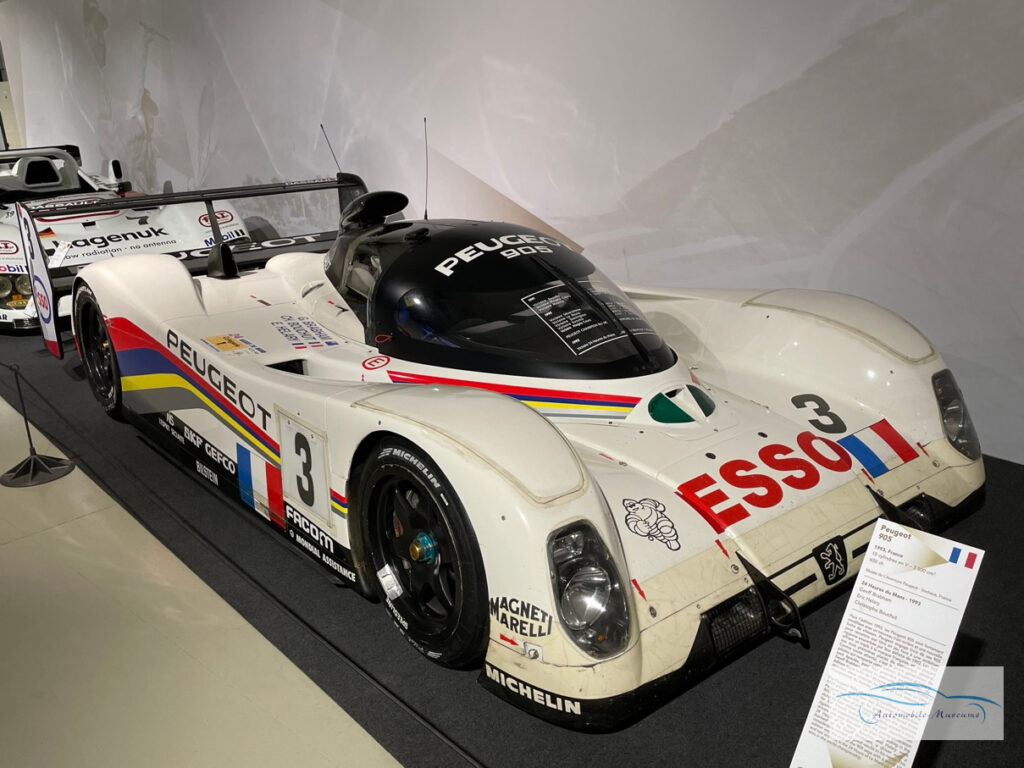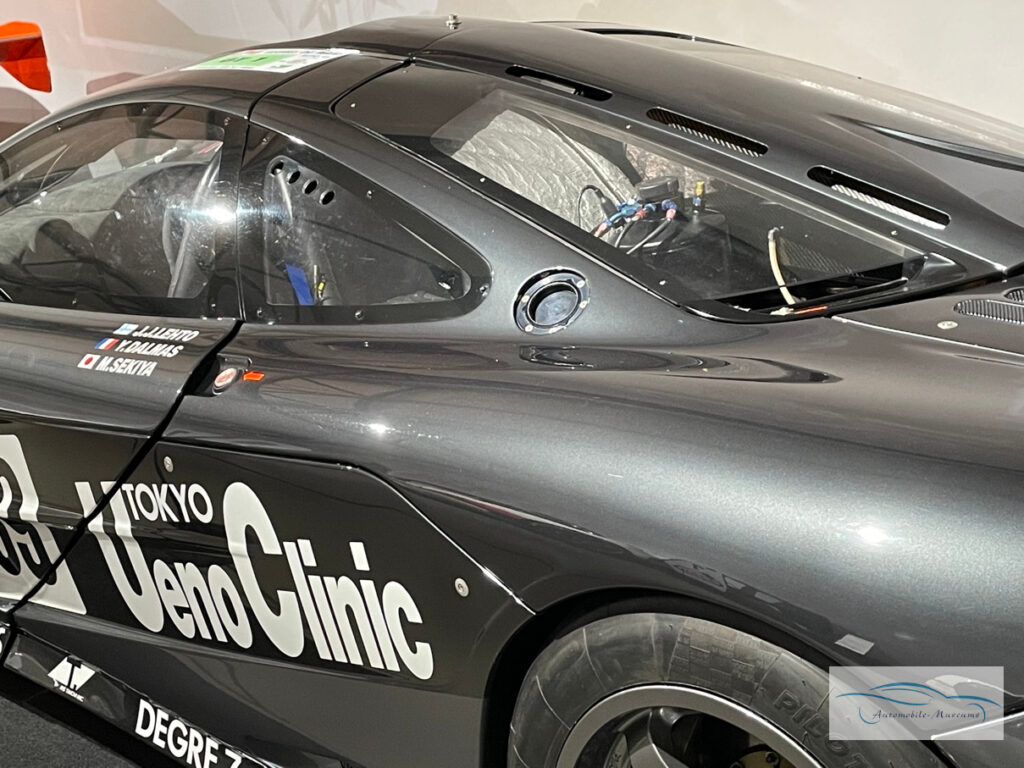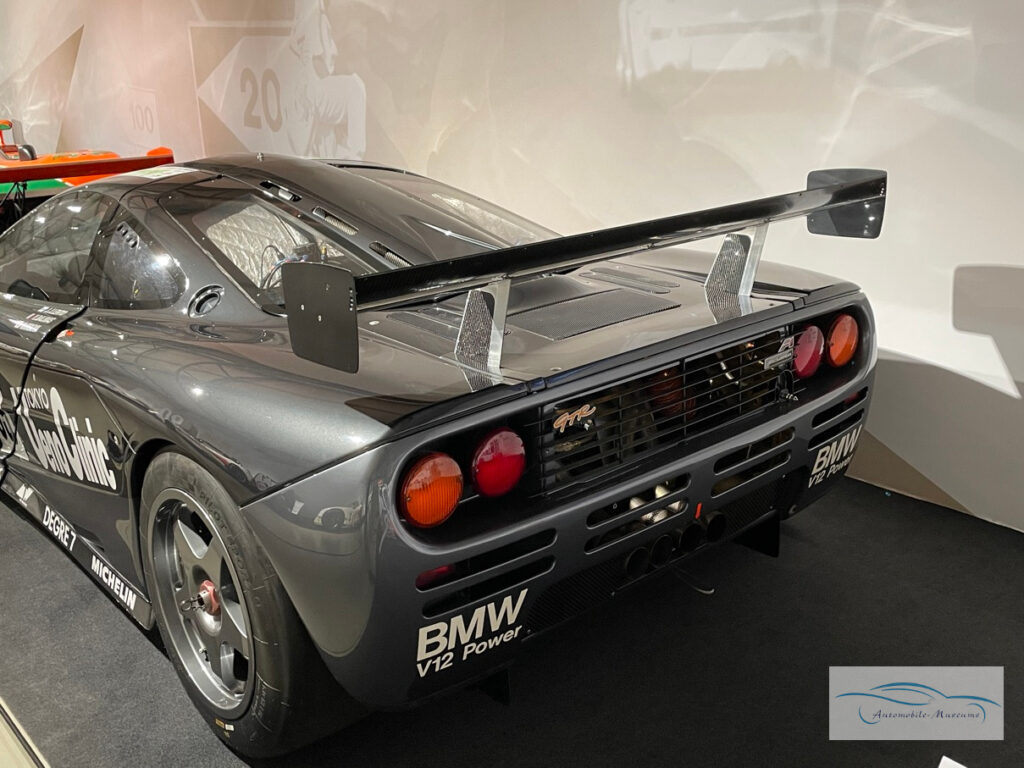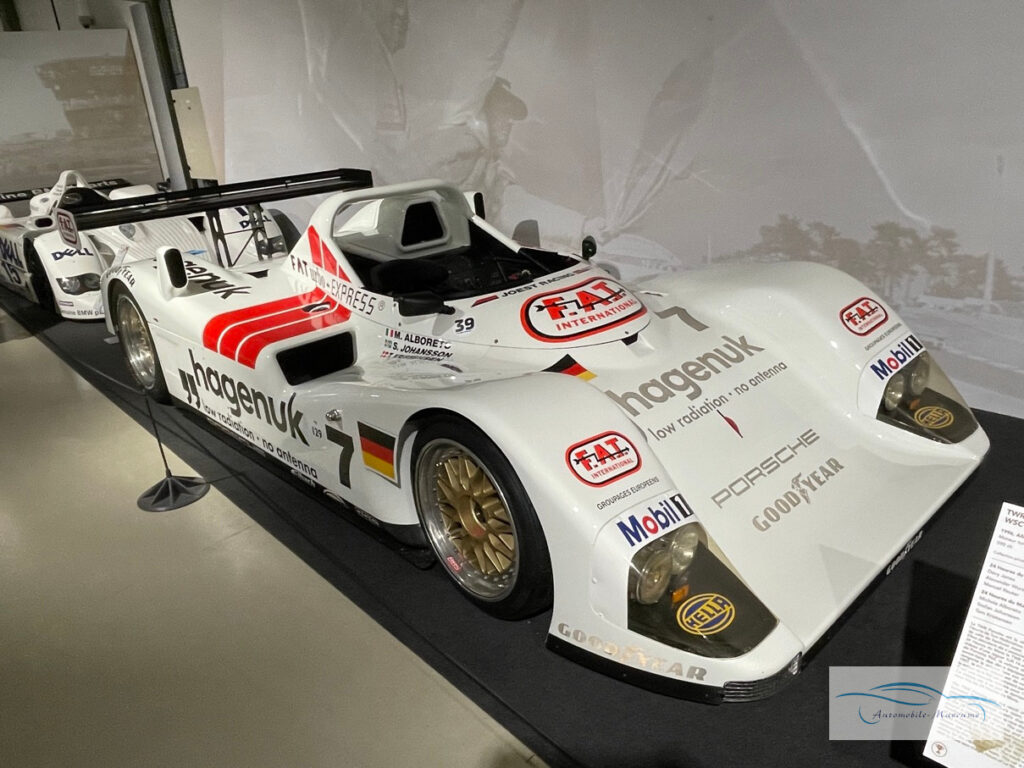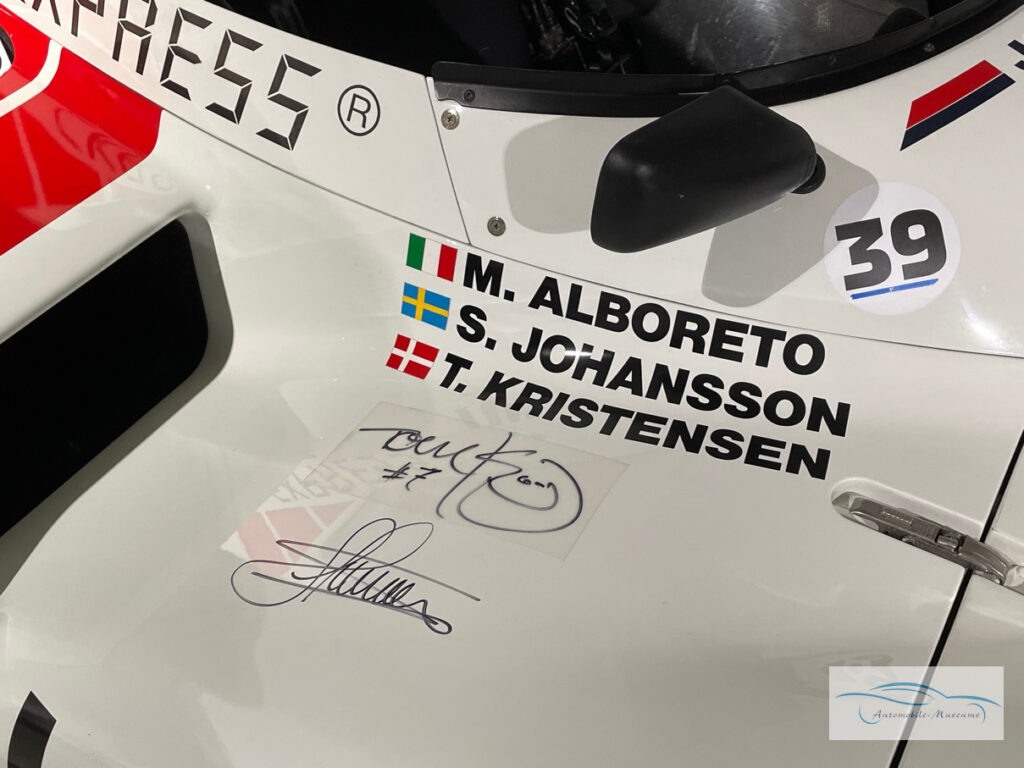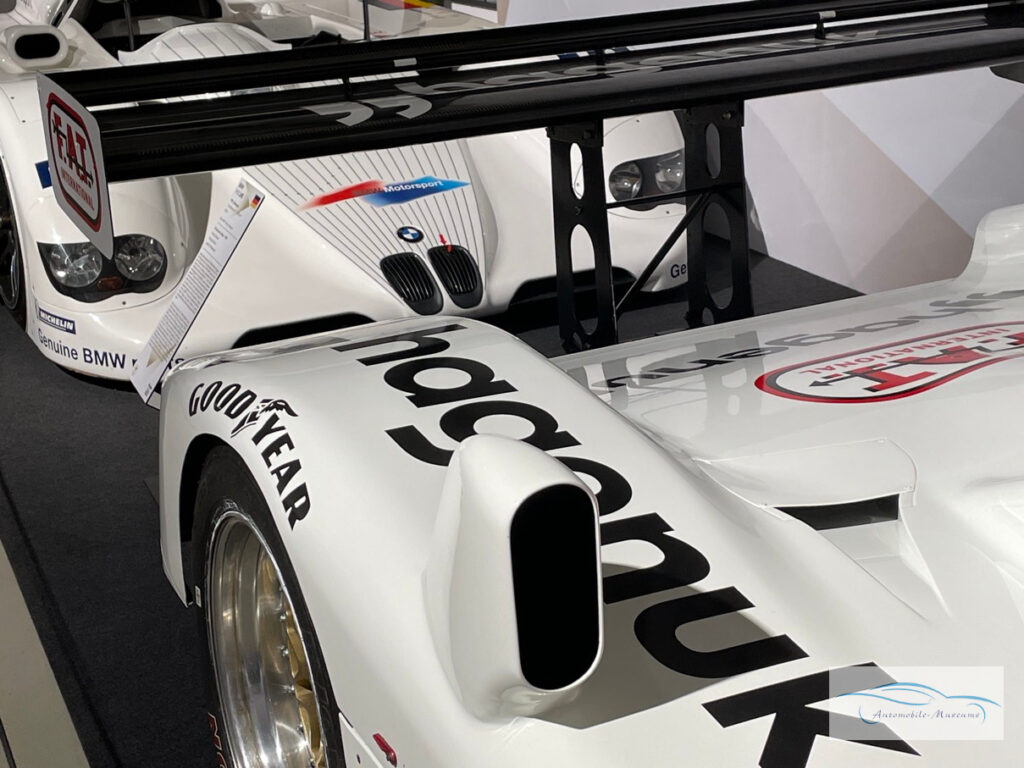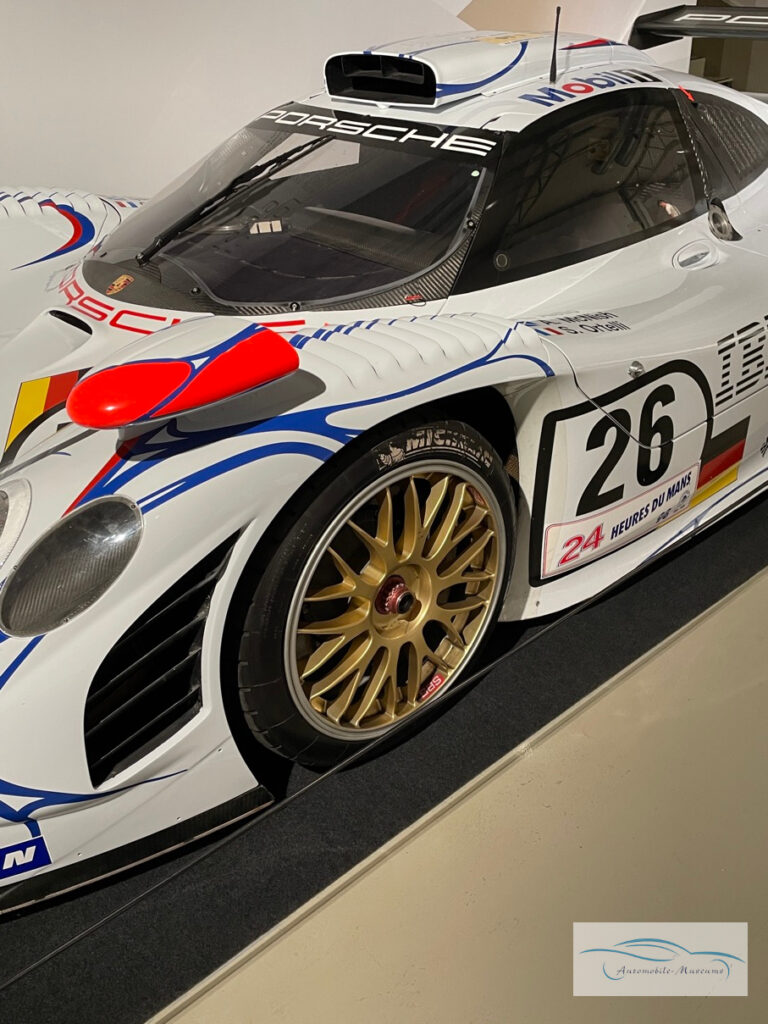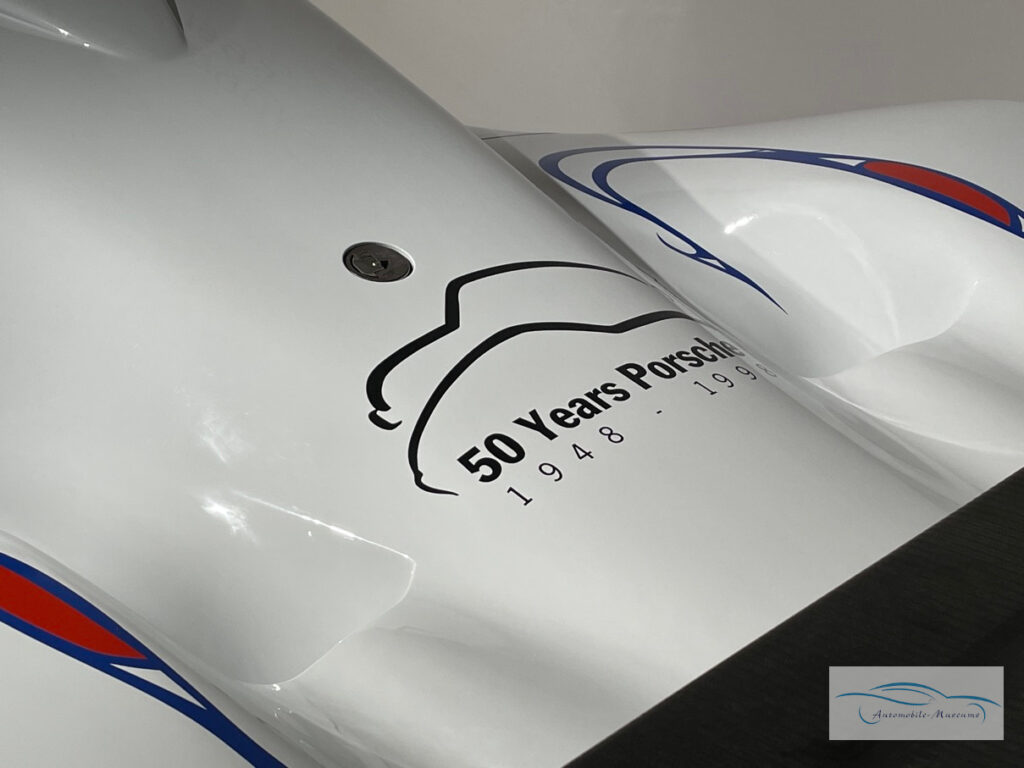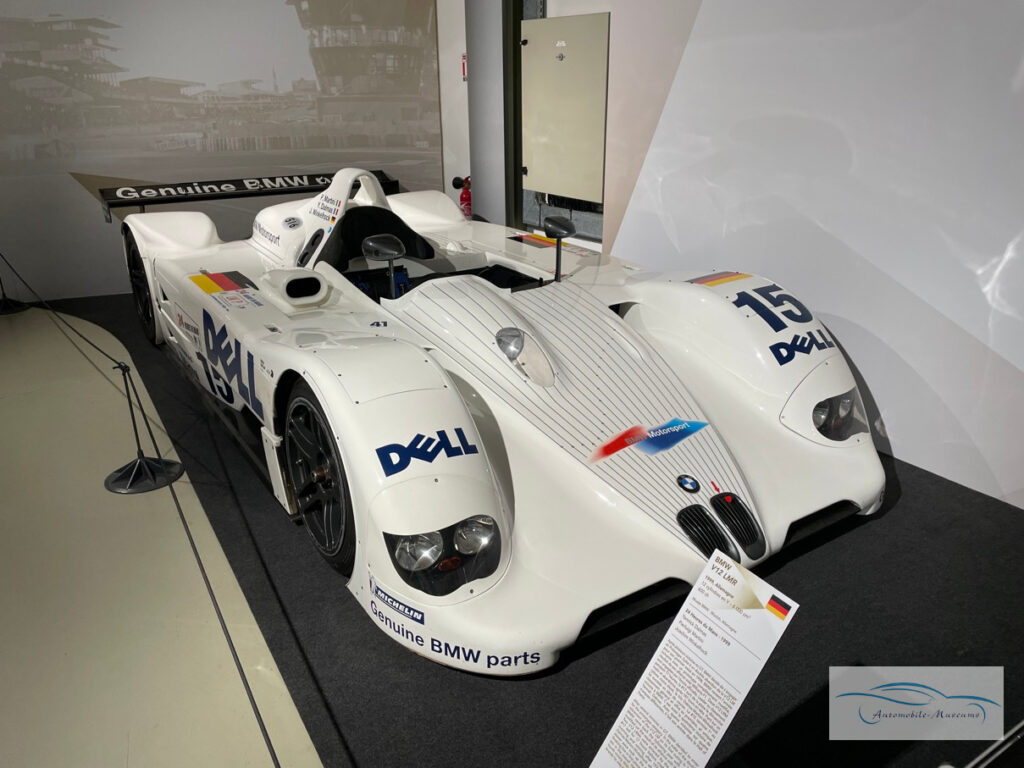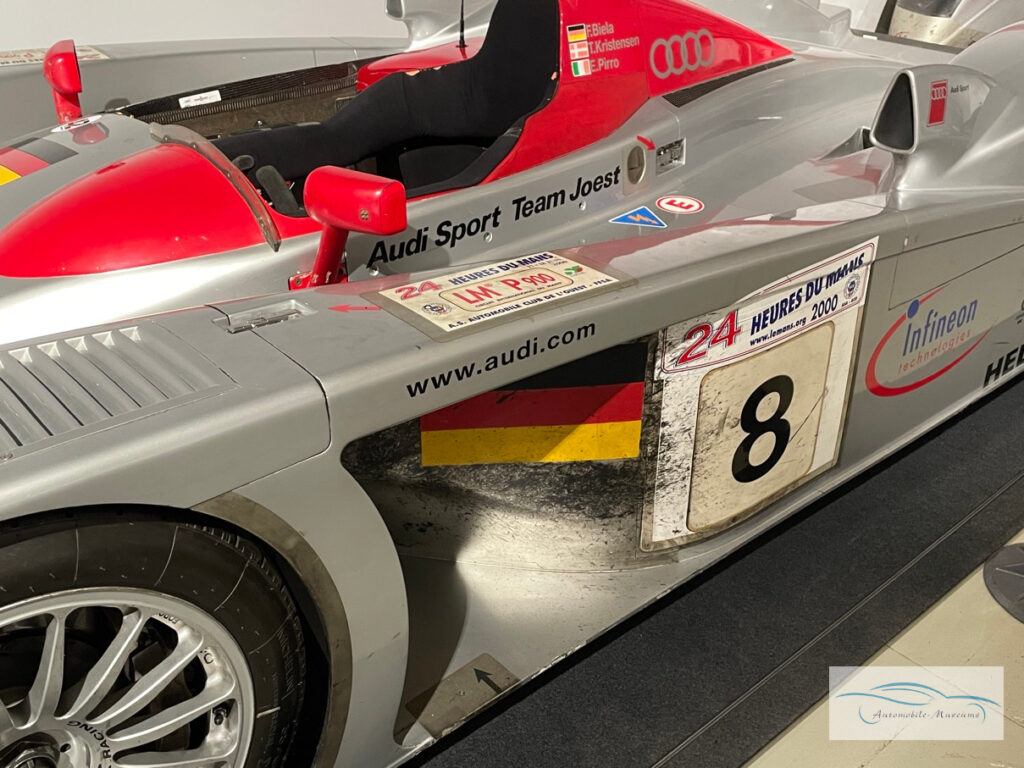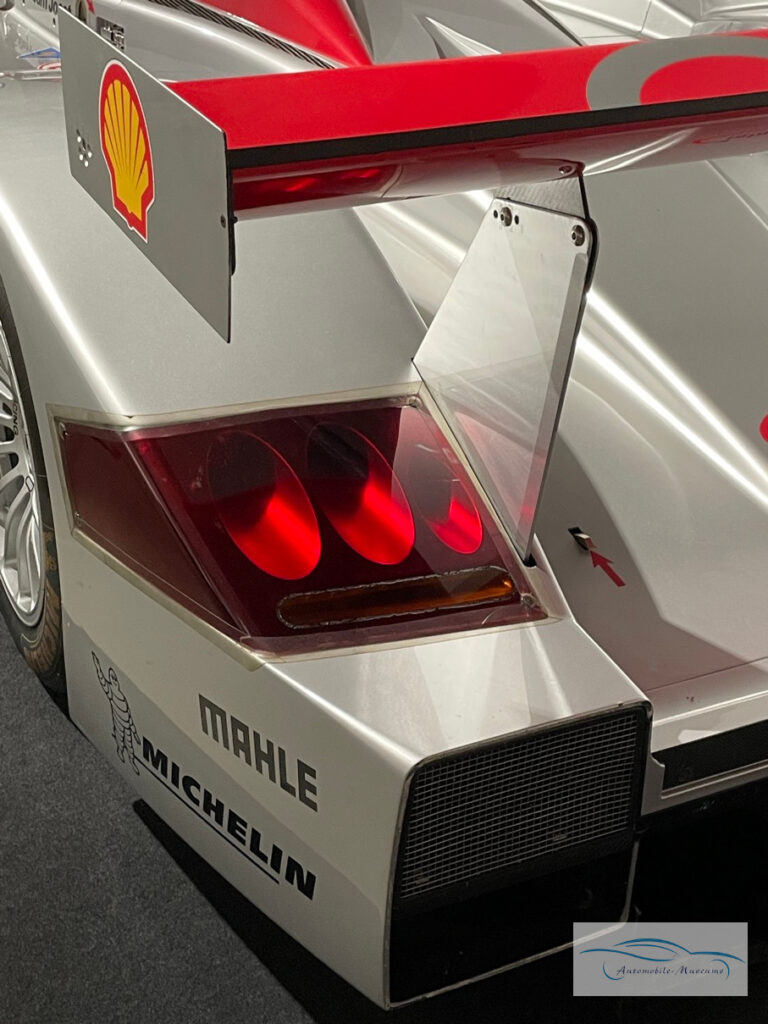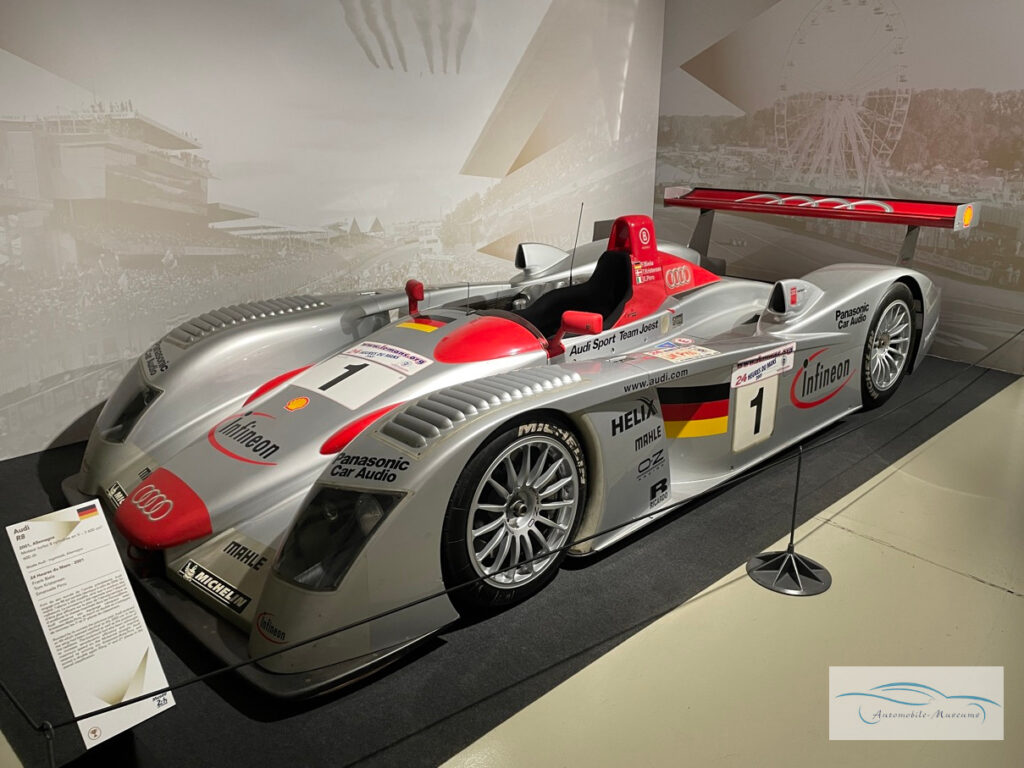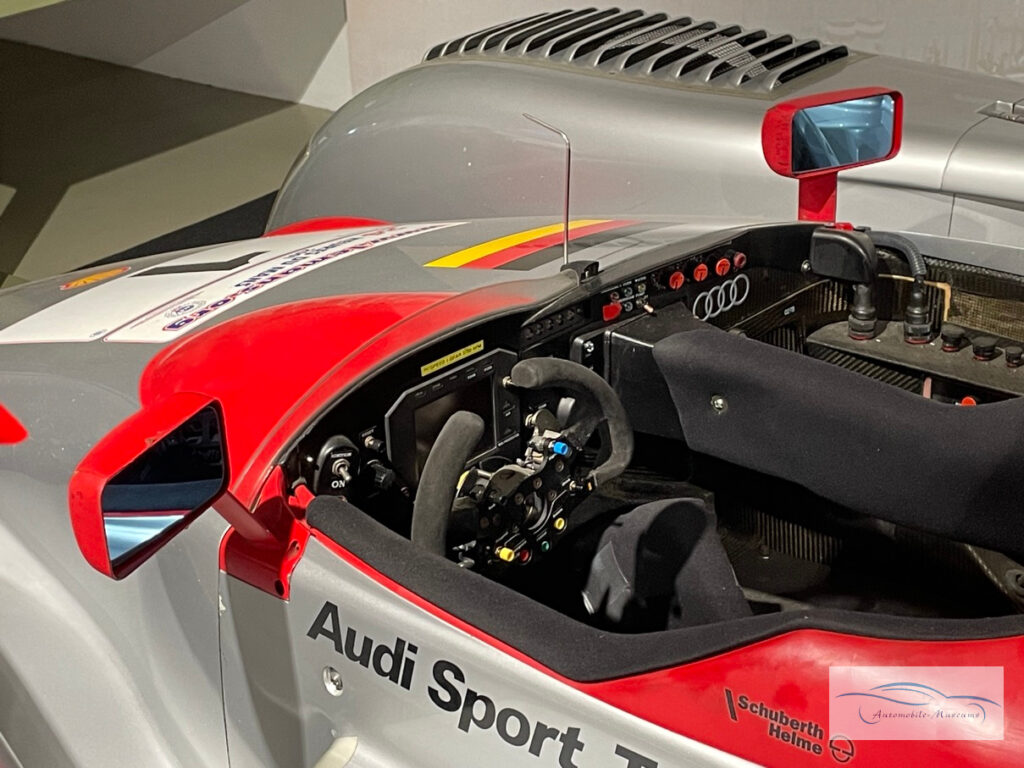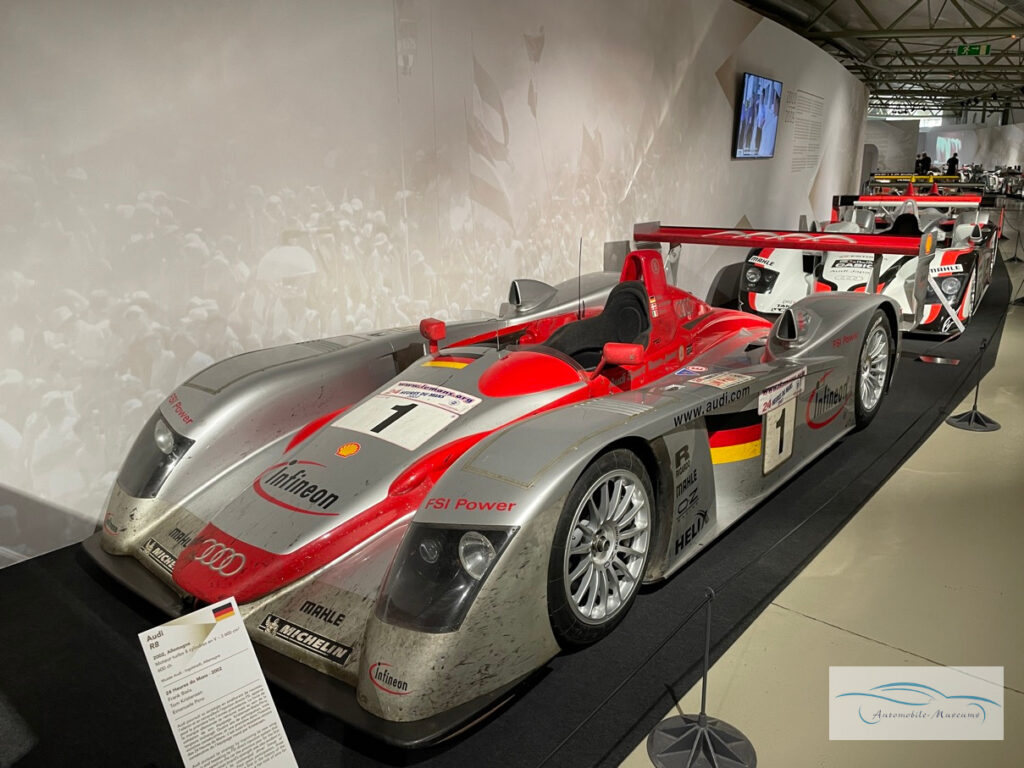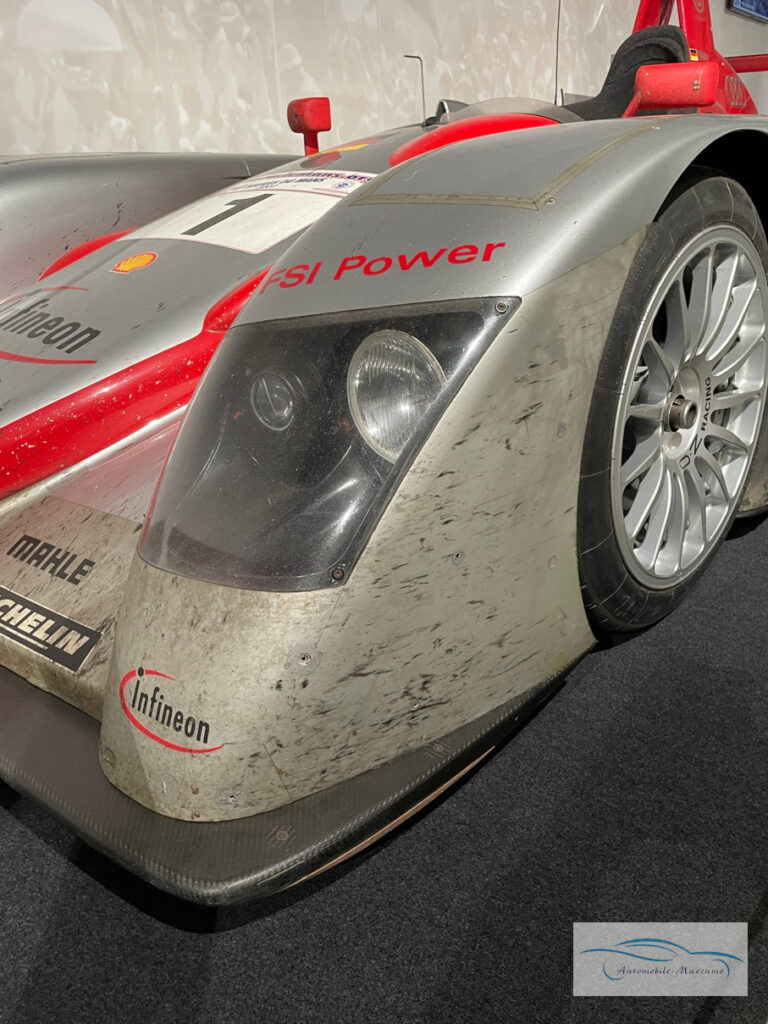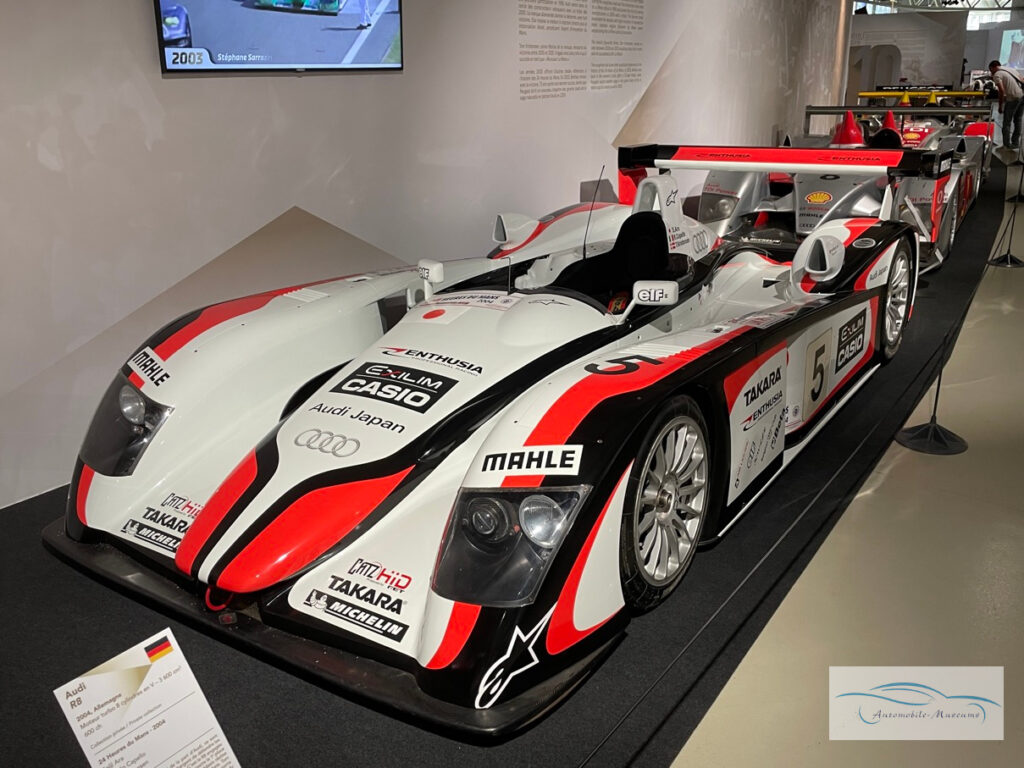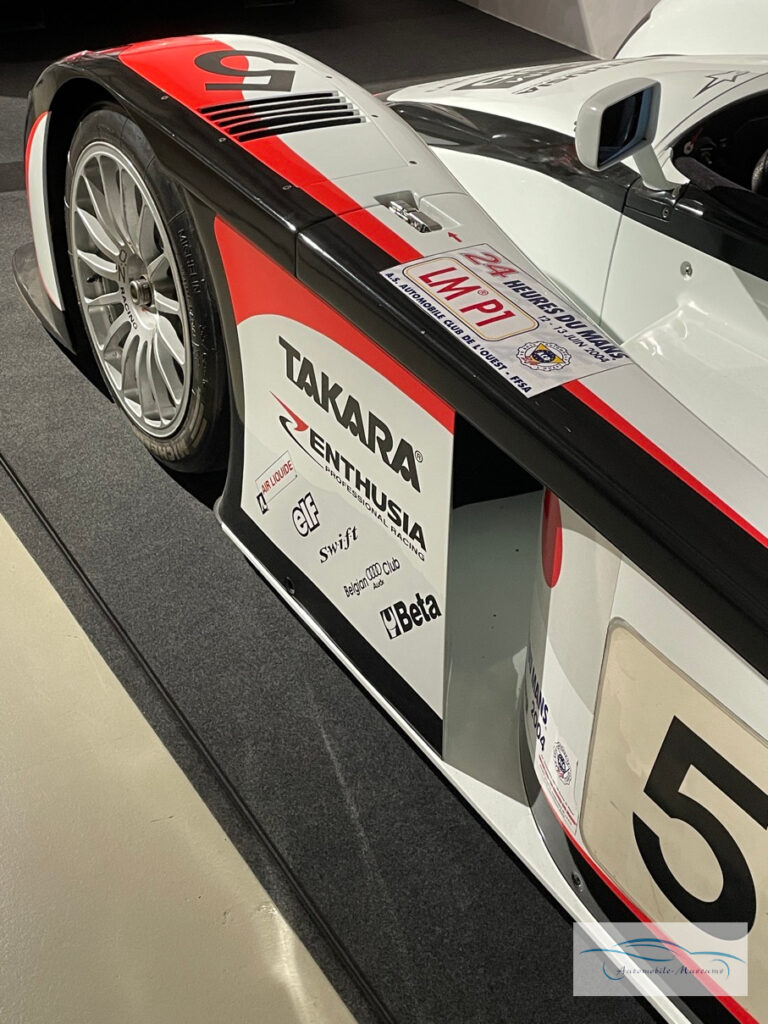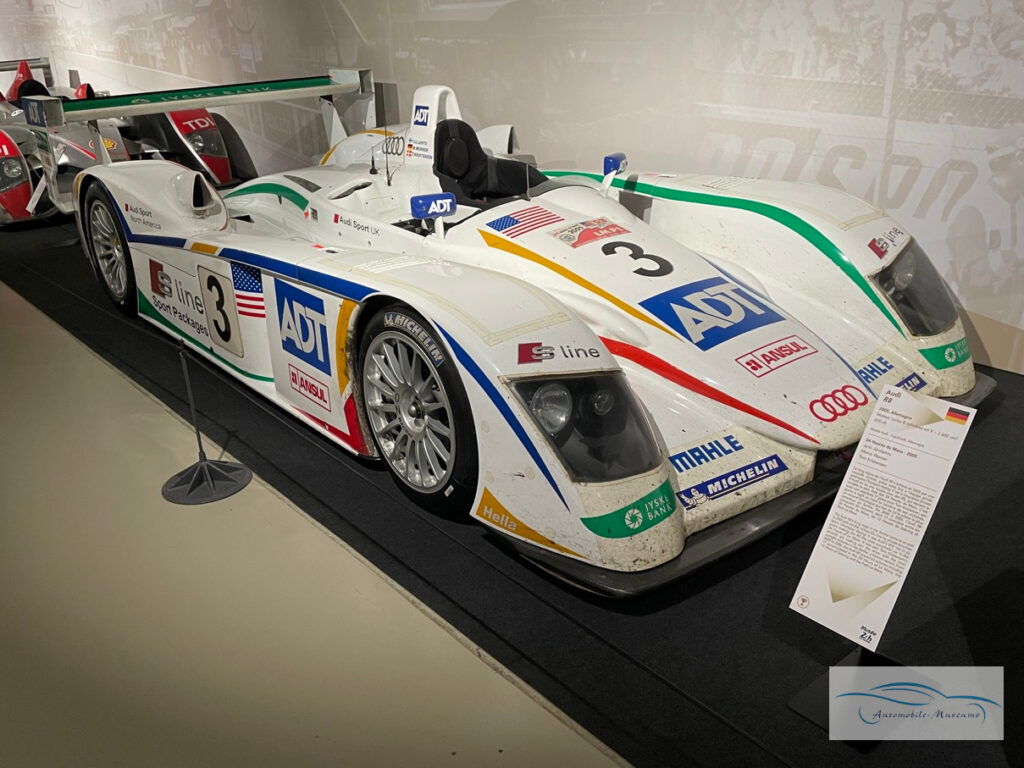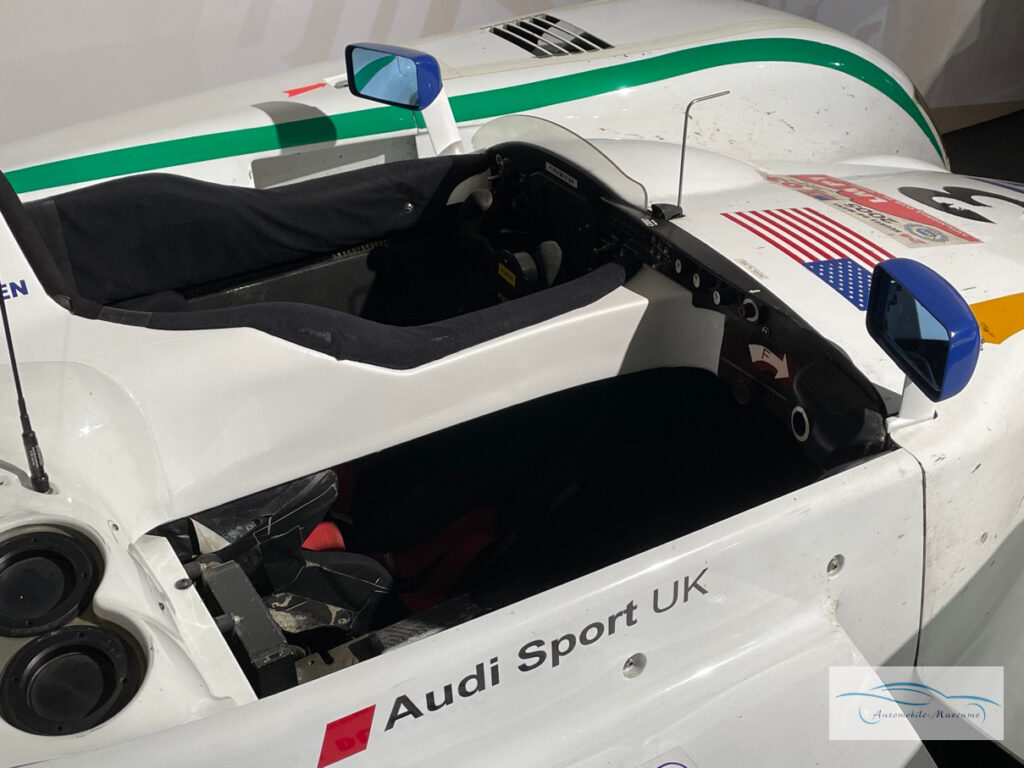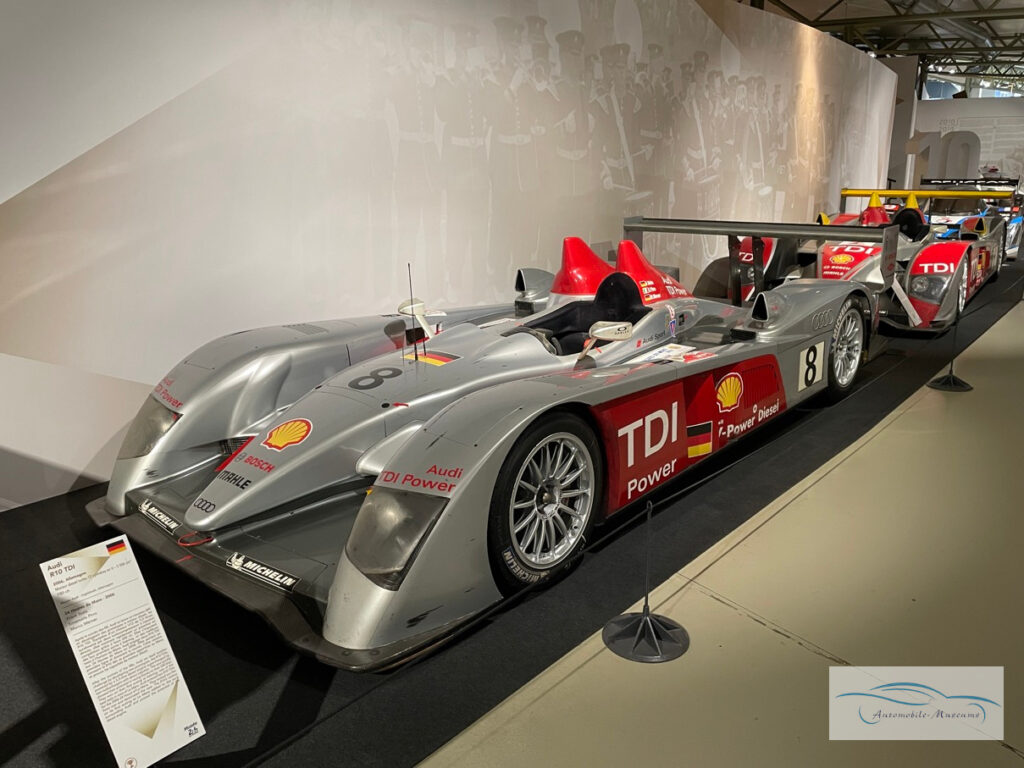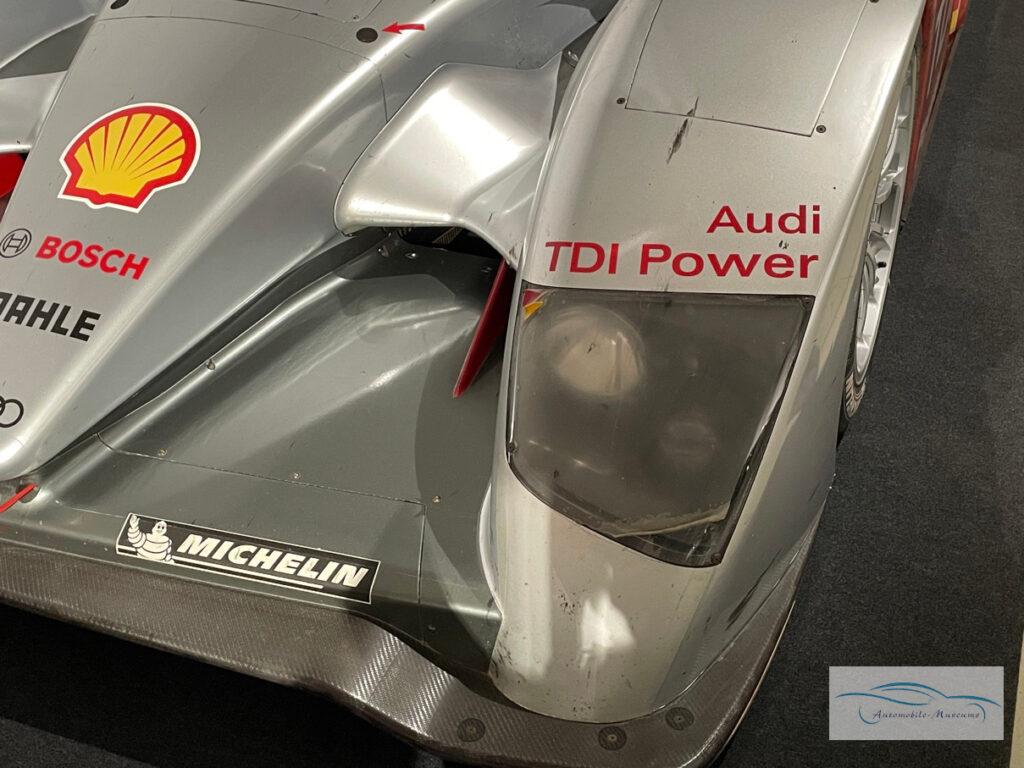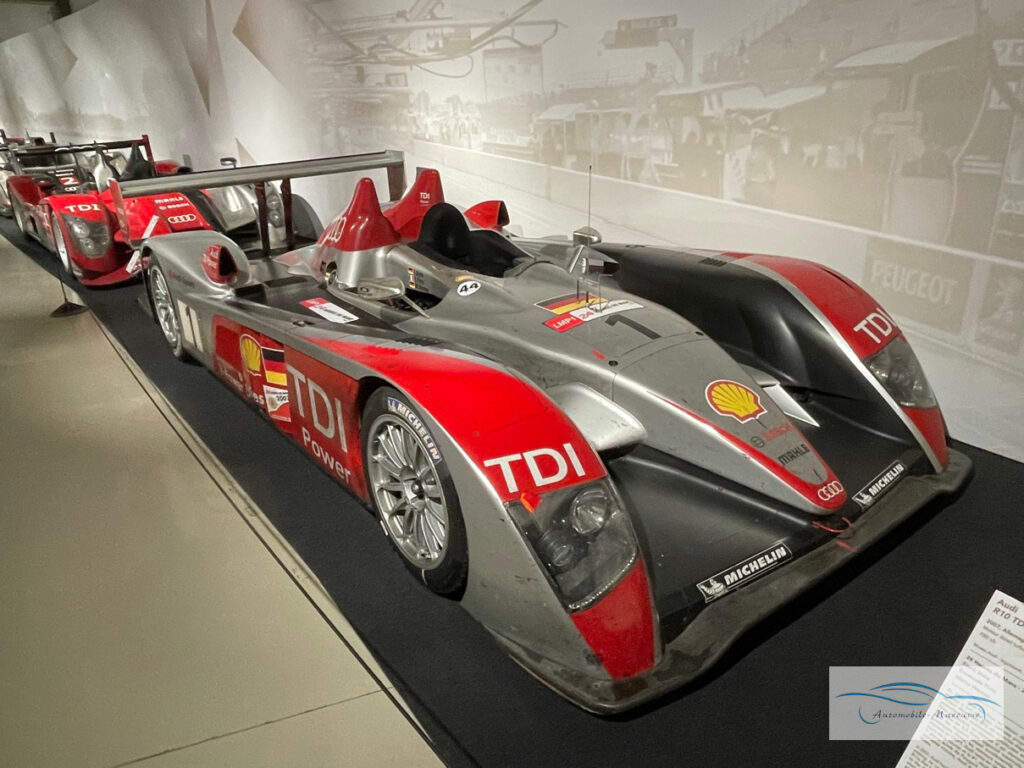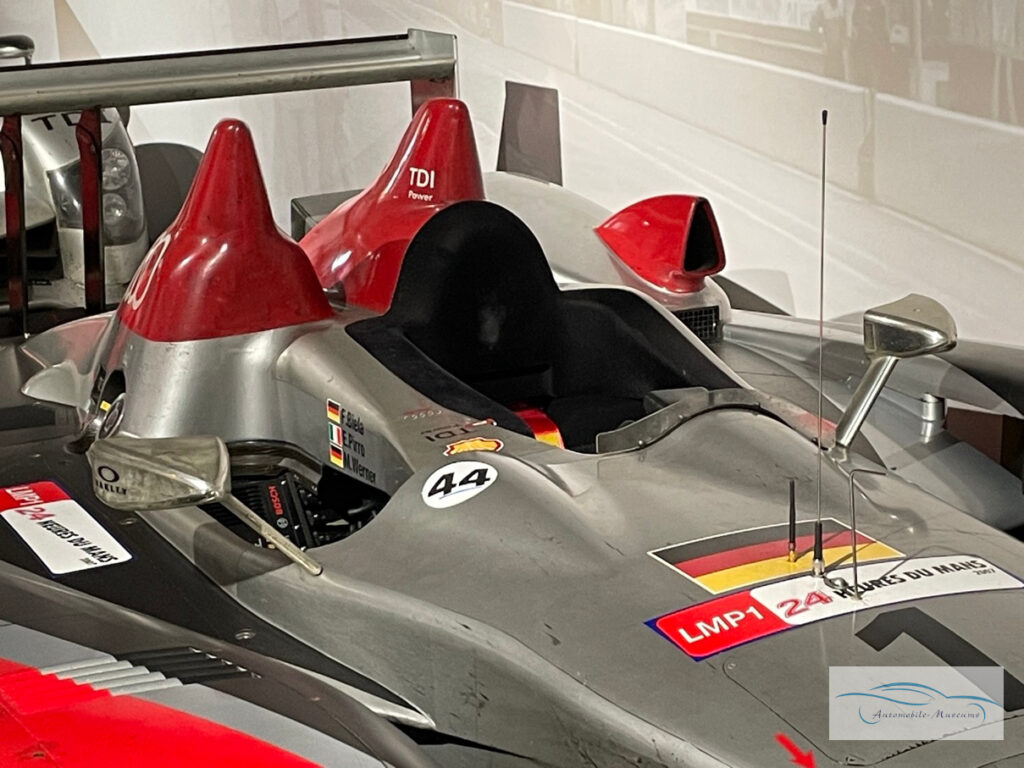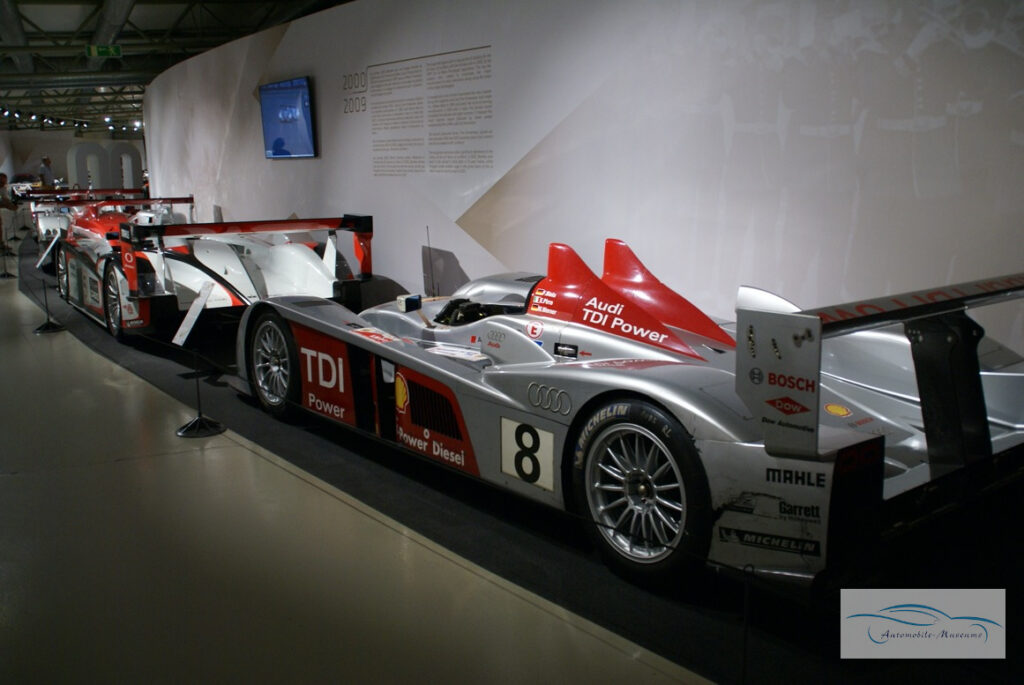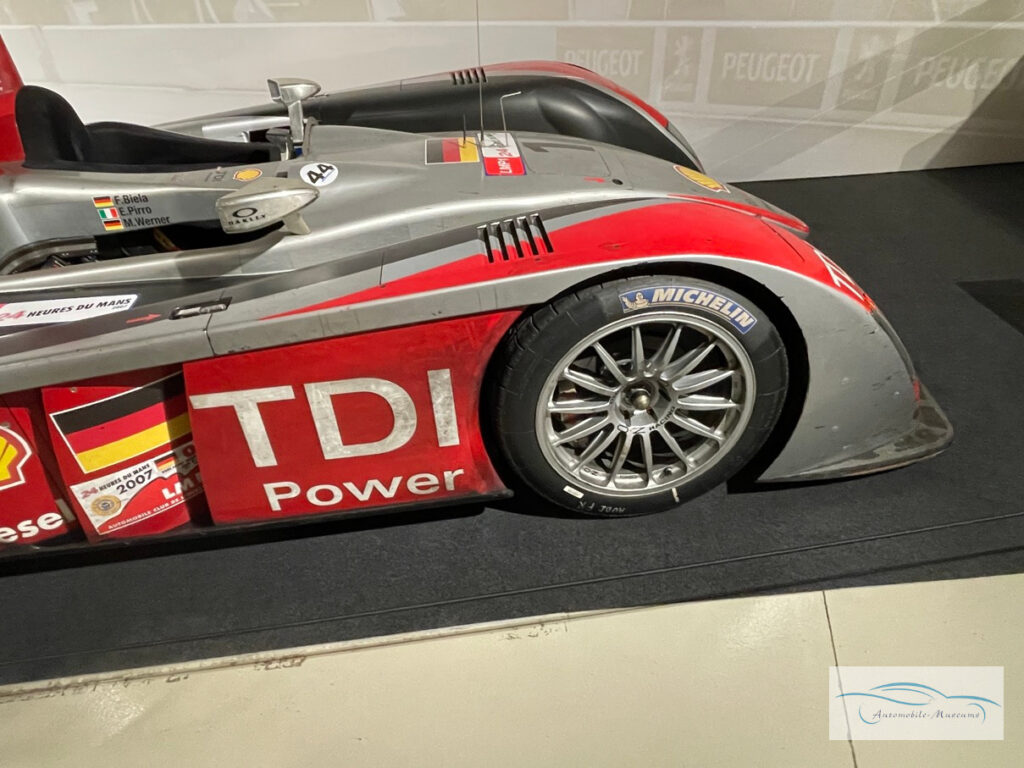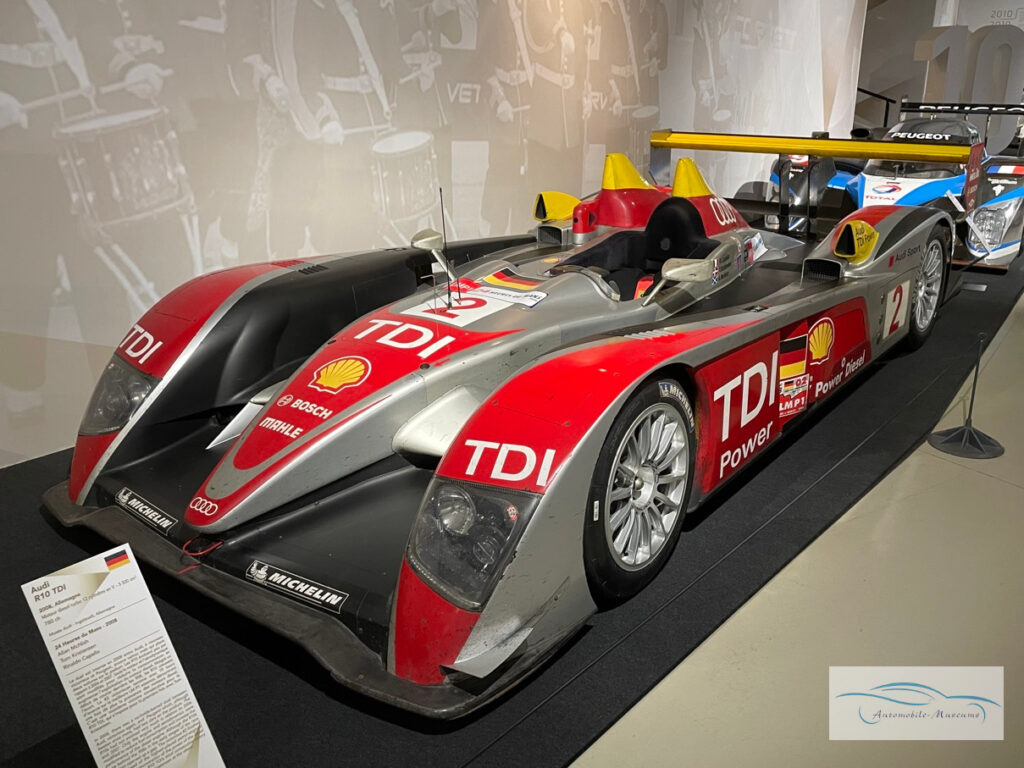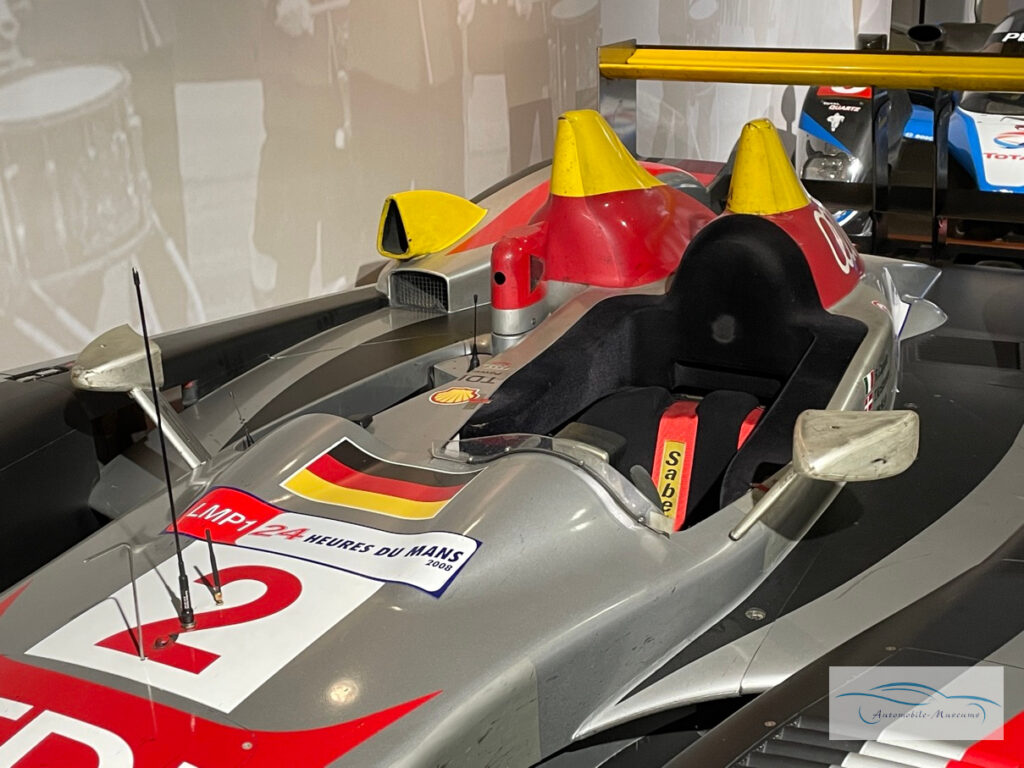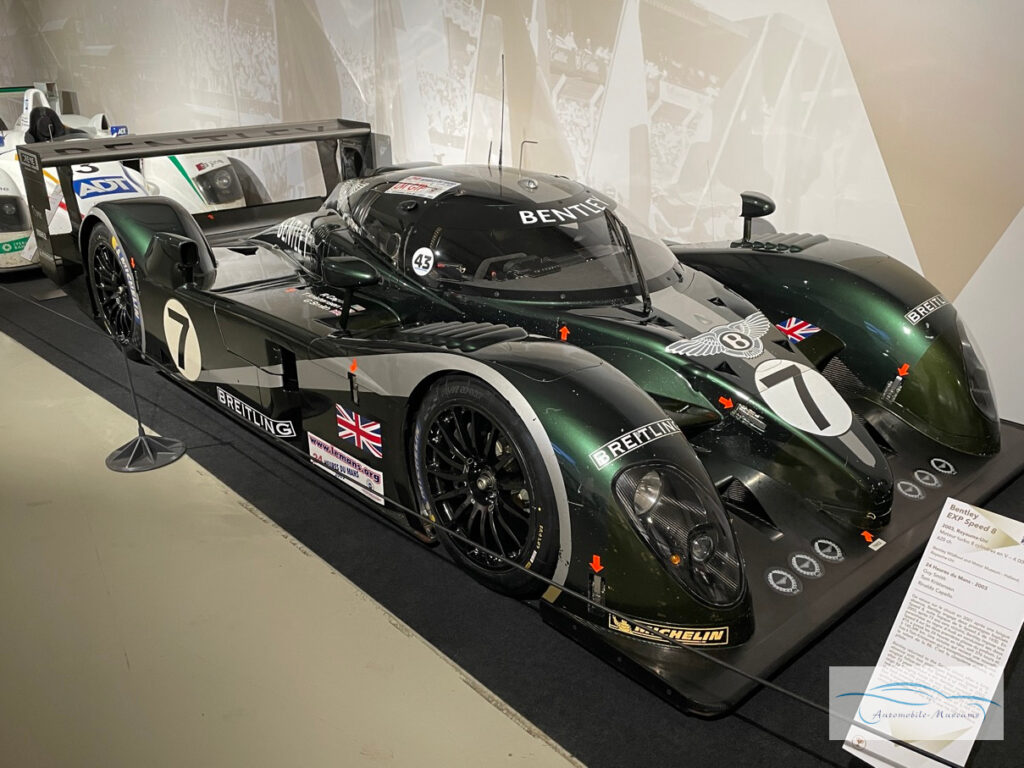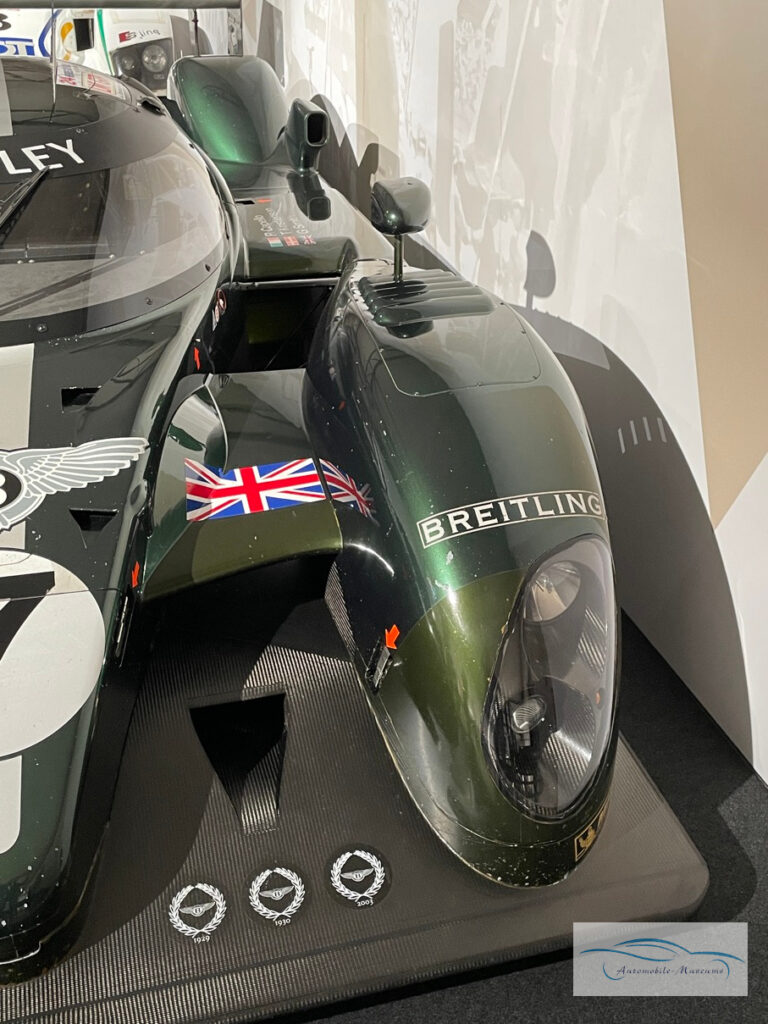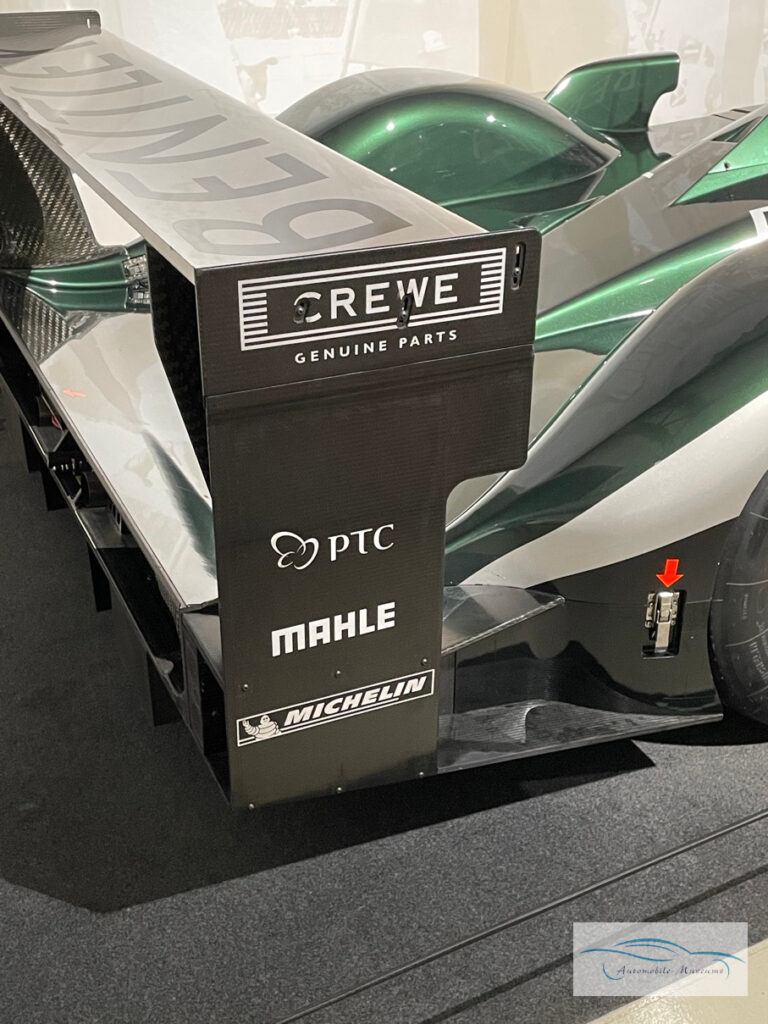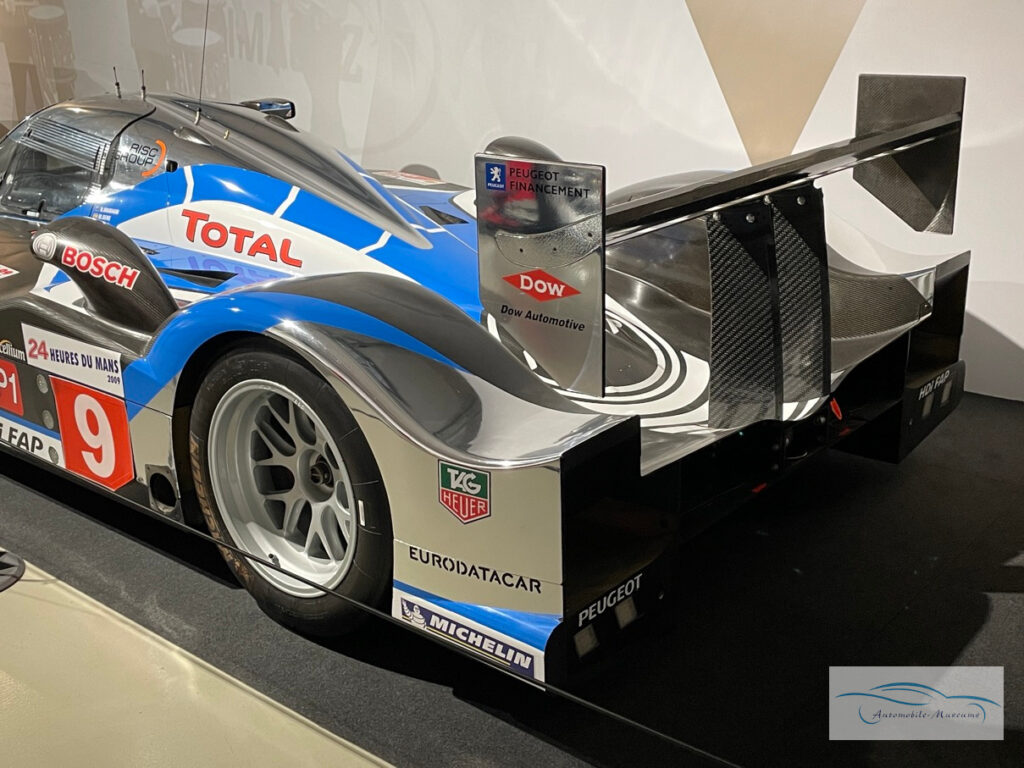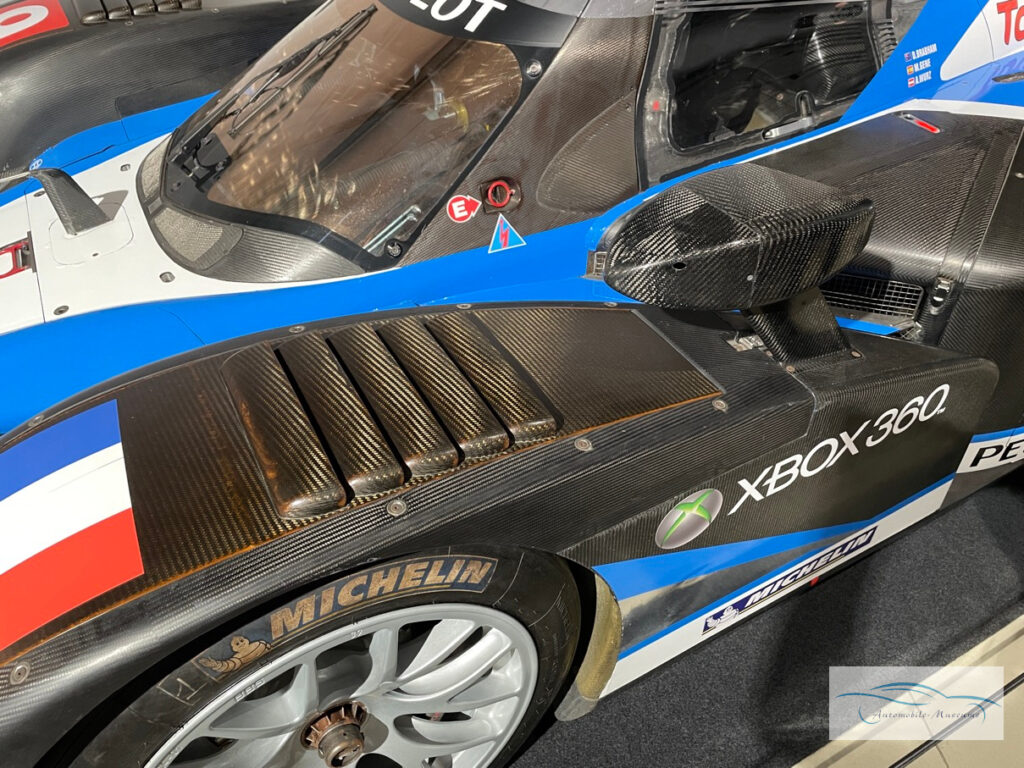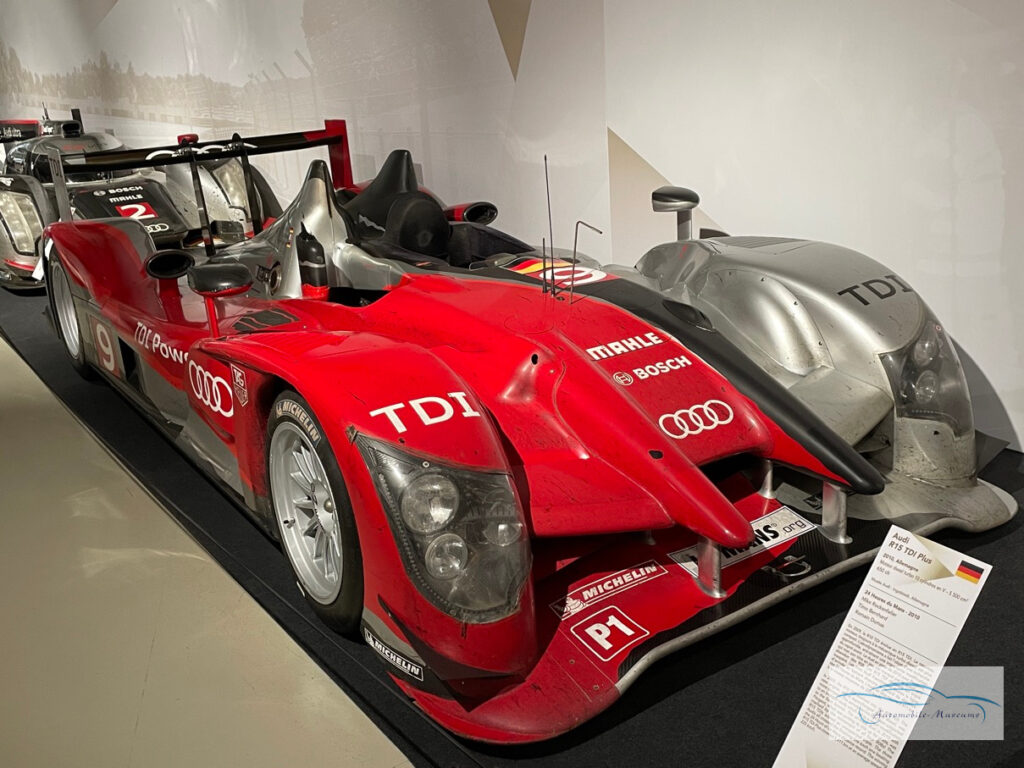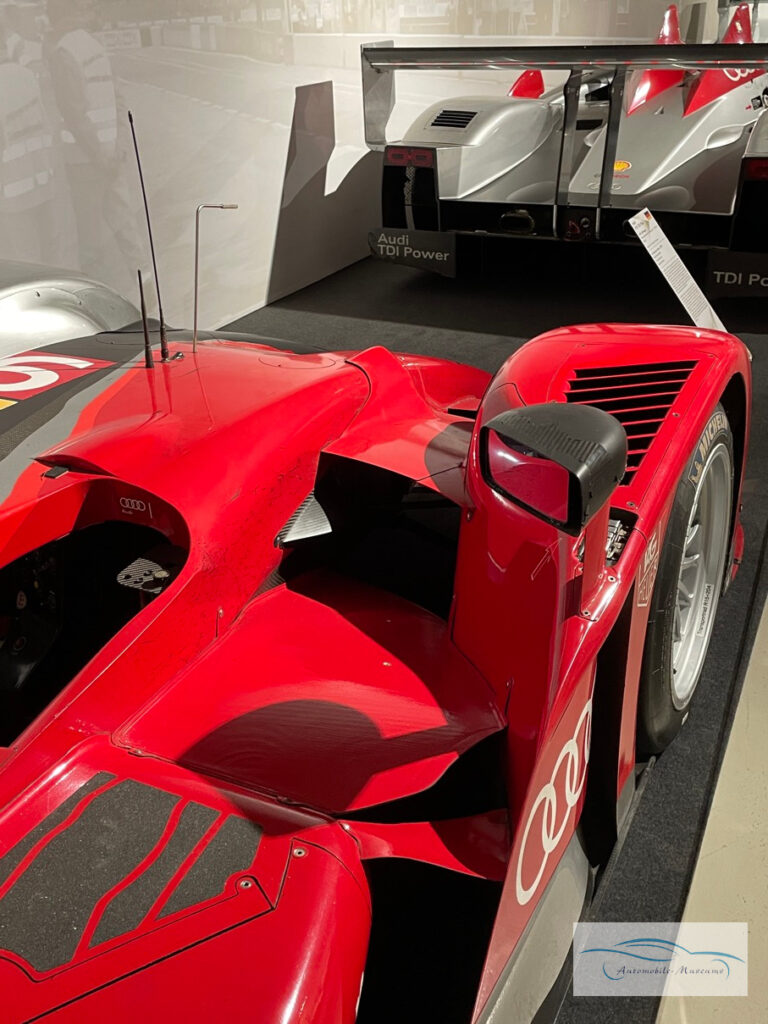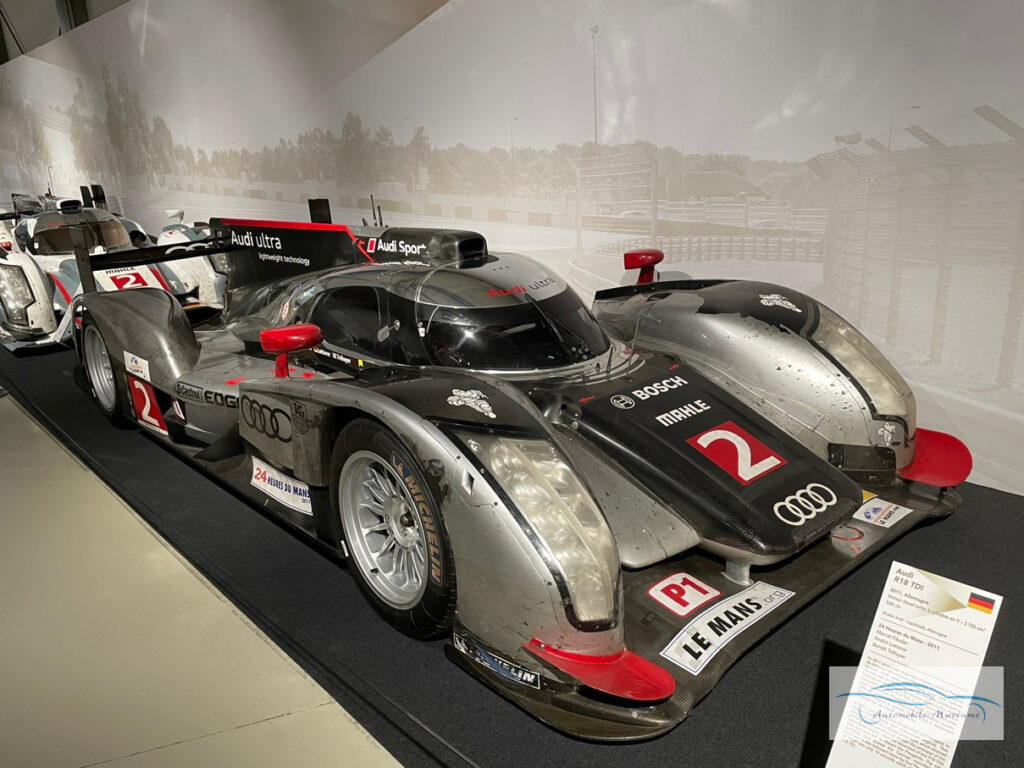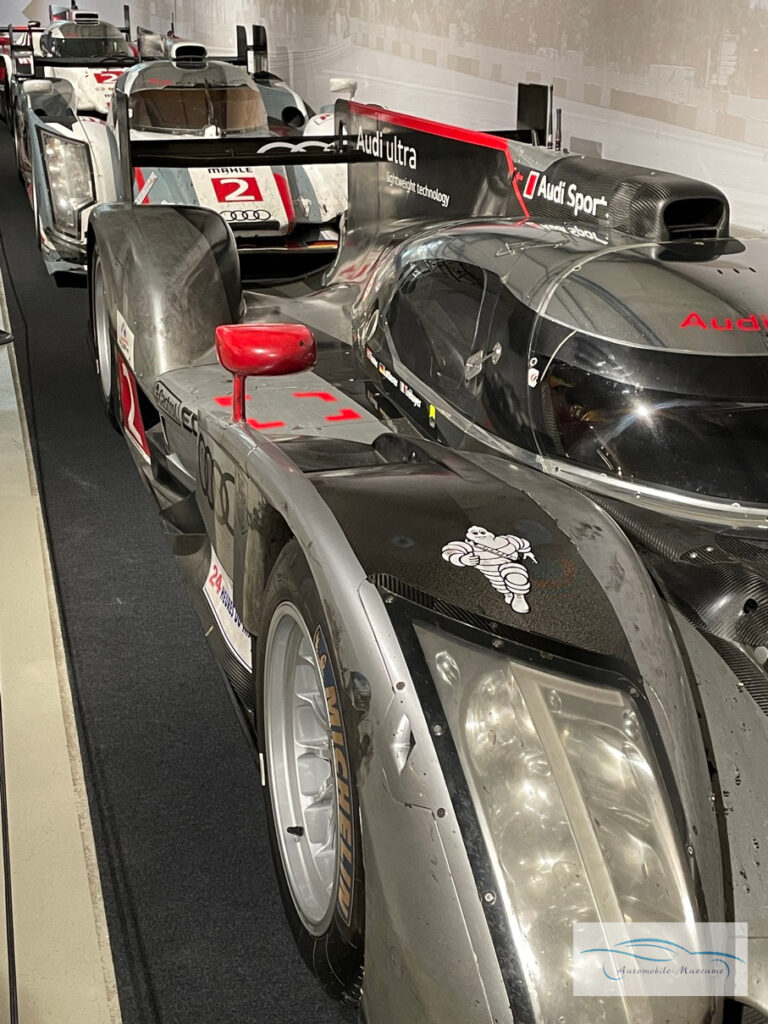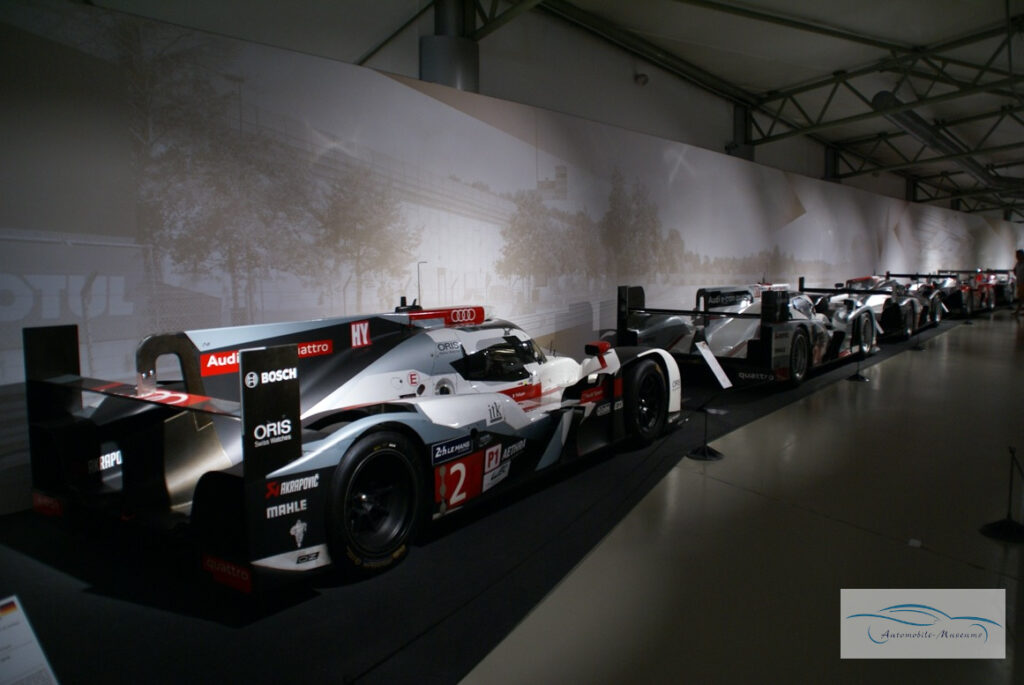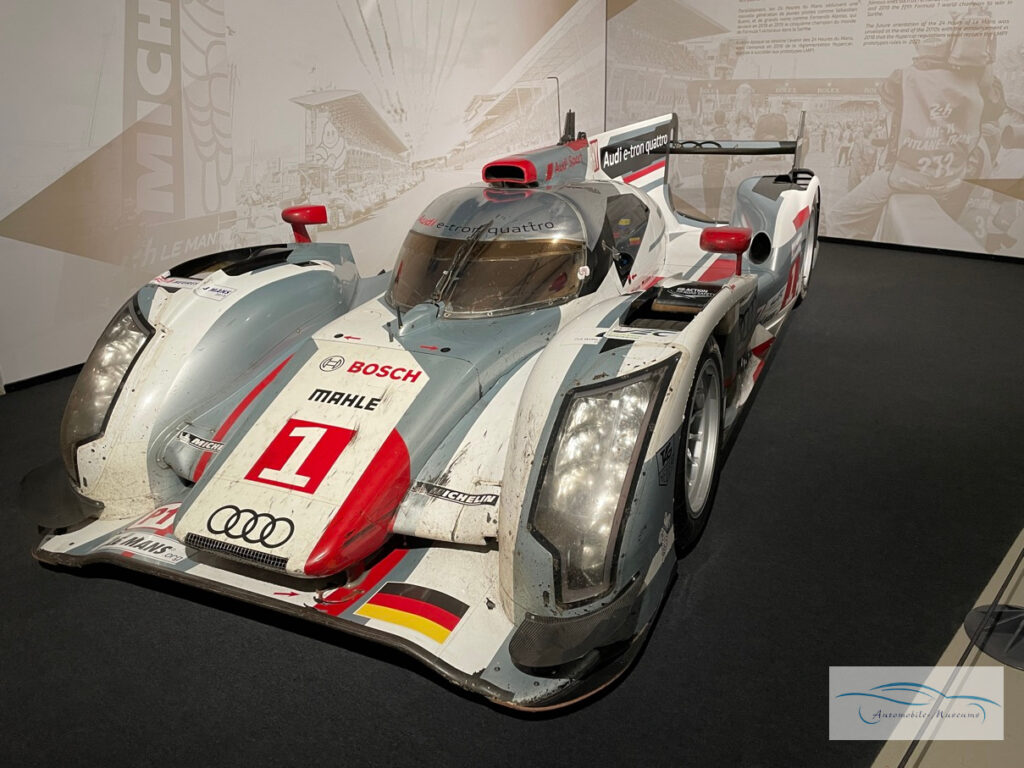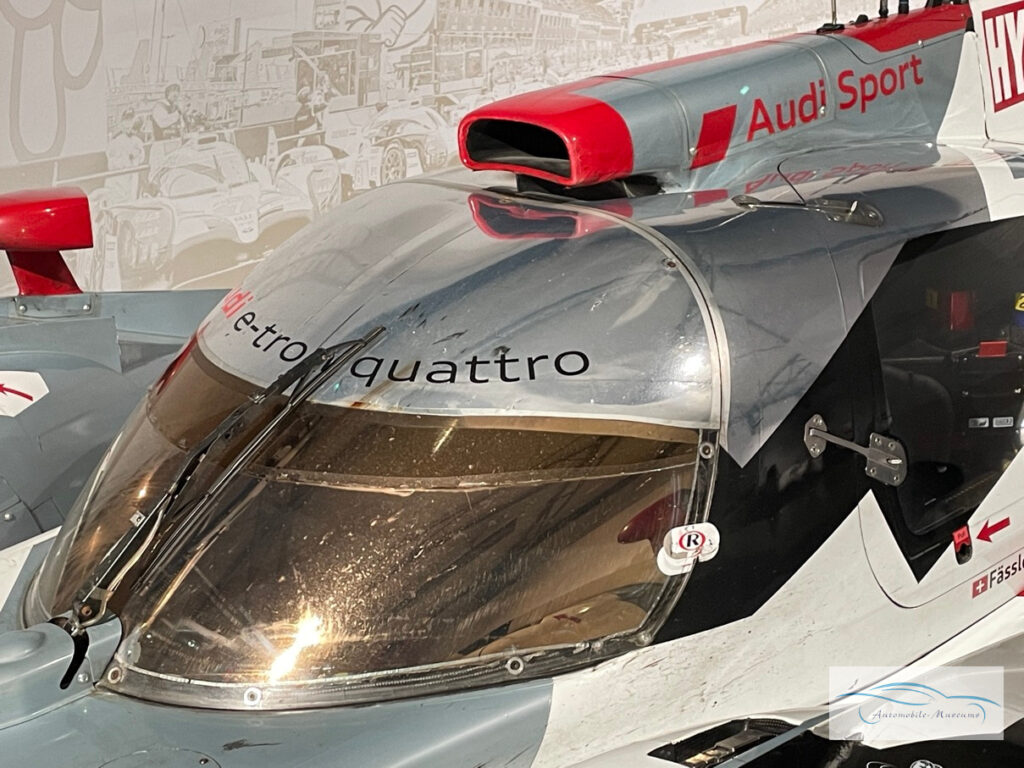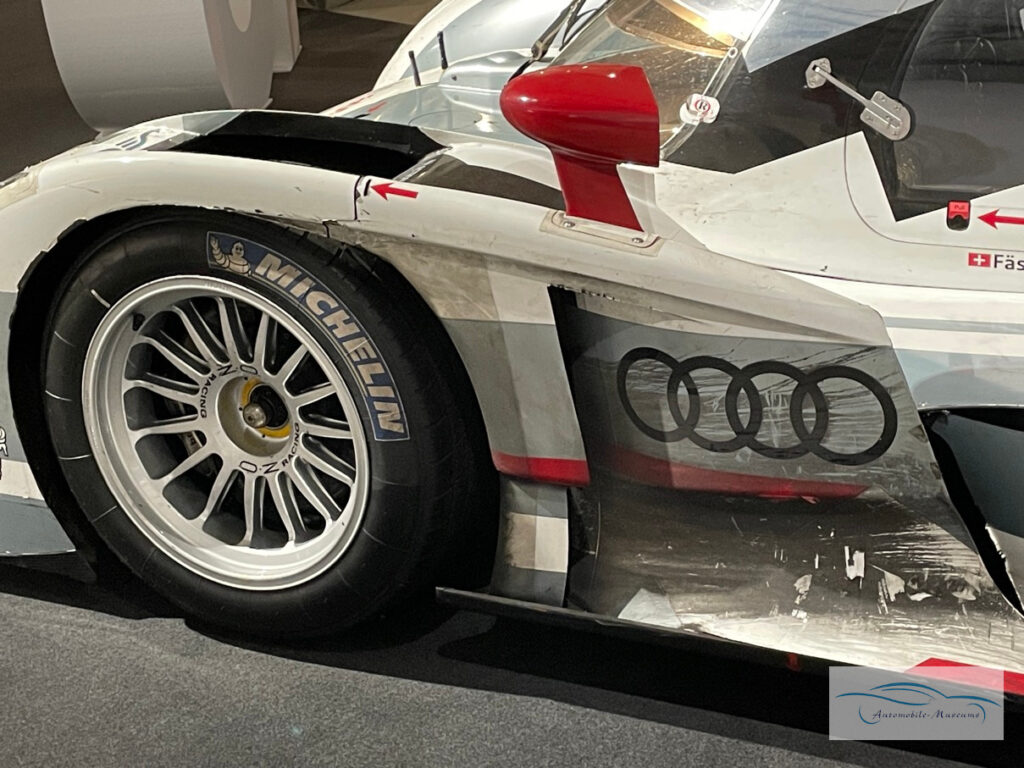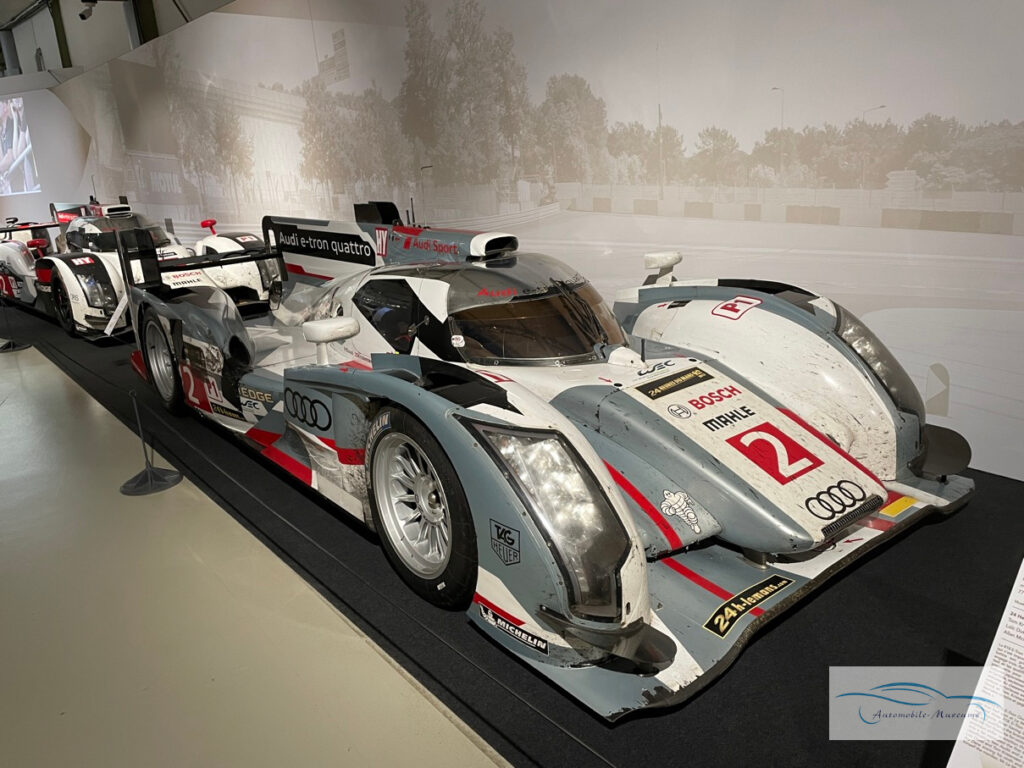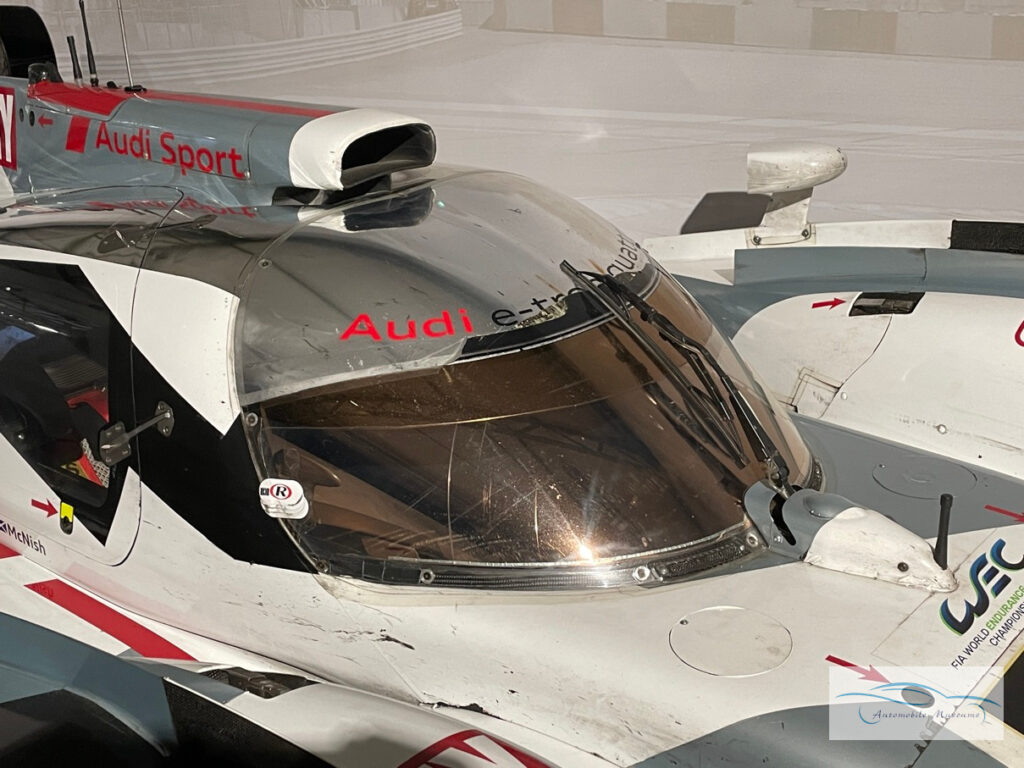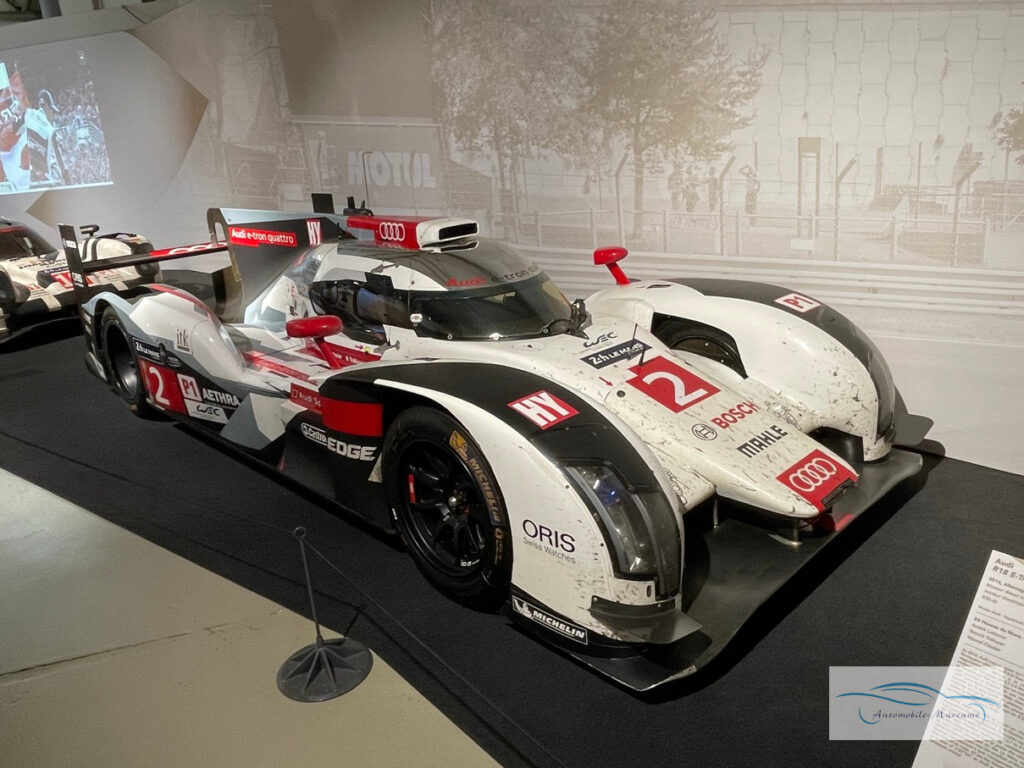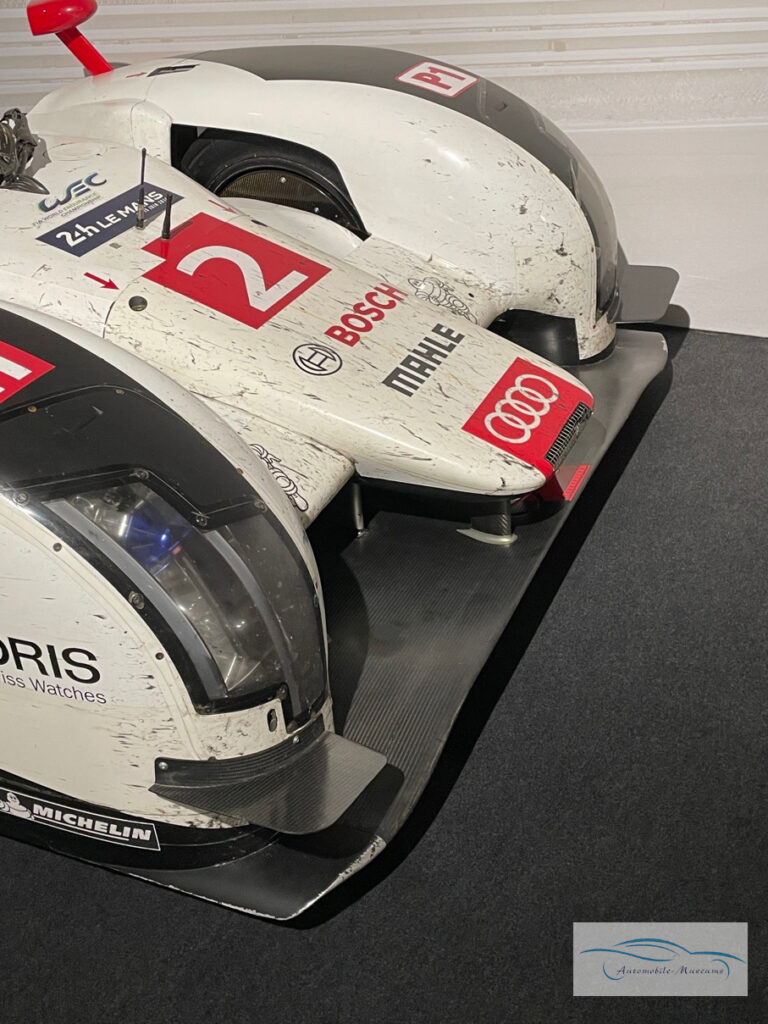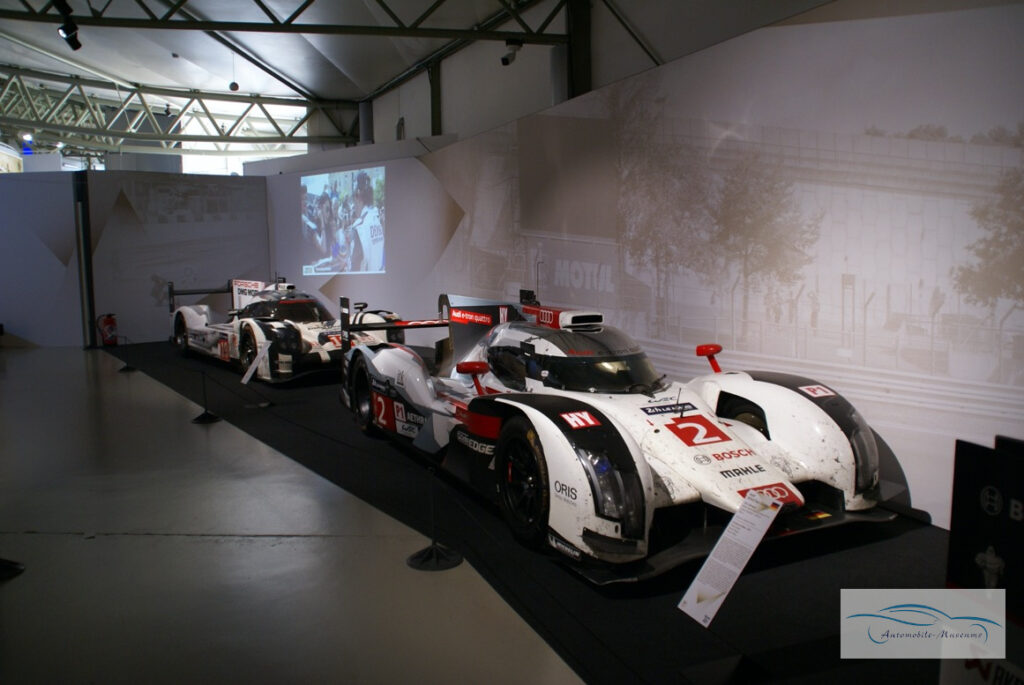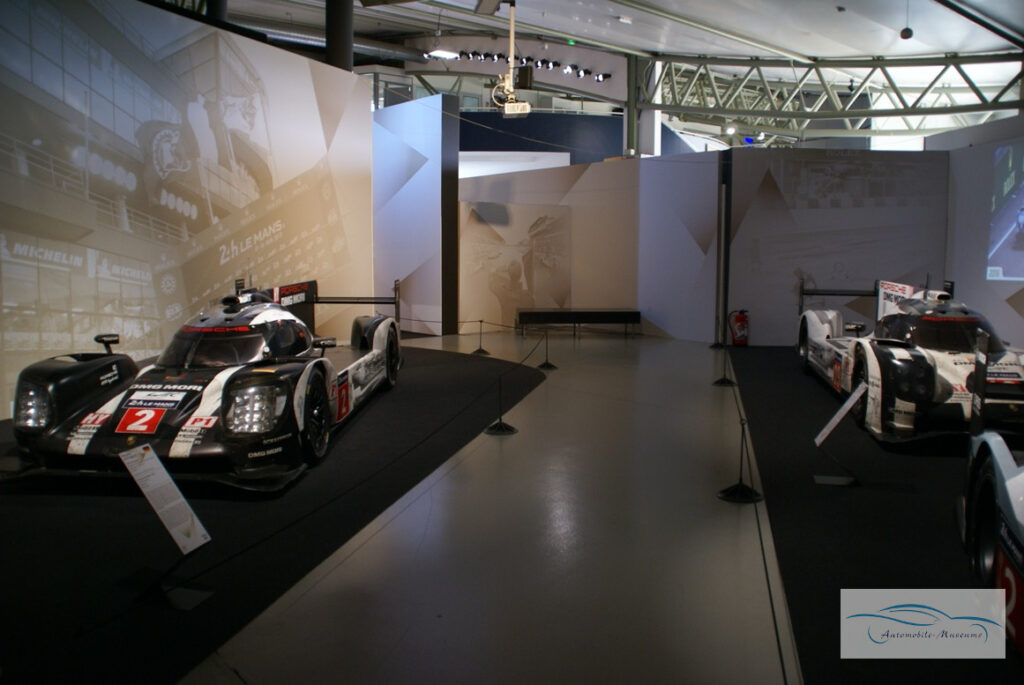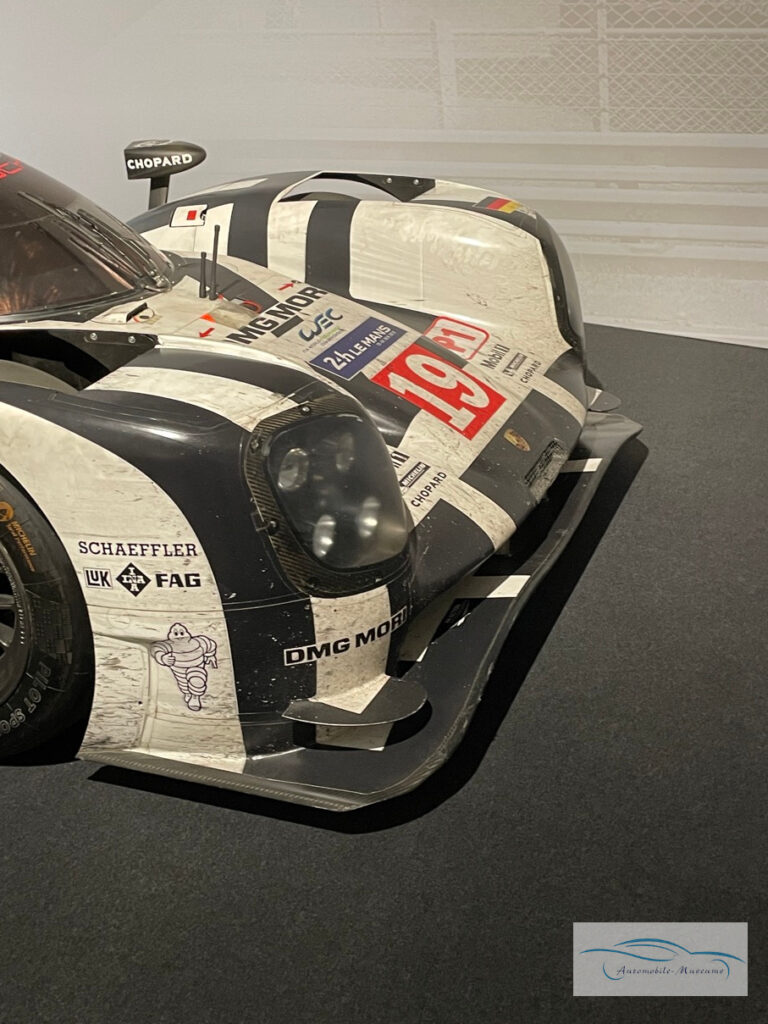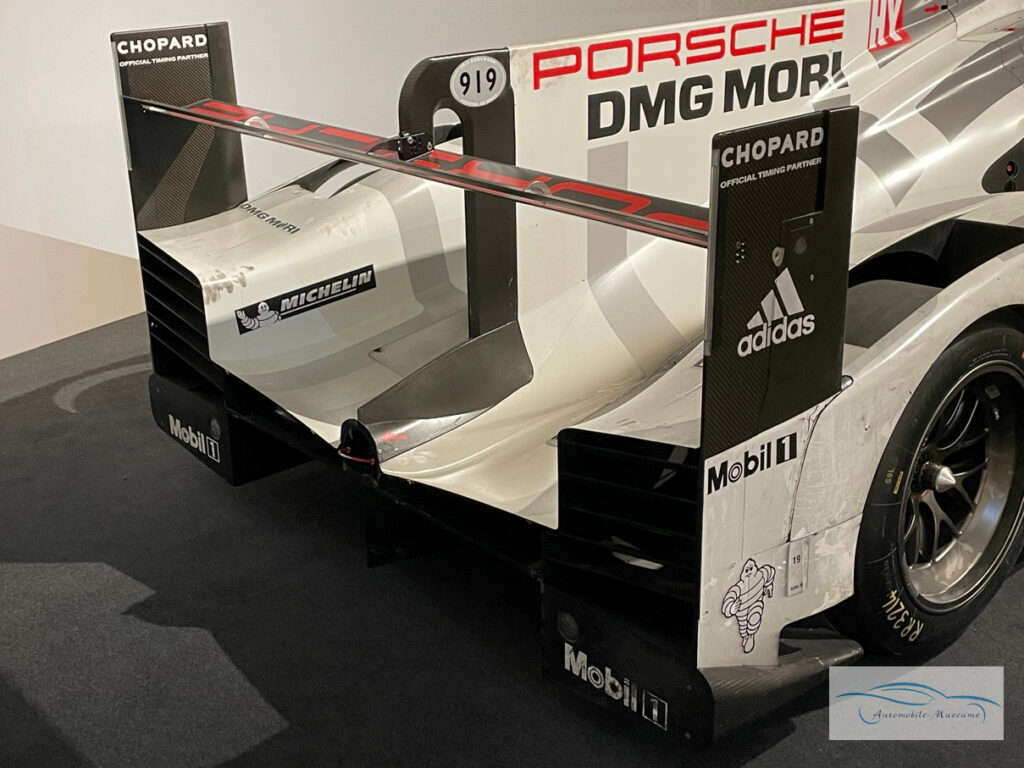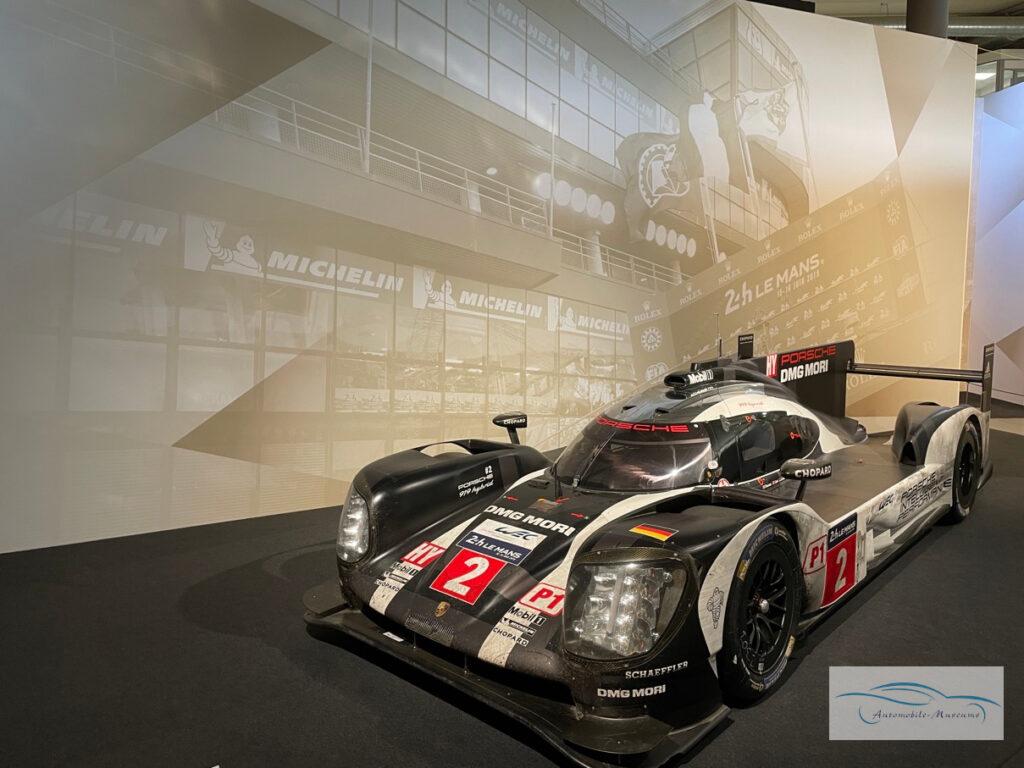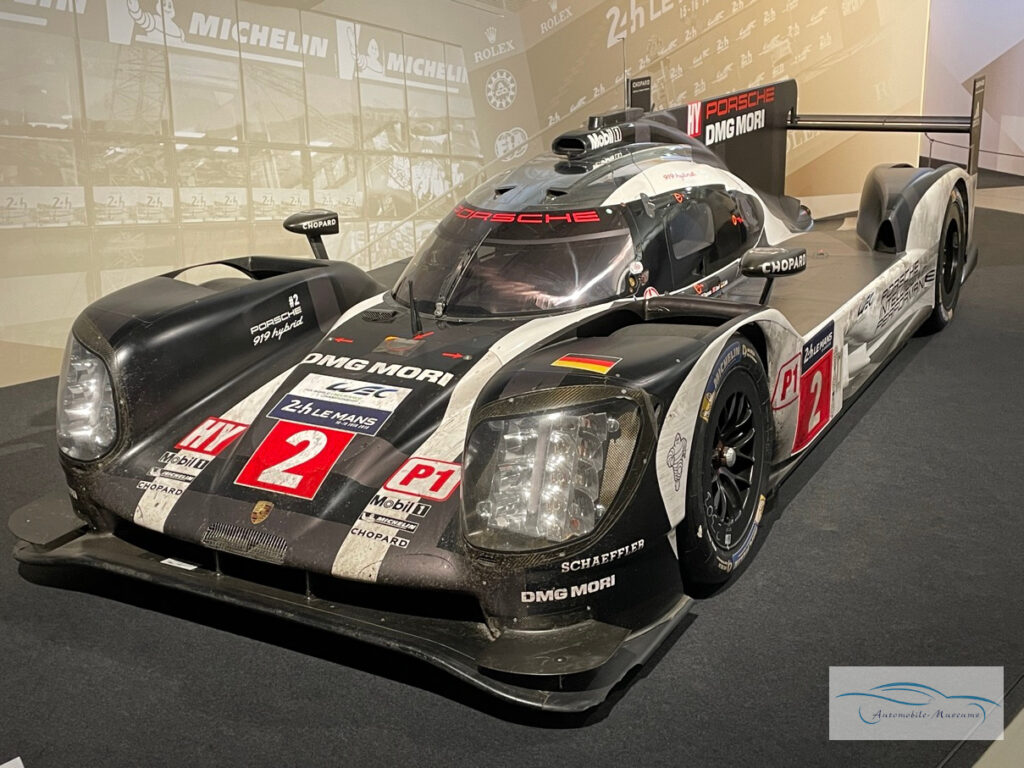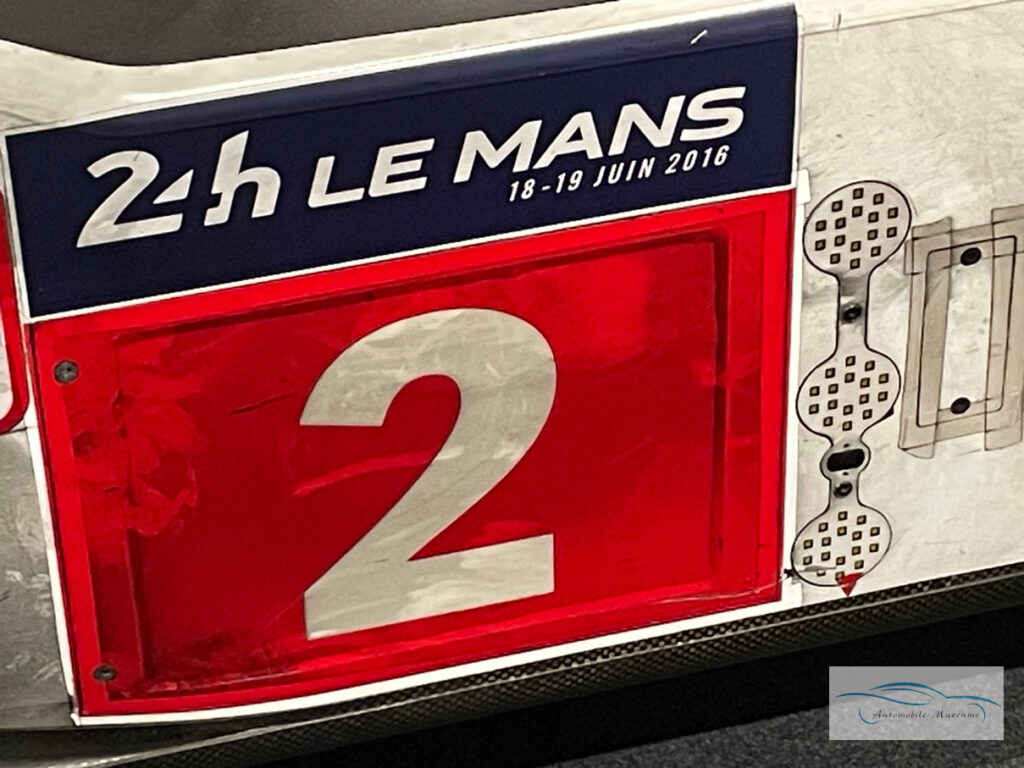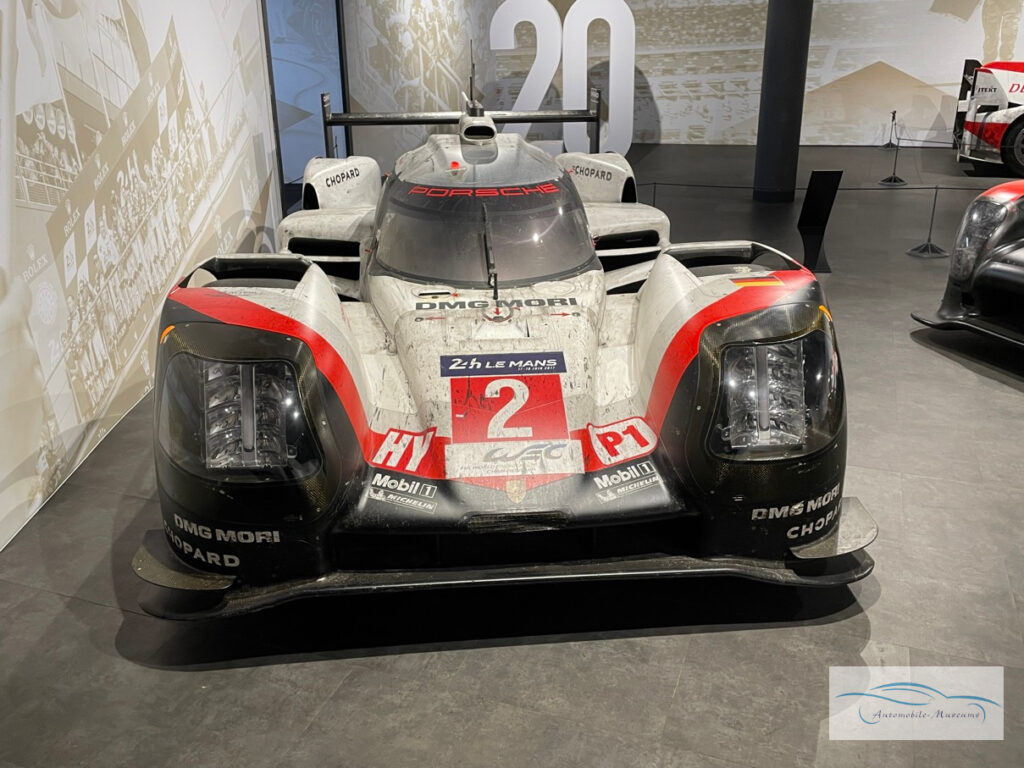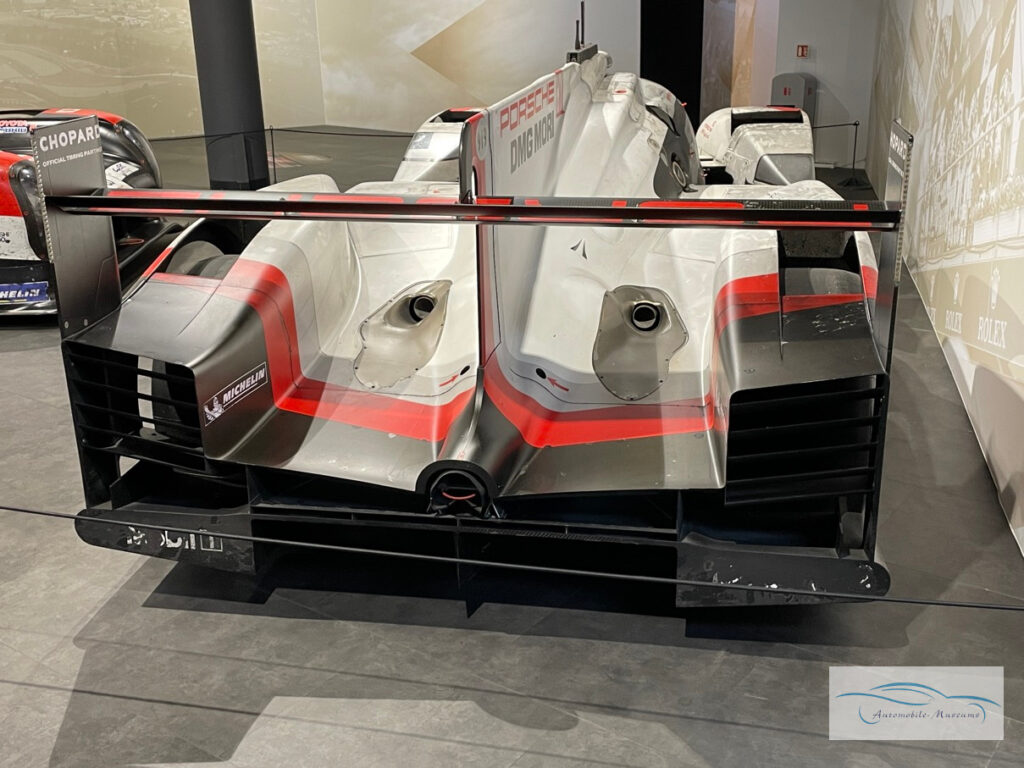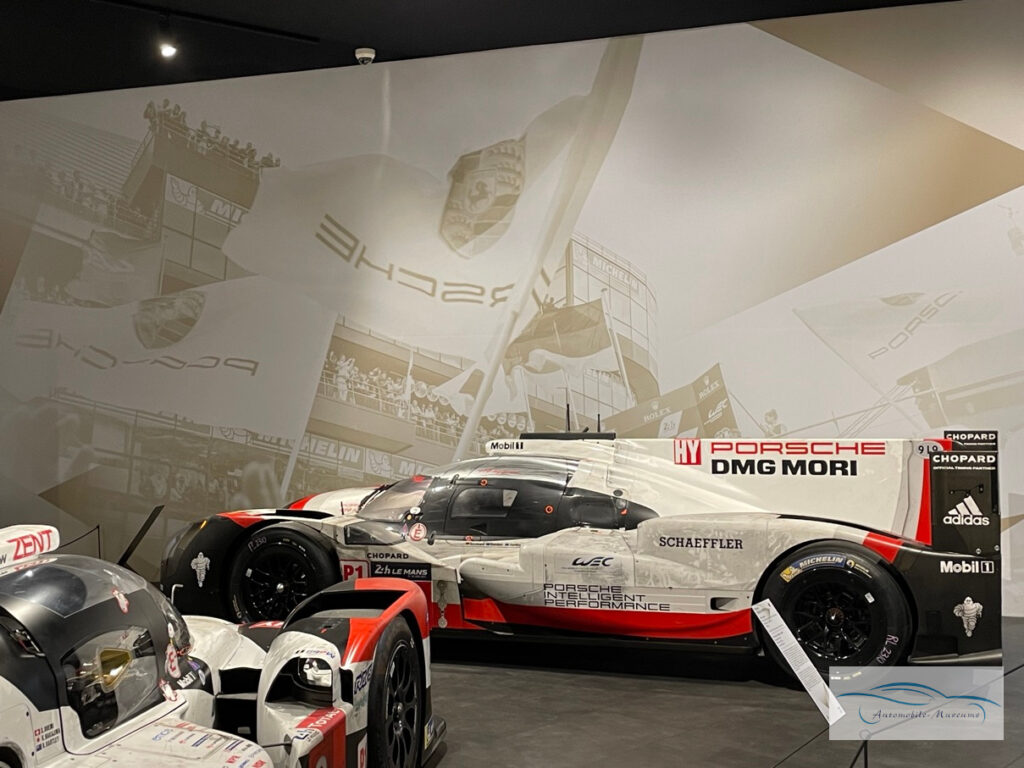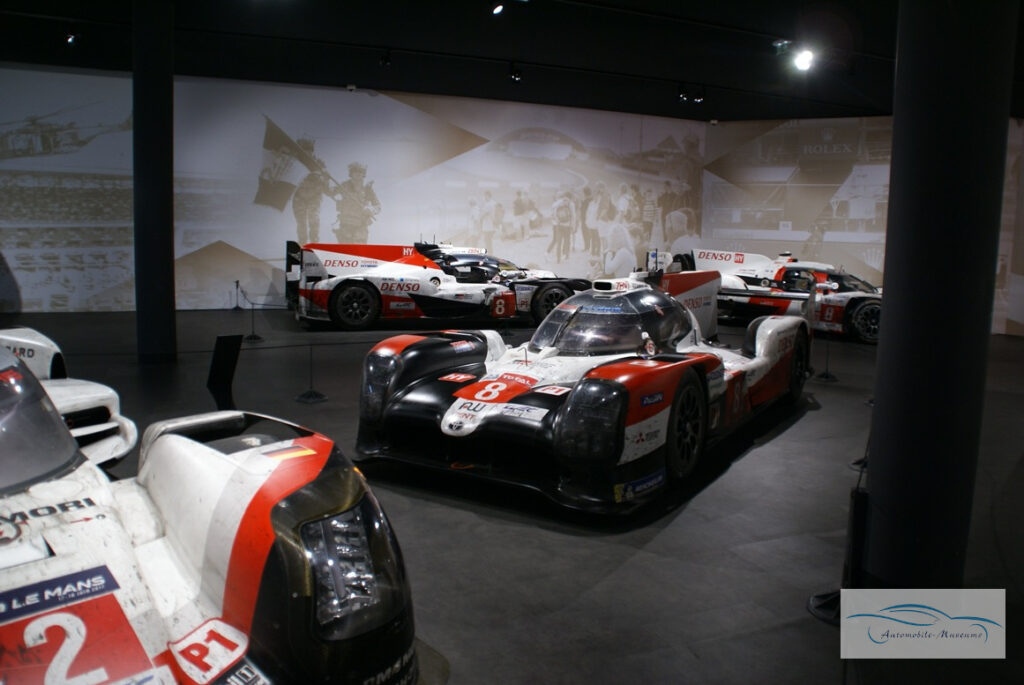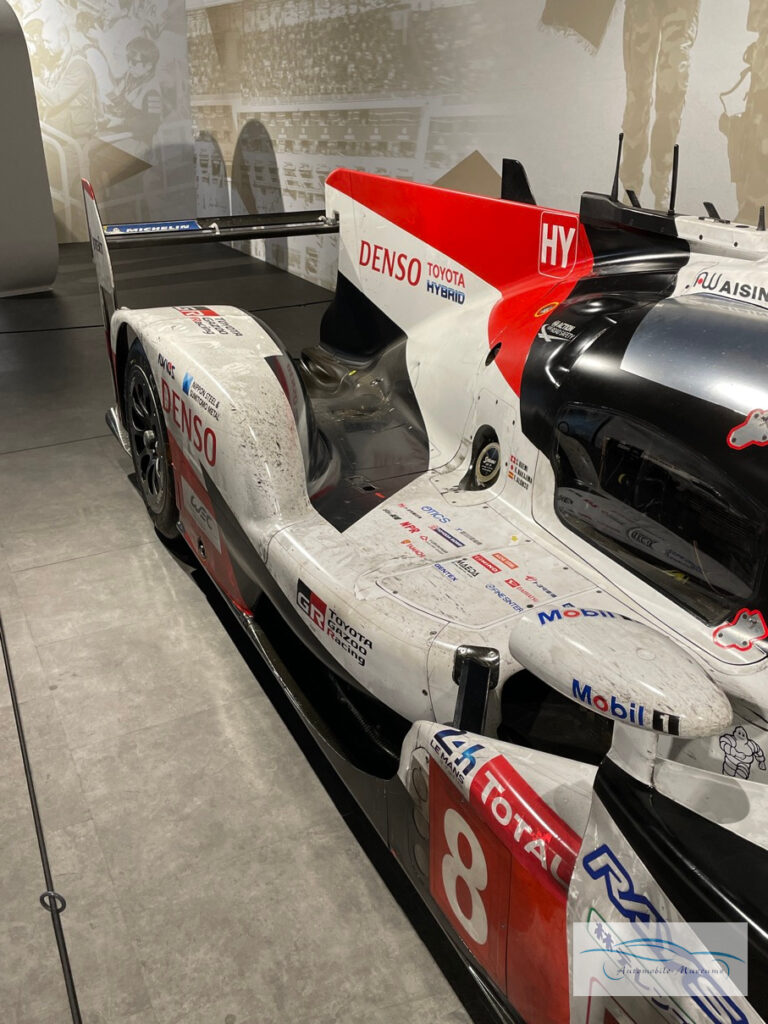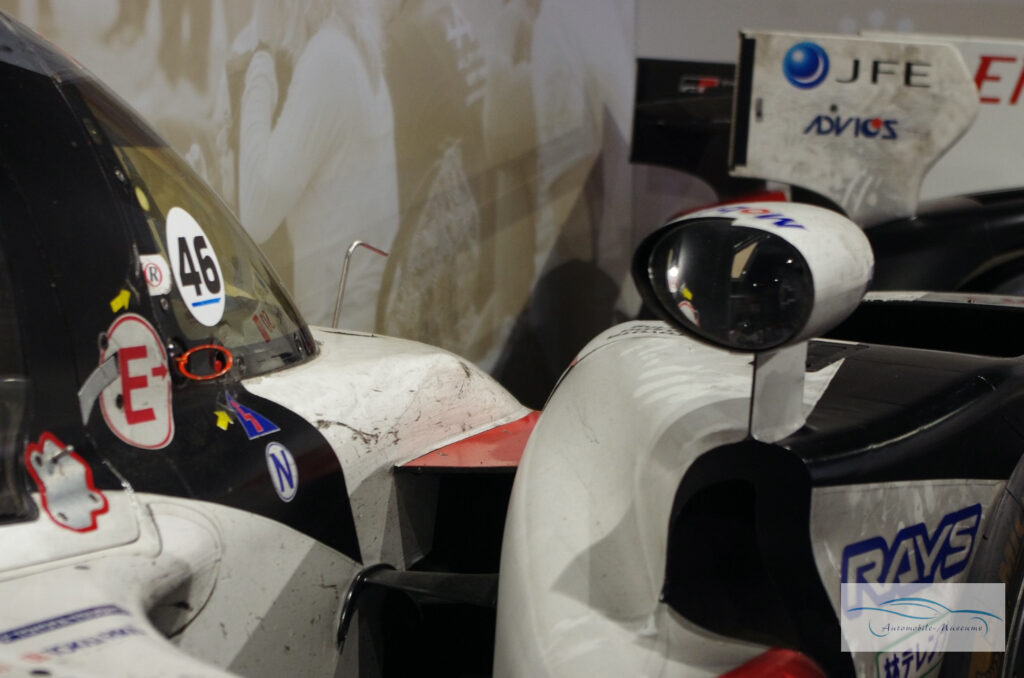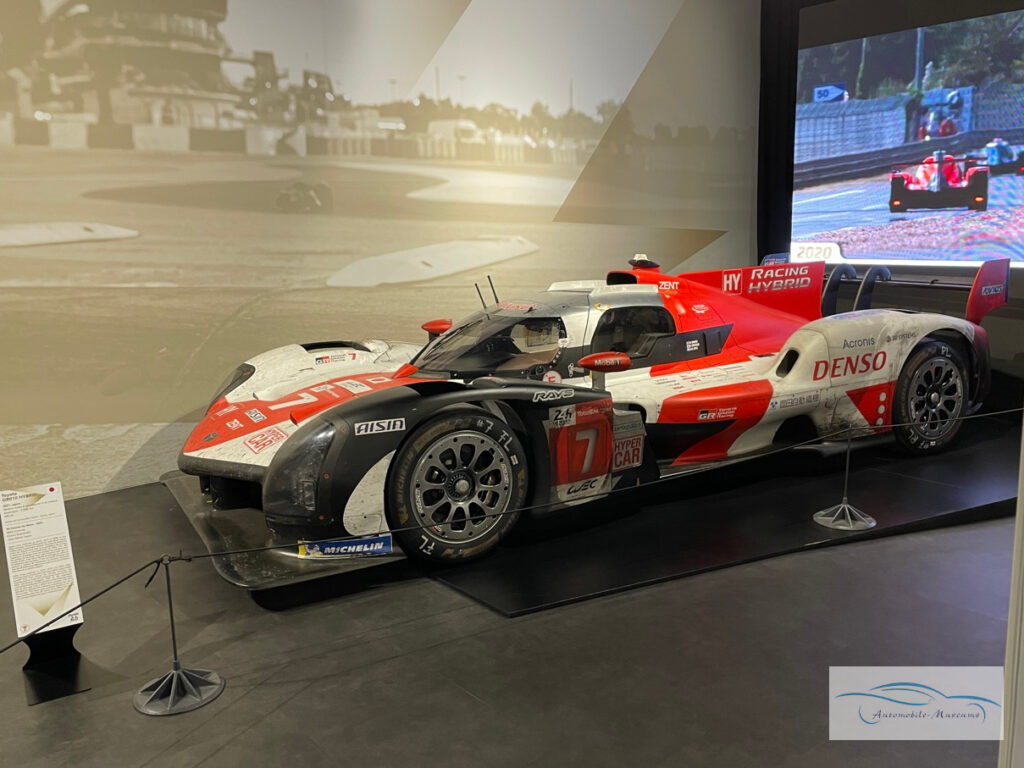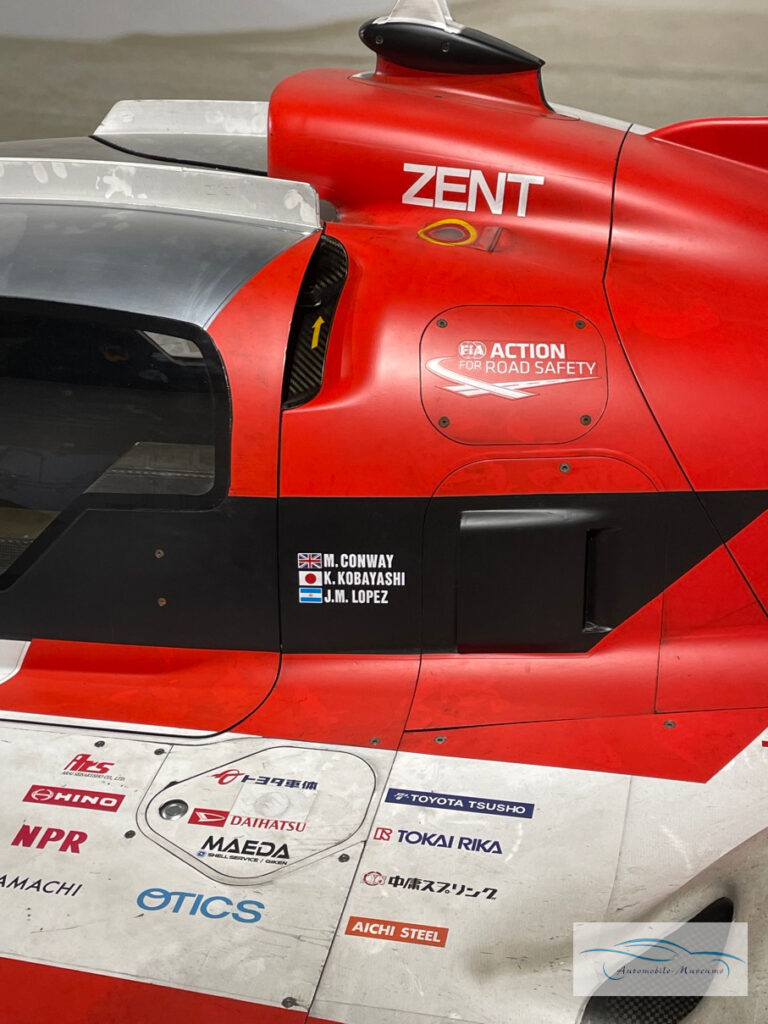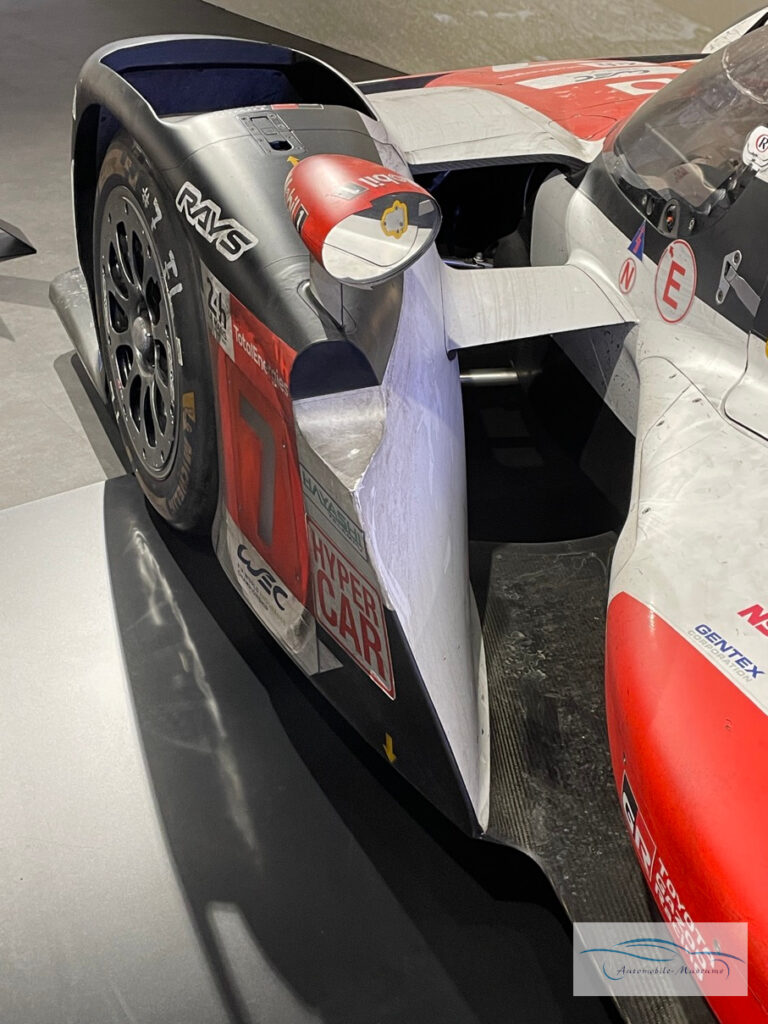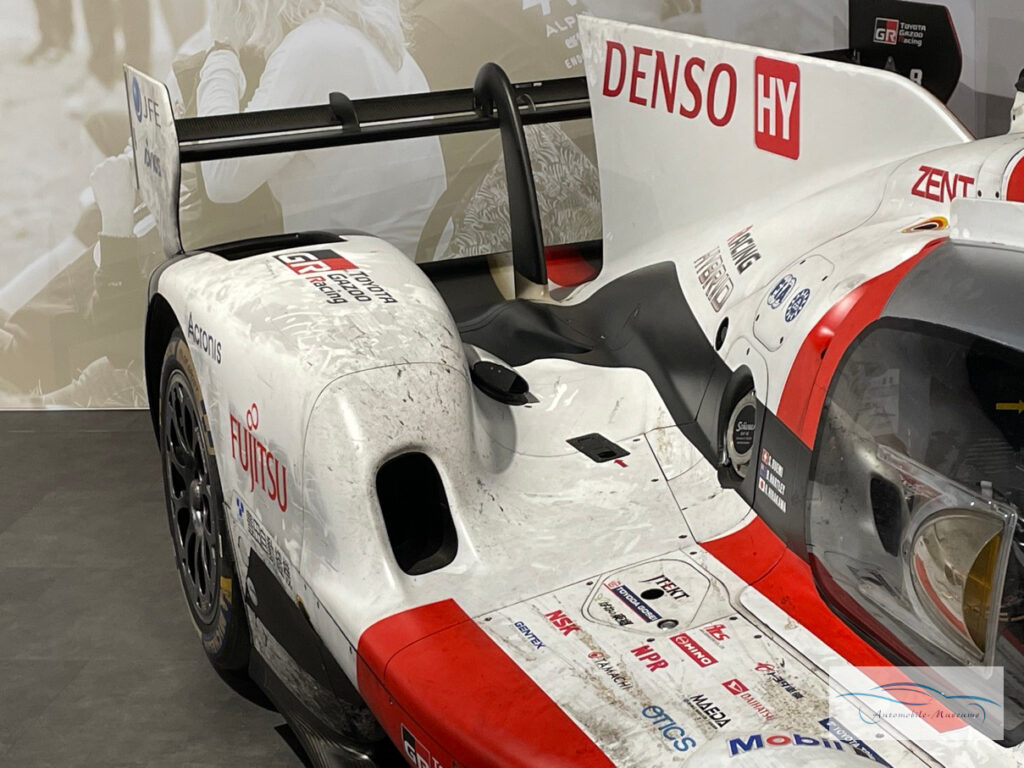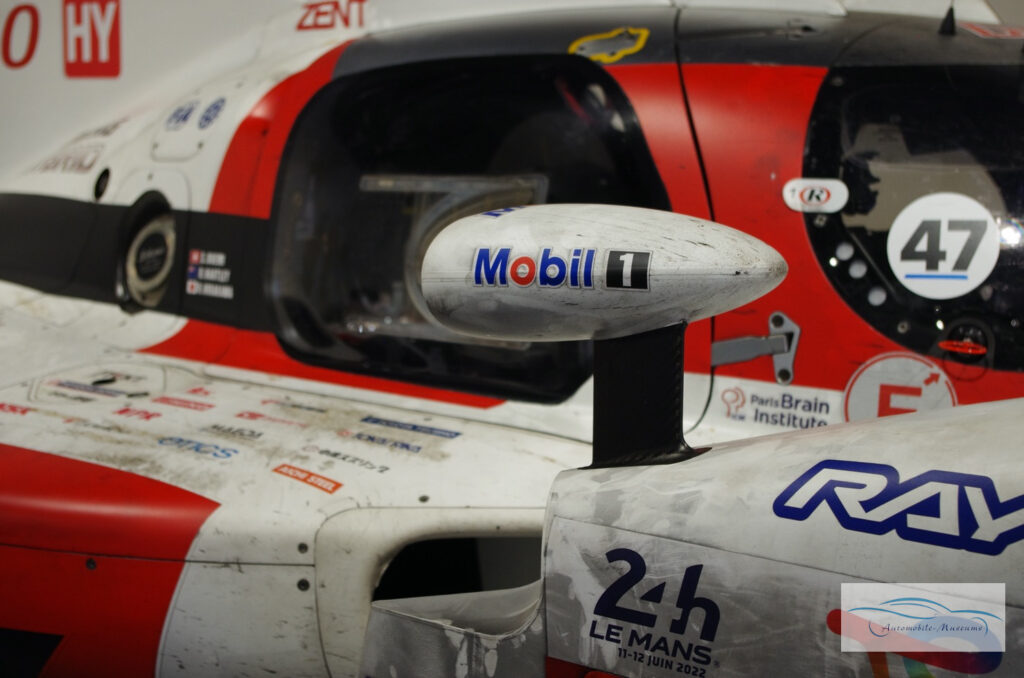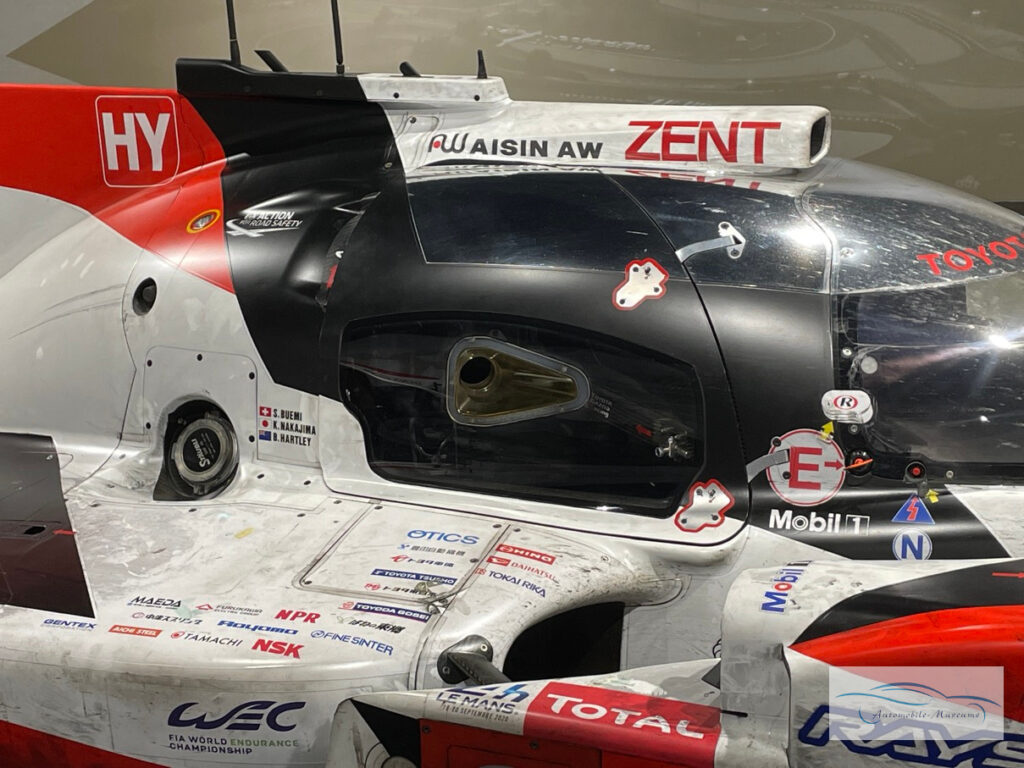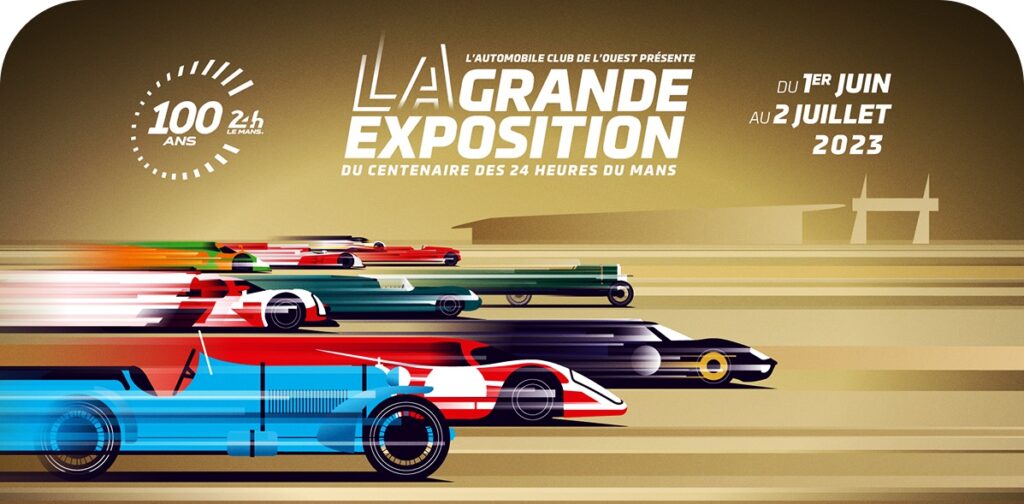
Introduction
The 1st edition of the 24 Hours of Le Mans having taken place in 1923, 2023 marks the centenary, and makes it one of the oldest sporting events, which has been organized almost continuously, except during WWII (1940-1948) and major social unrest in 1936. To celebrate this event, the 24 Hours of Le Mans Museum has put every efforts in the organization, since the museum has been completely emptied, reorganized and redecorated to accommodate over a period of one month more than 80 cars, exclusively cars that actually participated in the race. In addition to the winners in the general classification, there were about twenty models that marked the event by their innovative or spectacular character. The museum closed its doors throughout the month of May, to offer the Grand Centenary Exhibition between the week of the 24 Hours and Le Mans Classic. The Le Mans 24 Hours race was designed to encourage progress and innovation in the automobile by testing and validating these innovations in a particularly difficult race. We will therefore regularly see in this article novelties that are then moved to the production series. For more information on history, awards, innovations and events, Wikipedia and the ACO (Automobile Club de l’Ouest) website are good complementary sources.
My Favorites
The cars on display are almost all unique examples, and for the most part have a real track record, so coming out of the models can obviously only be very, very subjective, but here is my choice…
- The 1924 Bentley Six, almost 100 years old too…
- The face-to-face between the tiny Simca 5 Gordini from 1937 and the huge Cadillac “The Monster” from 1950
- The trio of Matra MS 670/670B, aligned as if on parade and reminiscent of strong emotions
- Calder’s BMW 3.0 CSL, representative of Art Cars
- The Rondeau M379 B, the victory of a craftsman-driver in the middle of an armada of Porsche
But for visitors, it seems that the 3 favorites were the WM P88, the Ford GT40 and the Ferrari P4…
Some numbers
A few figures testify to the exceptional nature of the collection presented to the public, a collection that will probably never be seen again. The exhibition brought together about sixty cars that actually won the event, representing 70 victories out of 90 editions, since some models have won several times. All the cars that have won the event since 1995 were on display and 28 brands were represented. 18 museums and 17 private collectors from 10 countries contributed to this exhibition. Unsurprisingly, the German contingent is the largest, with 32 cars, including 16 Porsches and 13 Audi. Note in this regard the contributions of Audi present with no less than 12 cars from the Audi Museum in Ingolstadt and Porsche which delegated 9 cars from its museum in Stuttgart. There are also 17 French cars, from 1925 to 2009, for only 9 Italian but already Japanese. The Museum welcomed more than 35,000 visitors to the exhibition at the end of the 24 Hours weekend, and expects about 55,000 in total, especially with the Le Mans Classic weekend that will close this Great Centenary Exhibition.

The Grand Exhibition
In front of the museum, in appetizer, 2 cars are presented in windows, like 2 miniatures, but real size: the Bugatti EB-110 from 1994 and the Nissan Nismo from 2015. Once inside, the Hall of Fame is one of the only parts of the museum that has not been altered. So, we immediately dive into history, with the founders, the manufacturers, the engineers, the team managers, the drivers, all these personalities who made the history of the 24 Hours.
At the end of this Hall, the trophies: the Rudge-Whitworth Cup (English wheel manufacturer, its director in France Émile Coquille participates in the creation of the event and Rudge-Whitworth will be in a way the first sponsor) of the beginnings, the current trophy and the monumental trophy created for the centenary. If the original was obviously taken to Maranello following the victory of the Ferrari 499P in June 2023, this one is an exact replica by the Monnaie de Paris, in same dimensions and same materials. The miniature room, in which you can find in showcases miniatures at 1/43 of practically all the cars that have participated in the race since the beginning, in their racing livery.
Quite logically for a retrospective, the 24 Hours Museum has chosen to present the cars in chronological order, by decade, and so we will follow the same logic in the article. The team of the 24 Hours Museum has chosen a very sober decoration, with very large black and white photos, slightly attenuated, which cover the walls. We are immersed in the atmosphere, but the cars keep the spotlight. Some screens project images of the races, and for each decade, a panel recalls the major events and innovations of the race. For each car, a technical sheet, its track record and a short history help to position it in the context.
Moreover, this exhibition being a collection of jewels, and rather than large texts and long descriptions of their technical sheets, preference is given to the image in the rest of the article!
1923-1929
While the museum usually displays a 1923 Chenard and Walker Torpedo Sport, it is actually a similar model to the one that won the inaugural event but did not run the event. But the principle was to have only cars that participated, so this one is not there!
The Bentley 3-litre Sport, winner of the second edition in 1924 which sits in the miniatures room, is the oldest winner still “alive”. 2 other winners of this period, the Lorraine-Dietrich of 1926 (a similar model had already won in 1925) which inaugurates the fog light, and the Bentley Speed Six which closes this Bentley cycle of 5 victories by winning in 1929 and 1930, in the hands of the famous Bentley Boys.
The 1925 Chenard and Walker Tank is considered the first prototype to have raced at Le Mans, with its aerodynamic line and reduced weight. Another innovation is the Tracta GePhi, the 1st front-wheel drive car entered in a race
1930-1939
After Bentley’s last victory in 1930, another famous manufacturer took over, Alfa Romeo taking 4 consecutive victories between 1931 and 1934 with the famous Alfa Romeo 8C 2300, of which 2 units are exhibited. The red of 1931 (Birkin-Howe) is the 1st to exceed the 3000 km mark in 24 hours. The 1934 blue was driven by Luigi Chinetti and Philippe Etancelin.
Already winner in 1932, Luigi Chinetti is one of the heroes of Le Mans. He will make Ferrari win after the war as a driver, then as team principal after founding the NART (North American Racing Team). His name has been given to the square in front of the 24 Hours Museum. The Lagonda M45R ended Alfa Romeo’s reign in 1935. The 1931 Bugatti Type 50 is the brand’s 1st car to race the 24 Hours. Bugatti won in 1937 and 1939 with its Type 57 “Tank” model, whose 8-cylinder in line engine is on display.
The beautiful Alfa Romeo 8C 2900 Berlinetta of 1938 is distinguished by its closed body, very rare at the time when we see mainly racing Torpedoes or barchettas. At the other extreme, the tiny Simca 5 prepared by Amédée Gordini in 1937 is the smallest displacement (4 cylinders, 570 cm3) ever entered in the 24 Hours of Le Mans.
1949-1959
WWII, then the demands of reconstruction suspend the race, and we make a jump of 10 years to arrive in 1949 and the 1st victory of Ferrari with the 166 MM driven by Luigi Chinetti, the only driver to have won Le Mans before and after the war. The Ferrari 166 MM on display was offered to the ACO by Luigi Chinetti, put in the winner’s livery. Ferrari (3 wins) and Jaguar (5 wins) will be the dominant manufacturers of this decade. 2 Jaguar D-Type, including the winning car in 1957, recognizable by their dorsal edge, illustrate this dominance. Another icon of the automobile, the Mercedes 300 SL and its famous gull wings won in 1952.
The 1950 Cadillac was nicknamed the “Monster” because of its very particular bodywork, with aerodynamics studied by a military aircraft designer. Placed in the exhibition in front of the tiny Simca 5 Gordini from 1937, these cars show the variety of solutions considered by the participants of the 24 Hours of Le Mans. Gordini is also there with the T30S which won its class in 1954. With its 2.5L Gordini 6-cylinder in-line engine, we are far from the small Simca 5! As for the Porsche 356 SL, it is the 1st Porsche to race at Le Mans in 1951. With its small 4-cylinder engine of 1100 cc and 50 hp, it wins its category and will be at the origin of an illustrious lineage, 857 Porsche having raced the 24 Hours until 2022!
1960-1969
2 manufacturers will share the laurels of this decade, Ferrari with 6 consecutive victories from 1960 to 1965, then Ford with 4 victories from 1966 to 1969. This duel has been told and illustrated many times, notably in the recent film Le Mans 66. 7 cars on display were the protagonists of this memorable battle, including 5 victorious for 7 victories. The Ferrari 250 P is the first mid-engine Ferrari (V12, 3L), the model on display won in 1963 and 1964. In 1965, the Ferrari 250 LM won. Ferrari saw it as the replacement for the 250 GTO, and tried unsuccessfully to homologate it in GT, presenting it as an evolution (???) of the GTO. The official Ferrari prototypes and the Ford GT40 having all abandoned, it is the 250 LM entered by the NART that wins, the last of Ferrari at Le Mans until 2023. The car presented, entered by Scuderia Filipinetti, is identical to that of the NART (except for the decoration) and takes the 6th place of the general classification.
In 1966, it is the black Ford GT40 MKII that wins, then it will be the Ford GT40 MKIV in 1967. The 2 are equipped with the big 7L V8 developing 480 horsepower. Ford having proved its fact and beaten Ferrari, the factory stops the program and the GT40 are taken over by John Wyer who enters them in the blue and orange colors of Gulf. They are now equipped with a 5L V8 developing 410 horsepower. The Ford GT40 on display won in 1968 and 1969, in the hands of Jacky Ickx in 1969 (with Jackie Oliver) for his 1st victory at Le Mans. The Ferrari 330 P4 is often considered one of the most beautiful racing cars ever built. In 1967, this 330 P4 saved Ferrari’s honour by finishing on the 3rd step of the podium.
The Ferrari 250 GTO raced in the GT class and won its class at Le Mans, finishing 2nd overall in 1962. With a recent final bid of $70 million, it is arguably the most coveted car in the world. The model on display finished 6th in 1962. The Maserati Tipo 61 Birdcage takes its nickname from its multitubular chassis (more than 200 small diameter aluminum tubes welded together) reminiscent of a bird cage. In 1960, this Maserati is the fastest on a lap and exceeds 240km/h in the legendary Hunaudieres straight line.
Le Mans is a constant field of innovation and research, and in the 1960s, 2 turbine cars try the test. After a first non-ranking participation in 1963, the BRM Turbine Rover ranked 10th in 1965. Its turbine engine develops 150 hp for a displacement of 2L. Less success for the Howmet TX in 1968, which will have to abandon, equipped with a helicopter turbine engine of 3L for 350 hp. Another field of research with aerodynamics of which several craftsmen, especially French, are the specialists, such as this CD Peugeot SP66 C from 1967, with its 4-cylinder 1,150 cm for 105 hp, which allows it to reach 250 km/h in the Hunaudieres! Lacking large engines, they play on light and streamlined bodies to aim for class victory and the performance index.
1970-1979
As if each beginning of the decade marked a new cycle, Porsche wins for the 1st time overall with the legendary 917 and its 12-cylinder flat engine. We find the Porsche 917 K (4.5L – 580 hp) winner in 1970 and Porsche 917 K (4.9L – 630 hp) winner in 1971.
The change of regulations that limits the engines to 3L of displacement reshuffles the cards, and Matra who could not beat the powerful Porsche 917 will take 3 victories in a row, in 1972, 1973 and 1974. The 3 winners are exhibited, the Matra MS 670 of 1972, and the MS 670 B of 1973 and 1974. Henri Pescarolo won all 3 editions, with Graham Hill in 1972. This victory allows the British driver to be the only driver in history to have won the triple crown after which several have raced, and still race: 24 Hours of Le Mans, Monaco F1 Grand Prix, 500 Miles of Indianapolis.
In 1975, John Wyer and Gulf returned with the Mirage GR8 and its Ford Cosworth V8 derived from F1. Jacky Ickx and Derek Bell won the 1st of their 3 joint victories. Porsche is back in force with the Porsche 936 and its 6-cylinder flat turbo engine. The Porsche 936/77 on display won the event in 1977, after the retirement of the Renault-Alpine. The French brand took its revenge in 1978 with the Renault-Alpine A442 B and its 500 hp V6 Turbo.
Developed specifically for Le Mans and its long straight, the 1971 Porsche 917 LH (Lang Heck for long tail) never won, beaten by the ultimately lighter and more agile 917 K. But it remains an iconic model and has set several records. At the wheel of a 917 LH, Jackie Oliver passes for the 1st time the average 250 km/h over a lap, and is close to 400 km/h, measured at 396 km/h. The 1978 Porsche 935/78 Moby Dick is another legendary model from the Stuttgart manufacturer. The 935 was developed to race in the GT class, and Porsche derived a special version for the 1978 24 Hours of Le Mans. Nicknamed Moby Dick as the famous whale and strong of 845 hp, it is handicapped by its consumption compared to the 935 “classics”. Another legend of the 24 Hours of Le Mans, the BMW 3.0 CSL of 1975 painted by Calder is the 1st in the line of Art Cars. The three flat areas of red, yellow and blue were to reinforce the impression of speed of the car.
1980-1989
In 1980, Jean Rondeau achieved a unique feat in the history of the race. Craftsman, he is the only driver-manufacturer, from Le Mans area moreover, to win the race at the wheel of his own car, the Rondeau M379 B, beating the ogre Porsche in the process.
But Porsche quickly resumed its habits at Le Mans and the manufacturer took the 936 out of the museum and modernized it. The Porsche 936/81 won in 1981, then it was the Porsche 956 in 1982, with the Ickx-Bell duo. Another 956 (not exhibited) won in 1983, and the #7 Porsche 956 of the Joest Racing team won in 1984 and 1985. With this 10th victory in total, Porsche beats Ferrari’s record of 9 victories. Return of the official Porsches in 1986 with the Porsche 962 C, evolution of the 956.
The Porsche 962 C evolves and wins again in 1987, with a slightly more powerful engine of 640 hp. This 7th victory in a row is a record, Ferrari having stopped at 6 consecutive victories between 1960 and 1965. The Porsche 962 C continued to compete in the 24 Hours of Le Mans until 1993. It was Jaguar that put an end to Porsche hegemony in 1988 with the XJR-9 LM and its V12 of 7L and 750 hp.
Let’s add alongside the winners the WM P 88 of 1988, holder of the speed record at Le Mans. Powered by an original Peugeot V6 turbo of 900 hp, equipped with a body designed by Heuliez to aim for high speeds, it is timed at 407 km / h on the Hunaudières. The figure of 405 km/h will be retained publicly, Peugeot having used this historical record to communicate on its new sedan, the Peugeot 405. However, this record will have a major consequence, the FIA deciding to limit speeds by prohibiting straights lines of more than 2km on circuits. The circuit has therefore been modified with the 2 chicanes that break the speed on the Hunaudieres. This record is probably set for eternity…
1990-1999
Even if Porsche still lines up 4 victories, this decade is less dominated by one manufacturer and see several “firsts”. In 1991, triple event with the 1st victory of Mazda with its 787 B, 1st victory of a Japanese manufacturer, and 1st victory (and only to date) of a rotary engine.
In 1992, Peugeot also won for the 1st time at Le Mans. Yannick Dalmas is part of the trio of drivers of the victorious 905 Evo (V10 3.5L 650 hp), and he will win 4 times over this decade, with 4 different manufacturers (Peugeot, Porsche, McLaren and BMW), thus entering the Gallery of Heroes of the race. In 1993, the Peugeot 905 evolved, and Peugeot achieved a historic hat-trick.
Another first in 1995, with the victory of the McLaren F1 GTR. Racing version of the McLaren F1 designed by Gordon Murray, and equipped with a BMW V12 of 600 hp, the McLaren F1 GTR wins in front of the prototypes to everyone’s surprise. In 1996 and 1997, Joest Racing won again with a curious solution, the TWR Porsche WSC-95. The chassis is that of a Jaguar XJR 14 (developed by TWR) equipped with a Porsche Flat-6 Turbo engine. The same chassis won in 1997 but equipped with a more powerful engine. It is logically this last version that is exposed. In 1997, it is also the 1st victory of Tom Kristensen, of who we will talk more about later.
The Porsche 911 GT1 won in 1998, celebrating the 50th anniversary of the brand with class, after being beaten in 1996 and 1997 by the TWR-Porsche of Joest Racing. The decade ended with another first, with the victory of the BMW V12 LMR in 1999. Equipped with the same 6L V12 and 600 hp as the 1995 McLaren F1 GTR, BMW won at Le Mans for the first time in its history.
2000-2009
How else to qualify this decade than by the Audi decade? After a first attempt in 1999, Audi entered the winners’ club in 2000, and with a hat-trick from the start. Audi won 8 victories in 10 editions, not to mention that the 2003 Bentley is actually rather a rebadged Audi, the group having decided to put a spotlight on the British brand that also belongs to it. Audi wins, but also innovates in the spirit of Le Mans, especially on direct injection or turbo diesel engines (even if purists will cringe). The Audi R8, V8 Turbo of 3.6L and 600hp, wins in 2000, 2001, 2002, 2004 and 2005.
Then the R10 TDI, V12 Turbodiesel of 5.5L and 780hp, wins in 2006, 2007 and 2008. Danish driver Tom Kristensen also marked this decade, with 6 consecutive victories between 2000 and 2005, which added to his 1997 victory on Porsche. He won again in 2008 on the R10 TDI this time, totaling 8 victories and earning his place in the Hall of Fame. Tom Kristensen is accompanied by Emanuele Pirro and Frank Biela for the victories of 2000, 2001 and 2002, the first time that the same trio of drivers has won 3 consecutive victories. Pirro and Biela will also extend their achievements during this decade. For the Grand Exhibition, the 8 Audi victorious during the decade are present.
The Bentley EXP Speed 8 brought the British manufacturer back to victory in 2003, 73 years after the Bentley Boys. In 2009, the Peugeot 908 HDI-FAP (V12 turbo diesel with 750 hp) won to close the decade, after being beaten by Audi in 2007 and 2008. It is also noted that from 2000, the manufacturers keep on the bodies part of the traces of the race. While until then the cars, exhibited in museums or owned by collectors were cleaned and repaired if necessary, some parts of the body, especially the front, are varnished to keep track of the race. Over the years, the phenomenon increases, and the winners are now “in their juice”, keeping the marks of the race: footprints, dust, insects, but also shocks and impacts. The harshness of the race is better measured.
2010-2019
3 manufacturers will succeed each other in the rankings, with series of victories: 5 for Audi, 3 for Porsche and 2 for Toyota. Audi, first of all, regained the upper hand over Peugeot in 2010 and 2011, with the Audi R15 TDI Plus in 2010, with a V10, still turbo diesel of 5.5L, then the R18 TDI in 2011, but with a V6 turbo diesel of 3.7L and 540 hp.
From 2012 to 2014, Audi scored 3 new successes, this time with the Audi R18 E-Tron Quattro. This is the arrival at Le Mans of hybrid combustion/electric propulsion, and Quattro technology (4WD). By combining V6 turbo diesel and electric motor, the Audi R18 E-Tron Quattro aligns 770hp, then 820hp in 2014. In 2012, Tom Kristensen won his 9th and last victory at Le Mans, an absolute record for a driver, and became Mr. Le Mans. 2014 is Audi’s last victory to date, the 13th overall.
Indeed, Porsche made its return to Le Mans at the highest level in 2014, and imposes its Porsche 919 Hybrid in 2015, 2016 and 2017. Porsche has developed a complex engine architecture, with a small 2L petrol V4, 2 energy recovery systems and an electric motor, all developing more than 1000 hp!
2018 marks a major event in the history of the 24 Hours of Le Mans. With its Toyota TS050 HYBRID, the Japanese manufacturer finally wins the mythical event for its twentieth participation, 33 years after its first visit to the Sarthe track. Hybrid propulsion as its name suggests, with V6 turbo petrol of 2.4L, which also develops around 1000 hp. In 2018, Fernando Alonso, who also dreams of the triple crown, won the 24 Hours for the first time, becoming the 5th Formula 1 World Champion to win at Le Mans. The 10 winning cars of this decade are on display, all more or less in their condition at the end of the race.
2020-2022
Last stage of the Grand Exhibition to close 100 years of history. In 2020, the Toyota TS050 HYBRID wins its 3rd consecutive victory. Following the Covid epidemic, the race was postponed to September, and took place behind closed doors for the 1st time in history. It was also the third consecutive victory for drivers Sebastien Buemi and Kazuki Nakajima. In 2021, the new Hypercar regulations, announced in 2018, replace the previous LMP 1. The cars are heavier and less powerful, to limit performance and operating costs, in order to attract new manufacturers. Manufacturers also have more freedom in the design of cars, with or without hybrid system, and the aesthetics of the bodies can take over the visual identity of the brands. Toyota continues its momentum and wins with the all-new GR010 HYBRID (3.5L V6 Turbo, hybrid engine and more than 900 hp. The GR010 HYBRID doubles the bet in 2022, bringing Toyota to 5 consecutive victories, through a still limited competition in Hypercar.
But for the 2023 edition of the Centenary, no less than 4 new major manufacturers join Toyota and Glickenhaus (an American film producer crazy about cars and who created his team and designed his car), including the long-awaited returns of Ferrari and Porsche, as well as Peugeot and Cadillac. Others are announced for 2024, including Alpine, which suggests a good dynamic for the beginning of the 2nd century of the event.
After the Grand Exhibition
As you might expect, after the closing of the Great Centenary Exhibition on July 2 (end of Le Mans Classic), many cars will return to their museums and collections. However, the 24 Hours Museum is in discussions to keep some of them until the end of the year. Then, the Museum reopens its doors for the summer on July 14th. As the closure period is short, the structure of the museum will remain similar to that of the exhibition, especially with regard to the chronological route and decoration. On the other hand, the museum has in its reserves several cars that participated, or similar models, or some show cars, bodies identical to racing models but not motorized. These cars will take place in the museum, and so overall, at least until the end of 2023, so we will have as an extension of the Grand Exhibition. The museum’s other historic cars that are not related to the race will remain largely in reserve, probably pending the expansion scheduled for late 2024/early 2025.
The photos on this page belong to Automobile Museums, no right of reproduction without the express permission of the platform.



